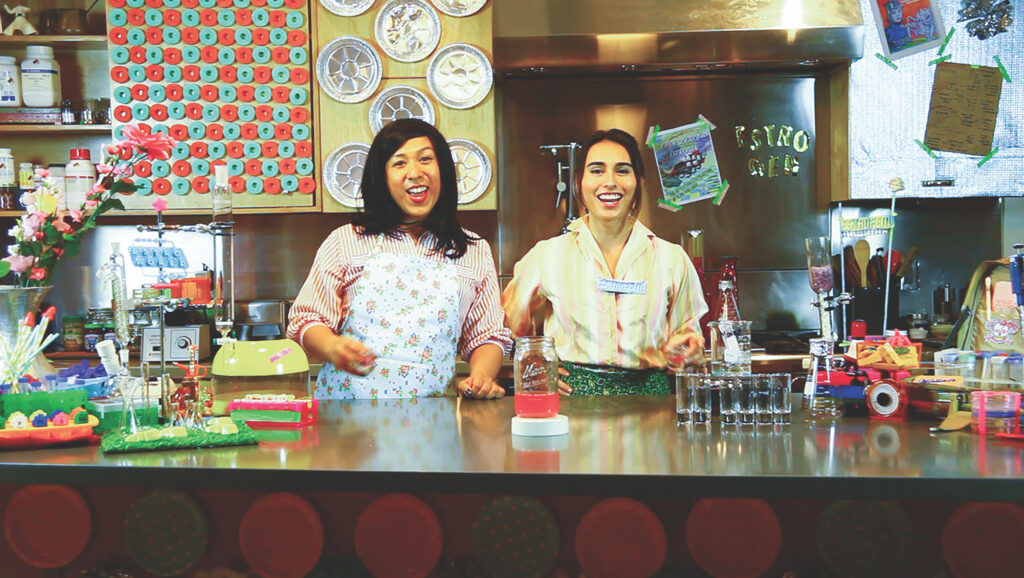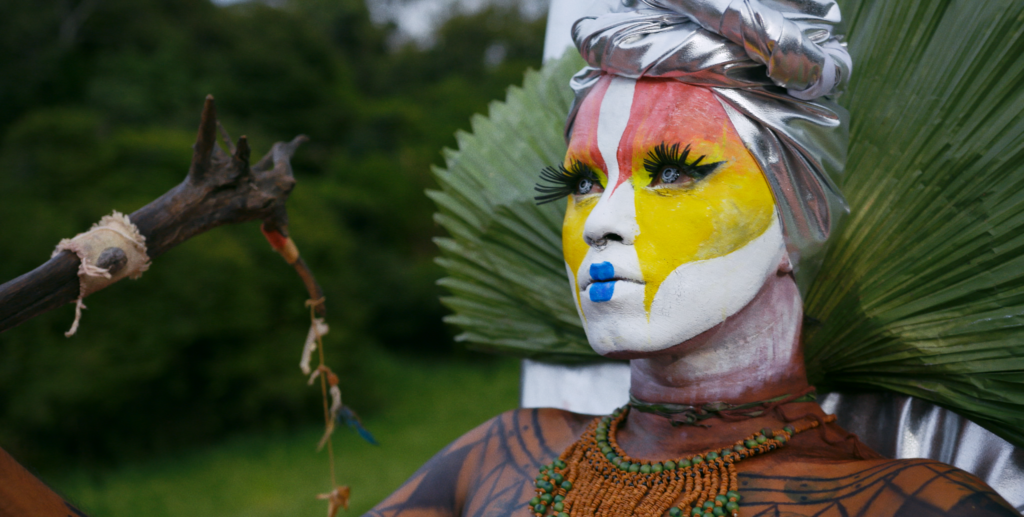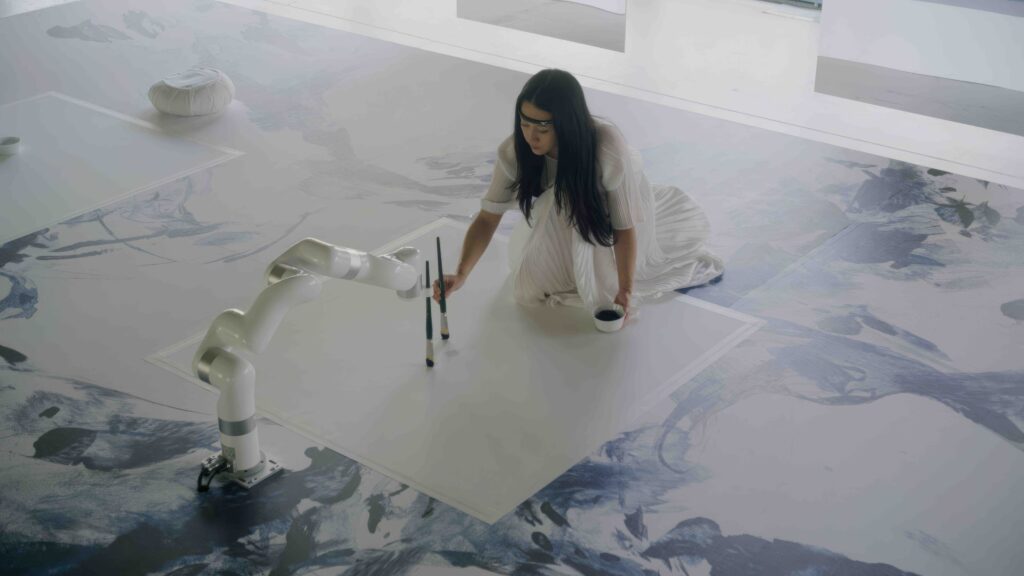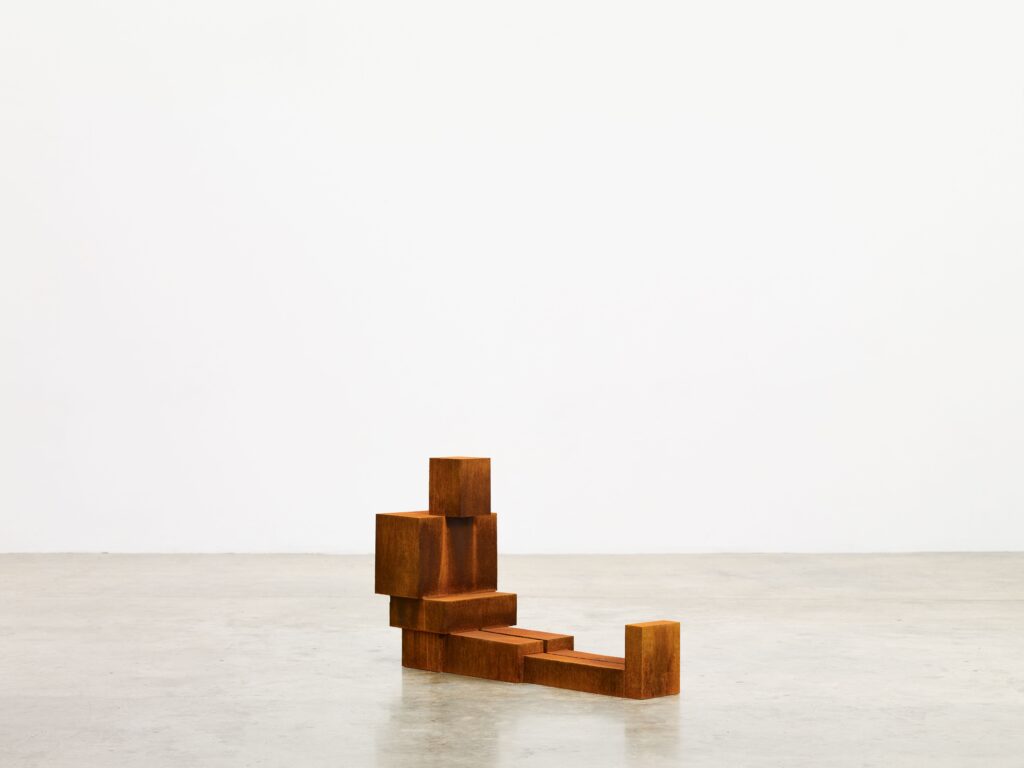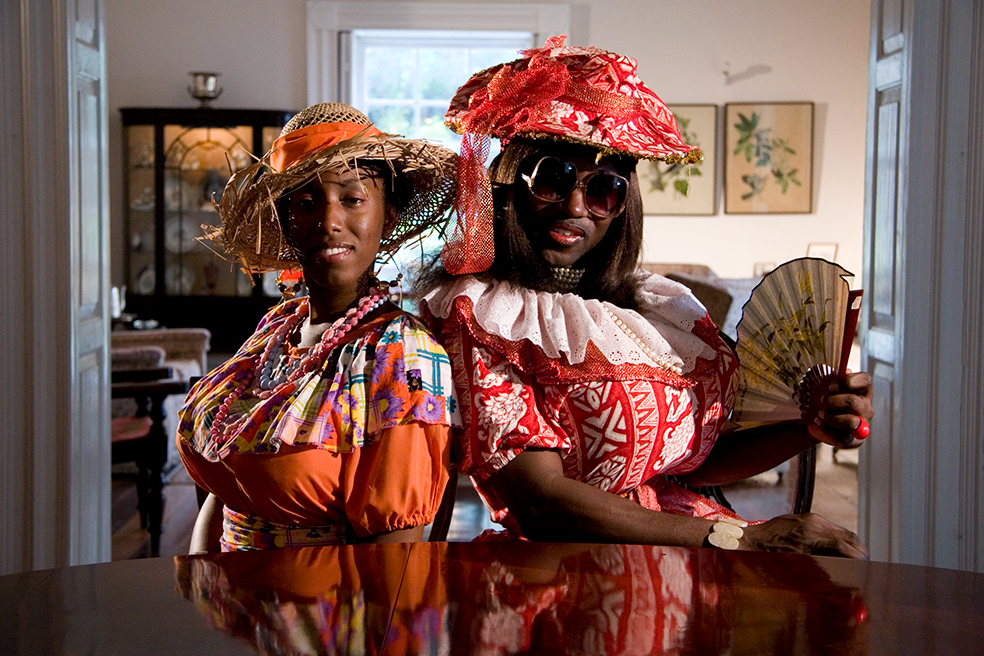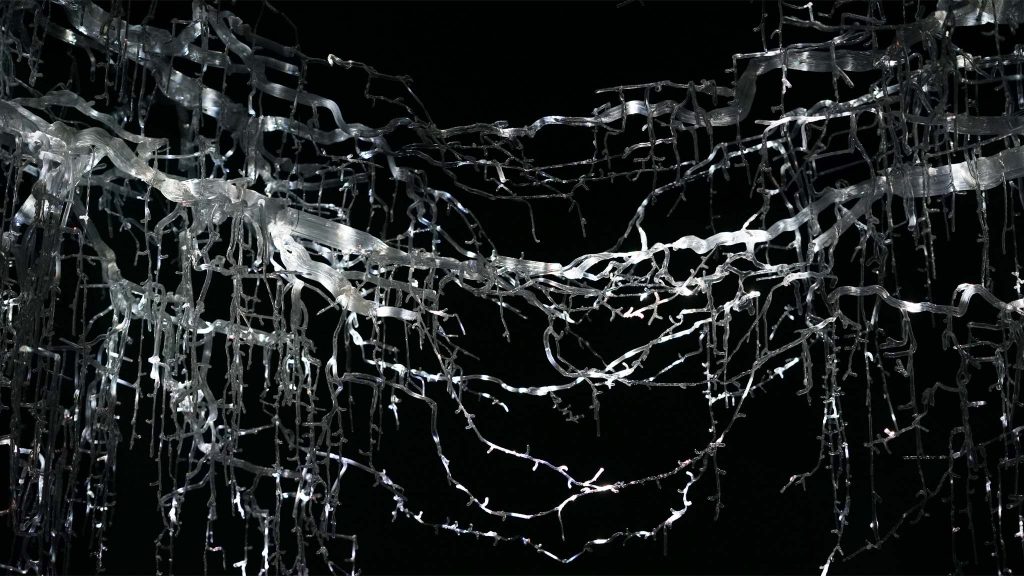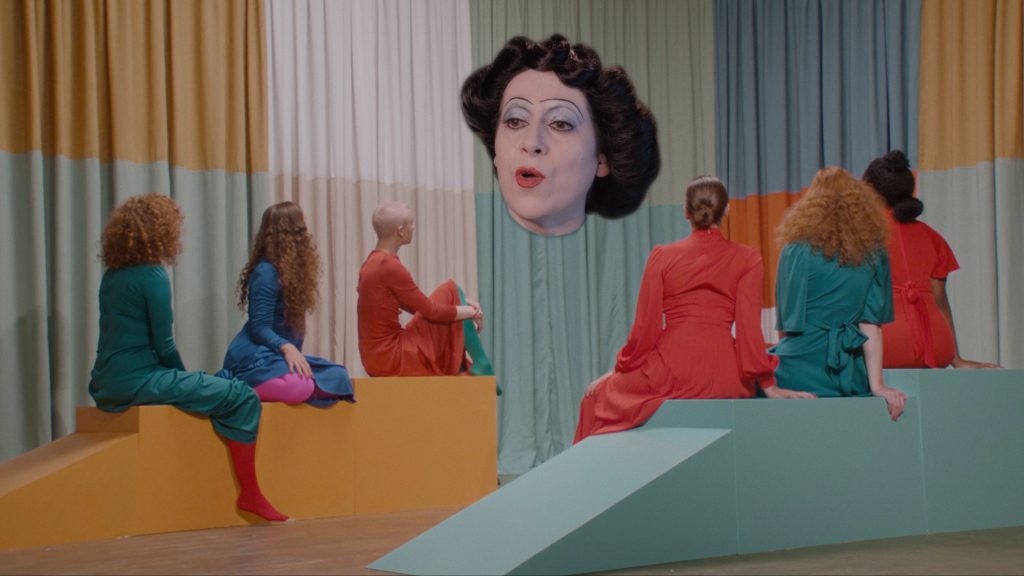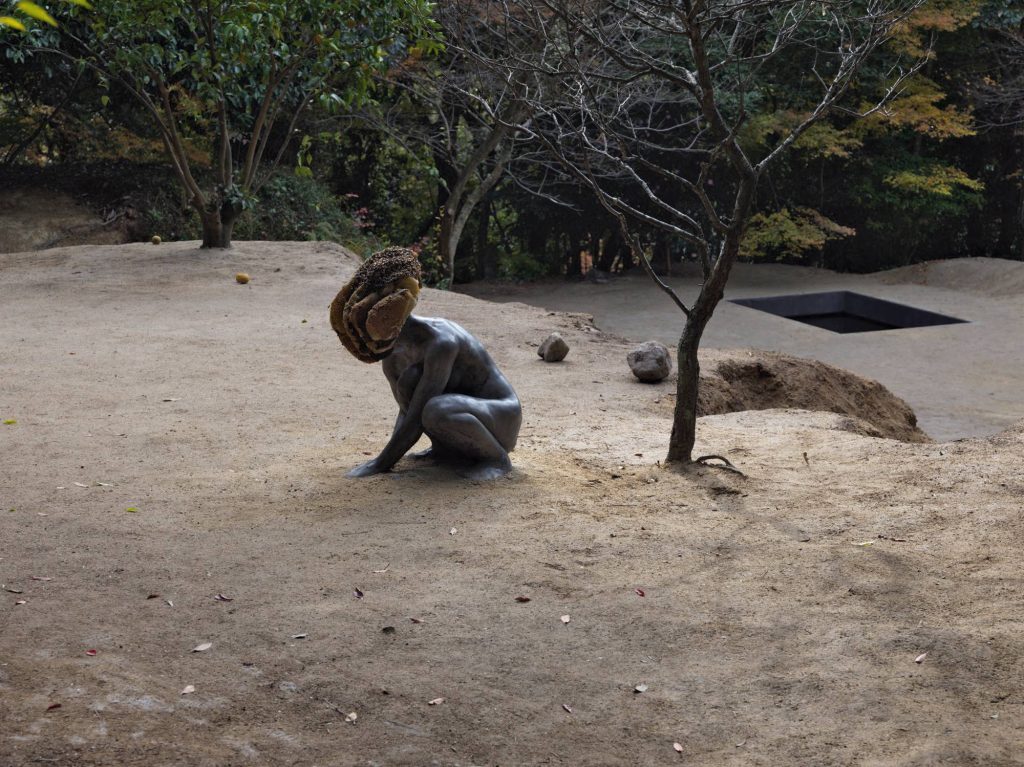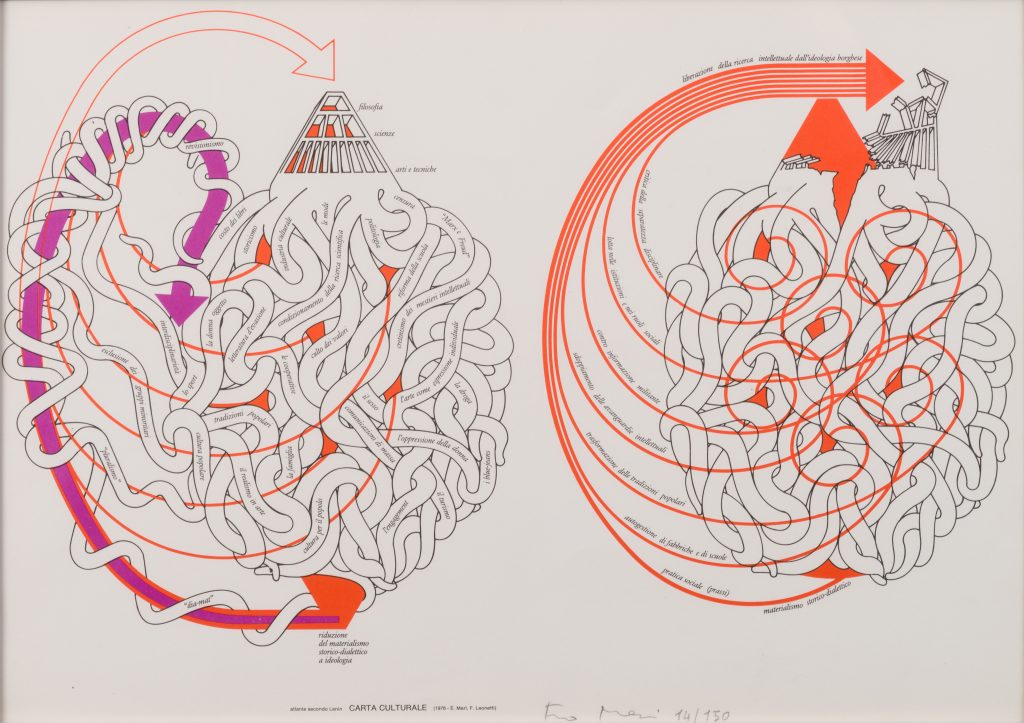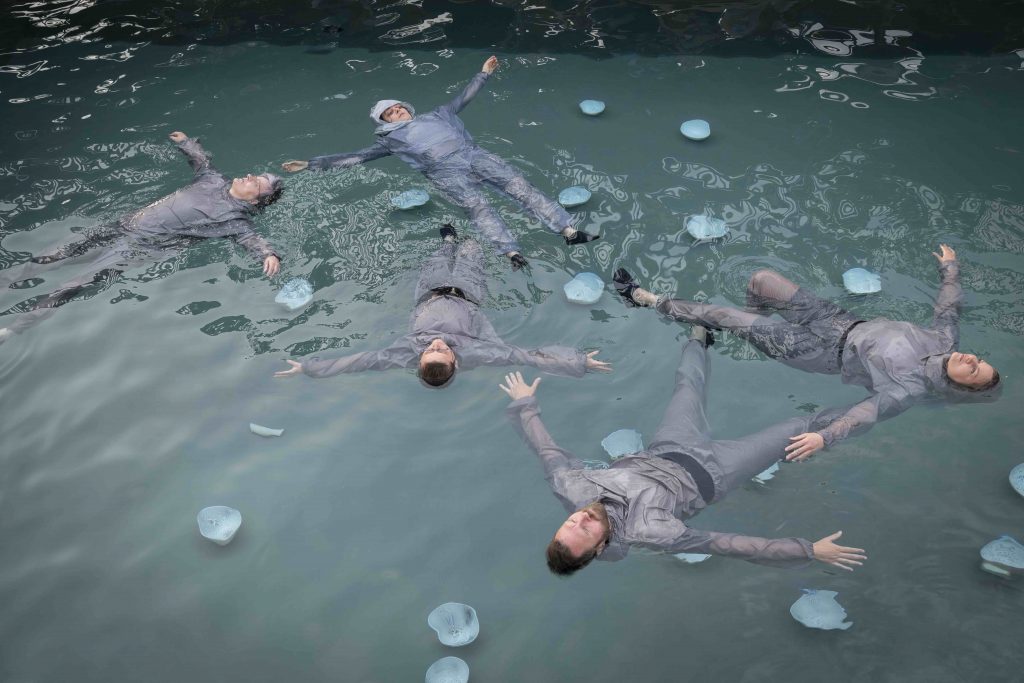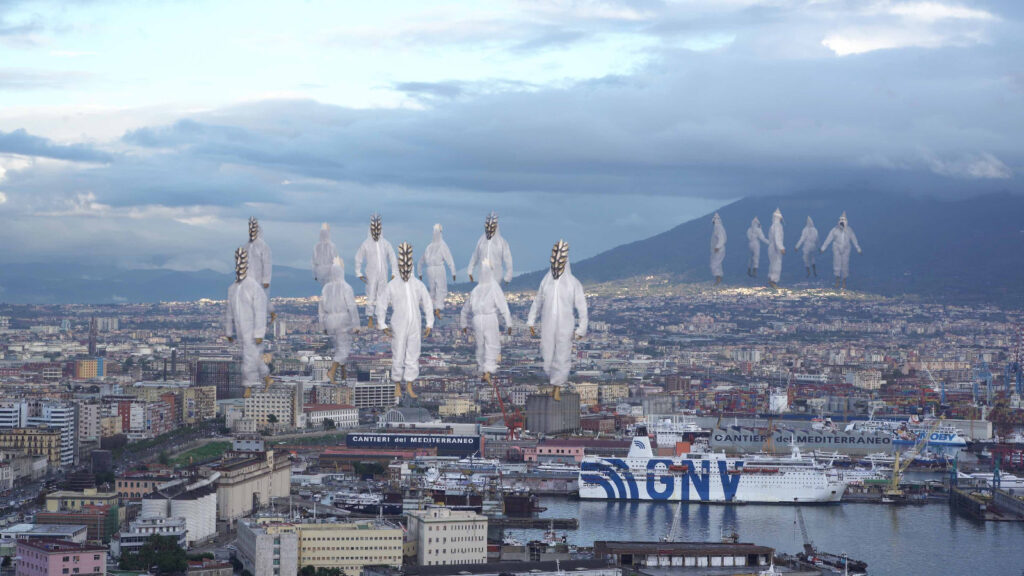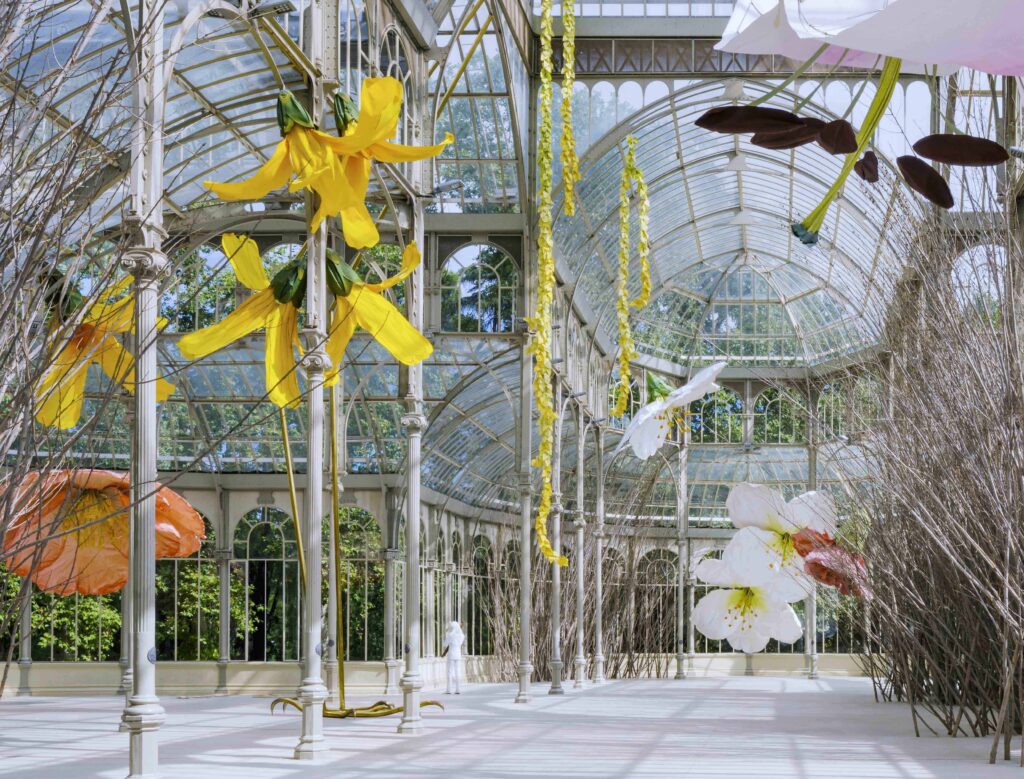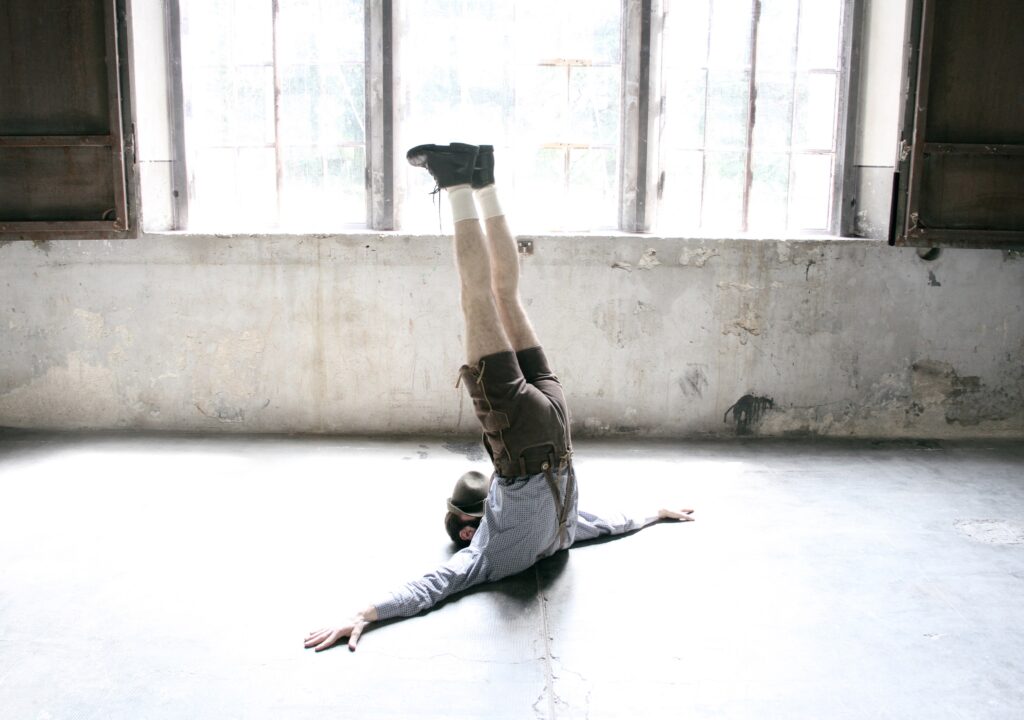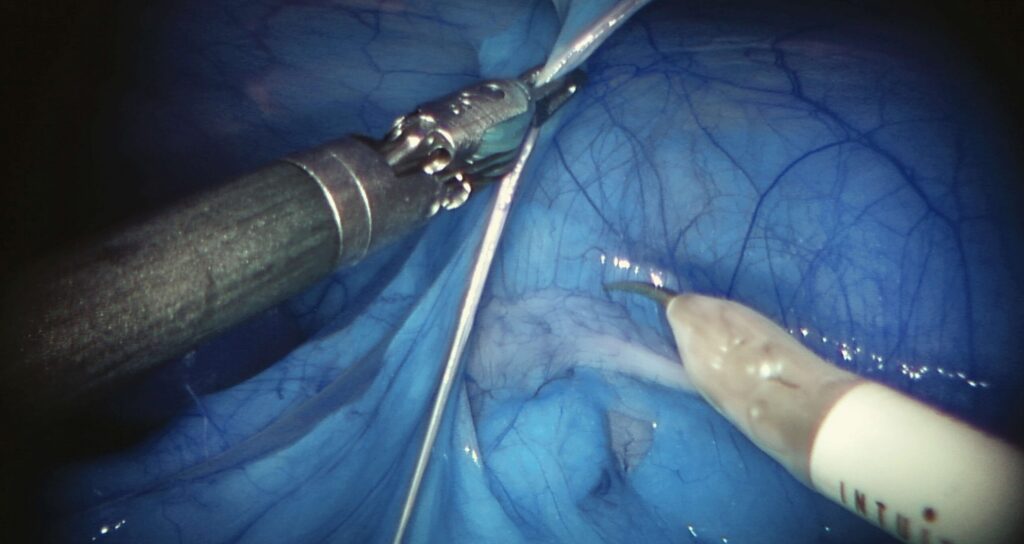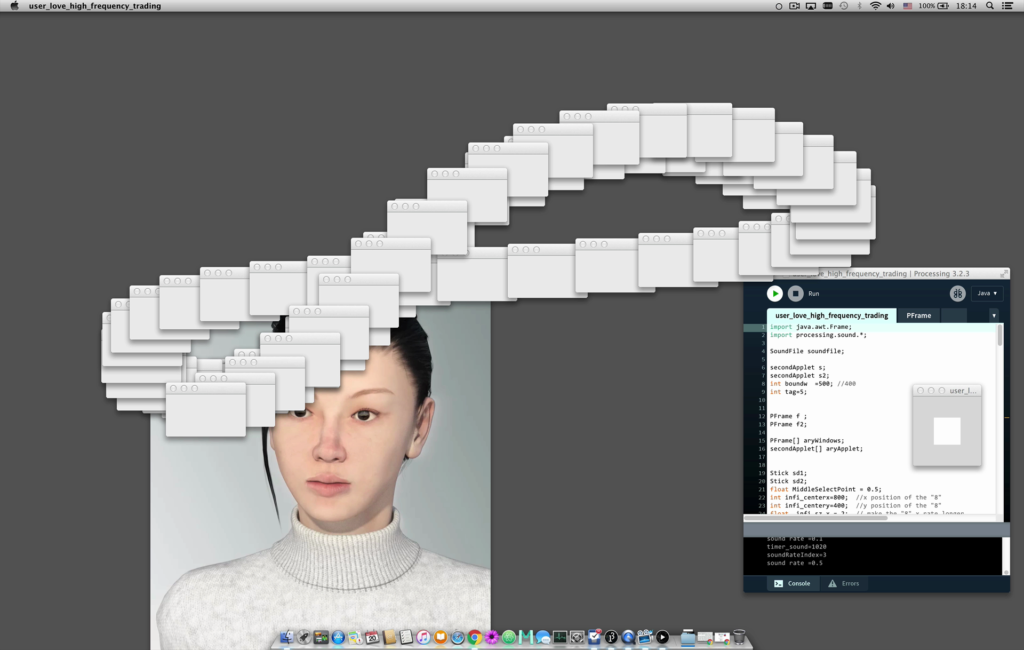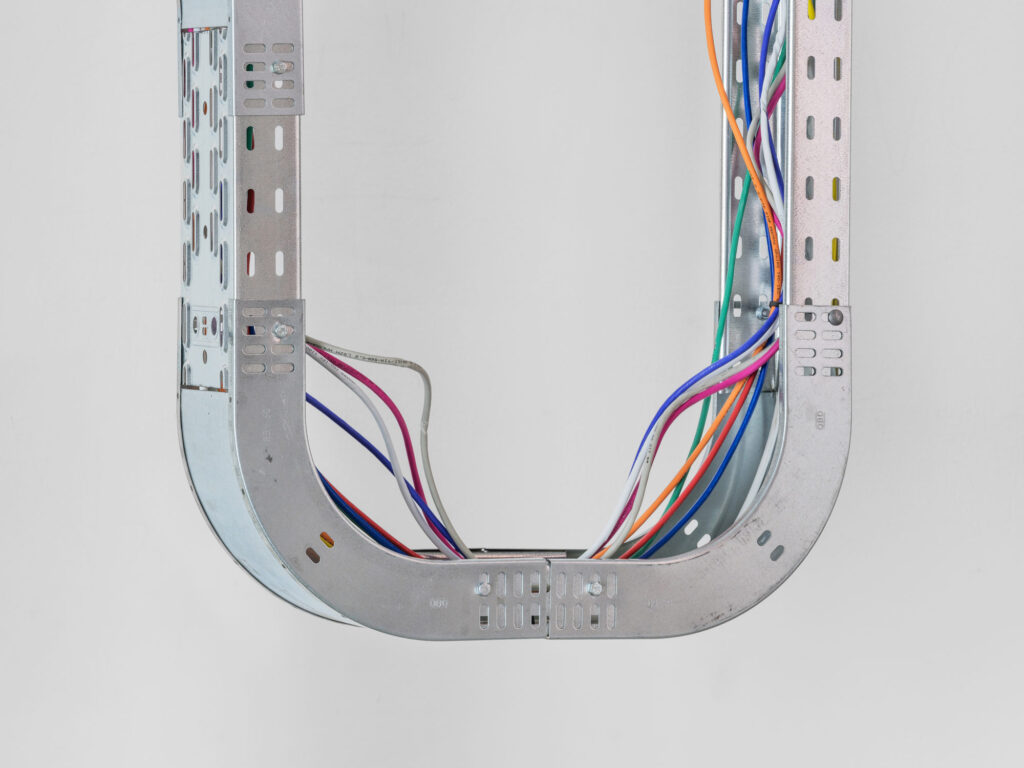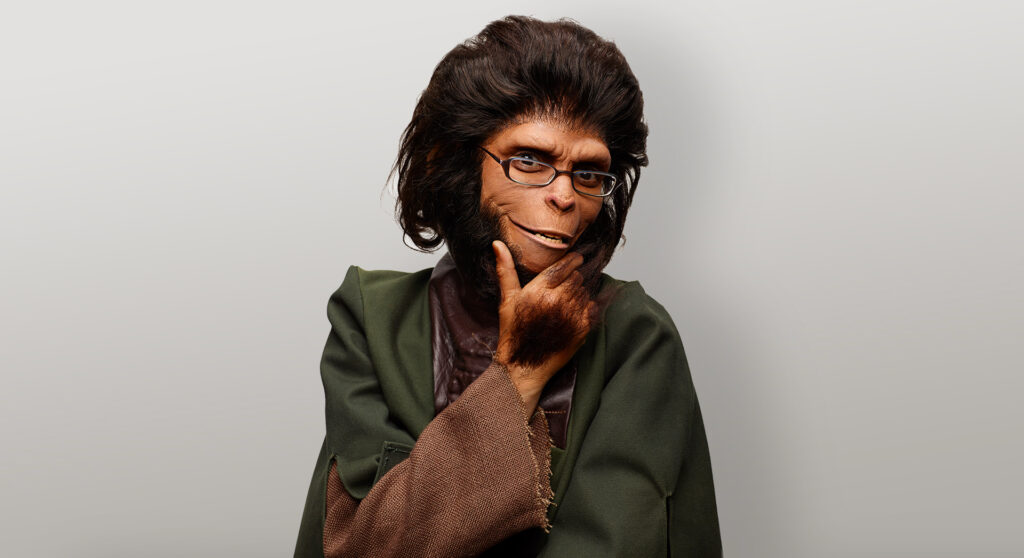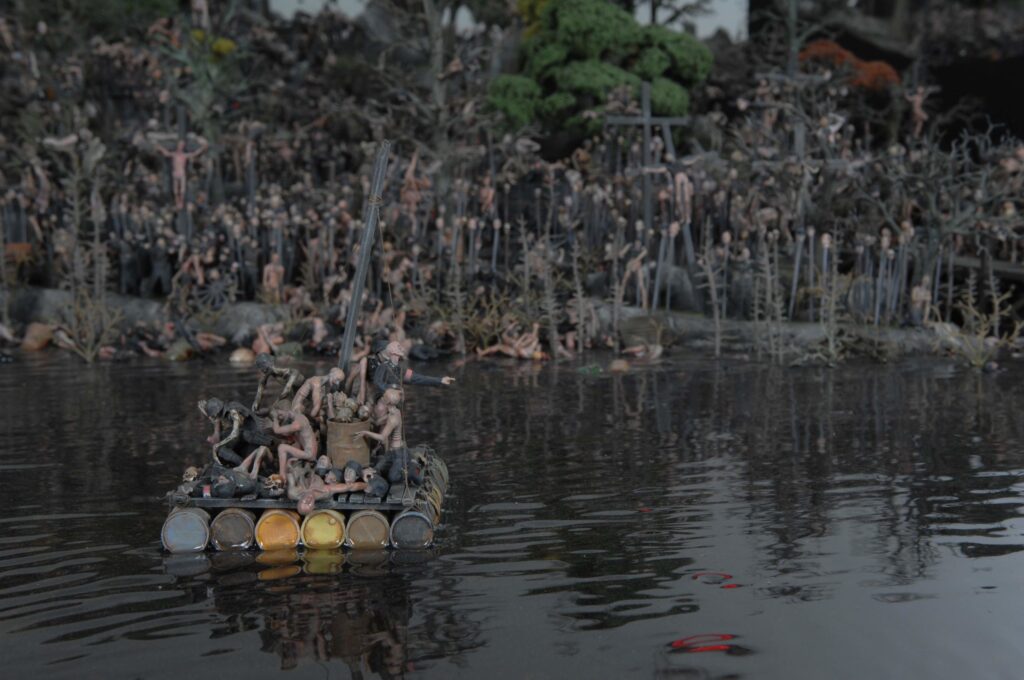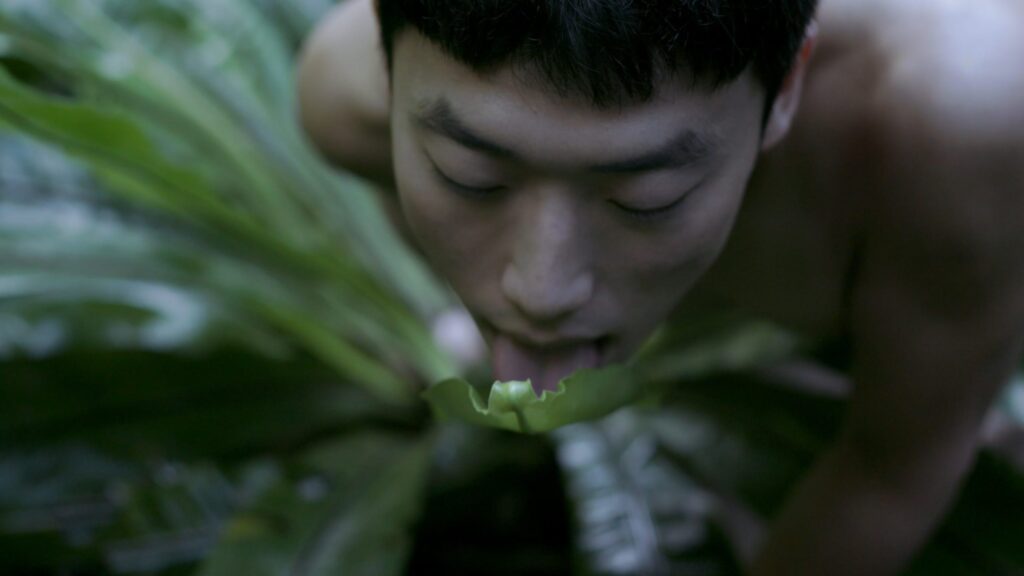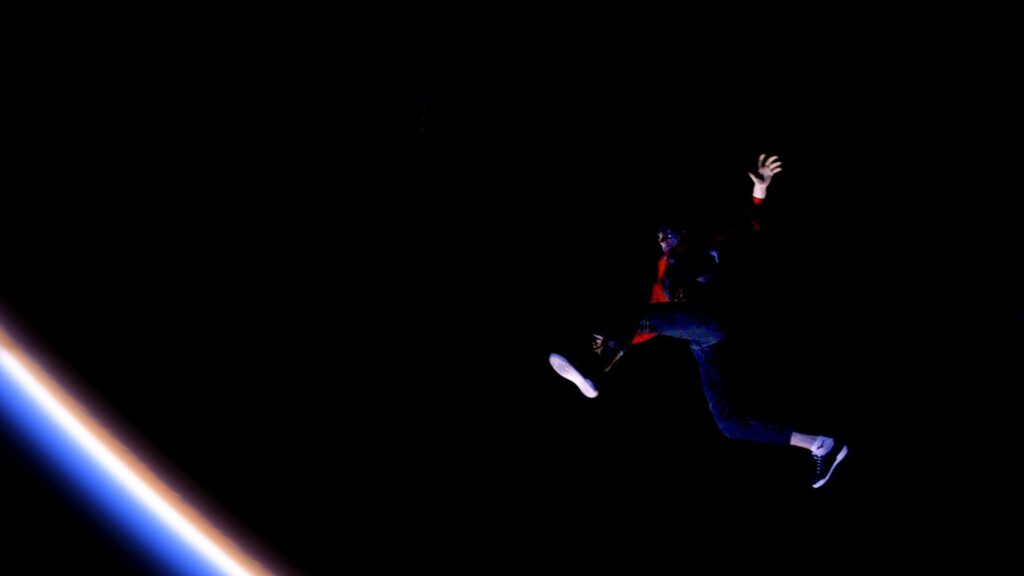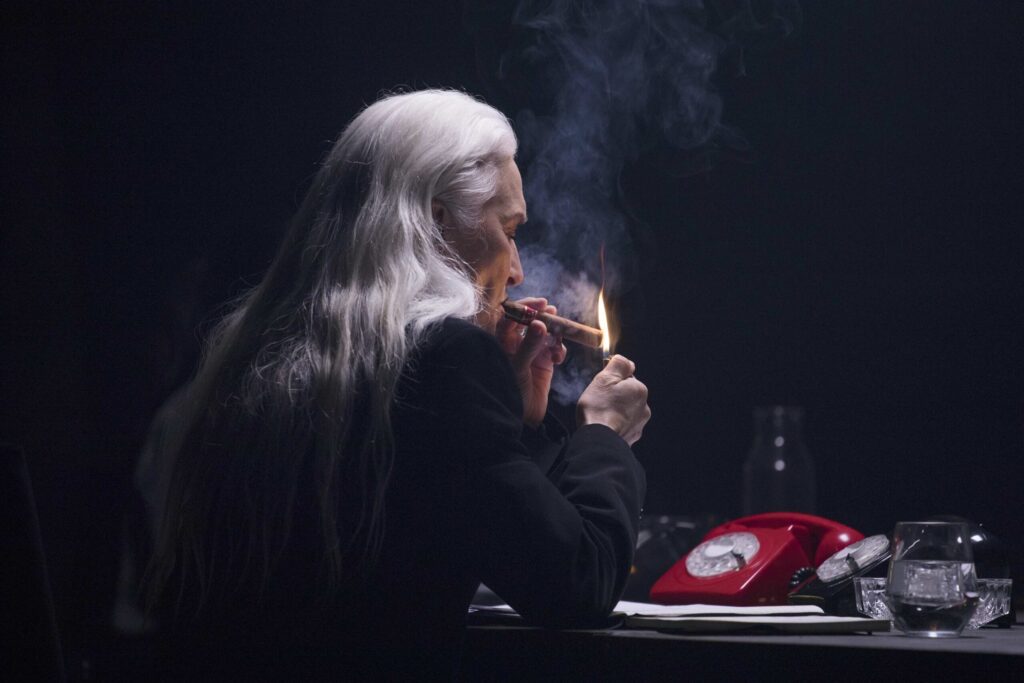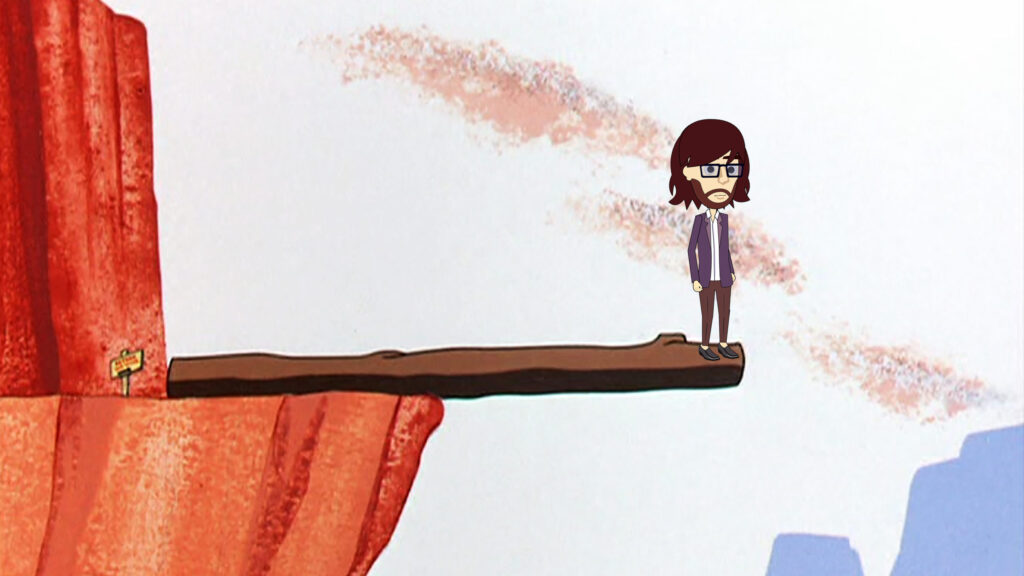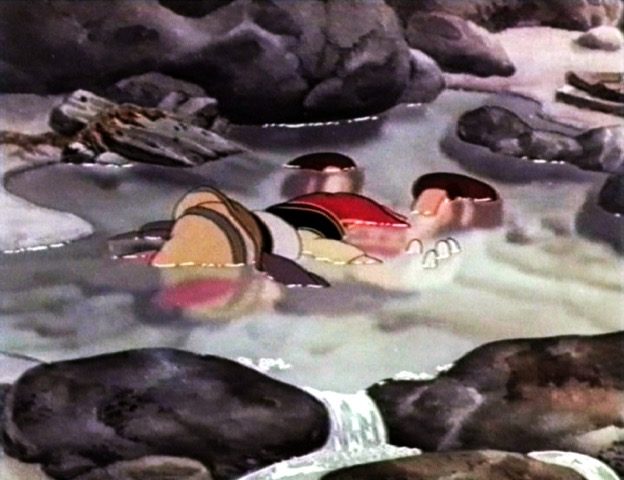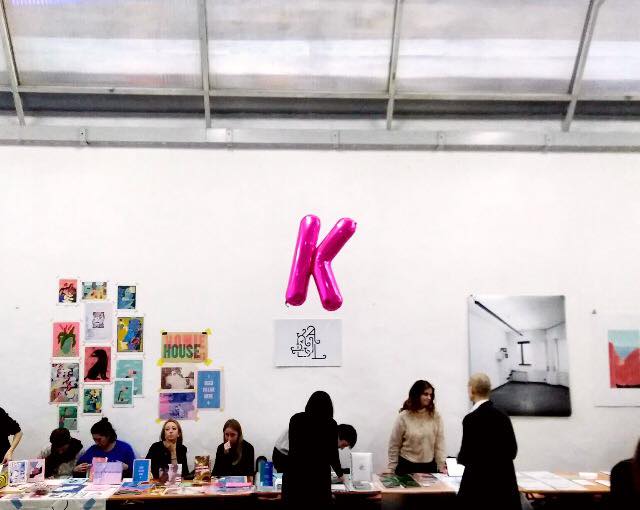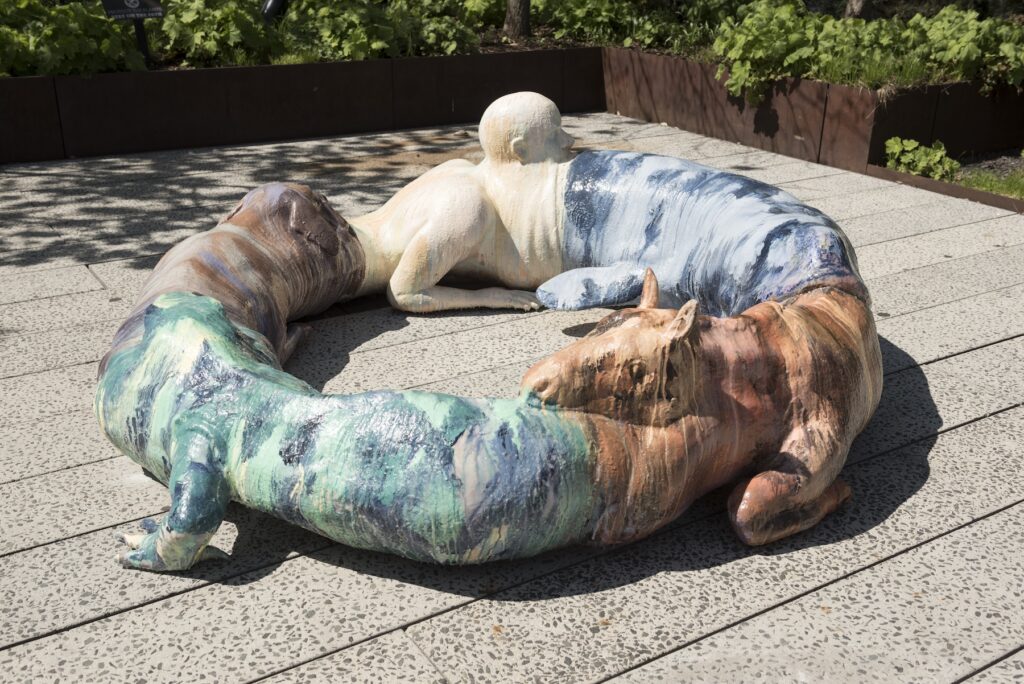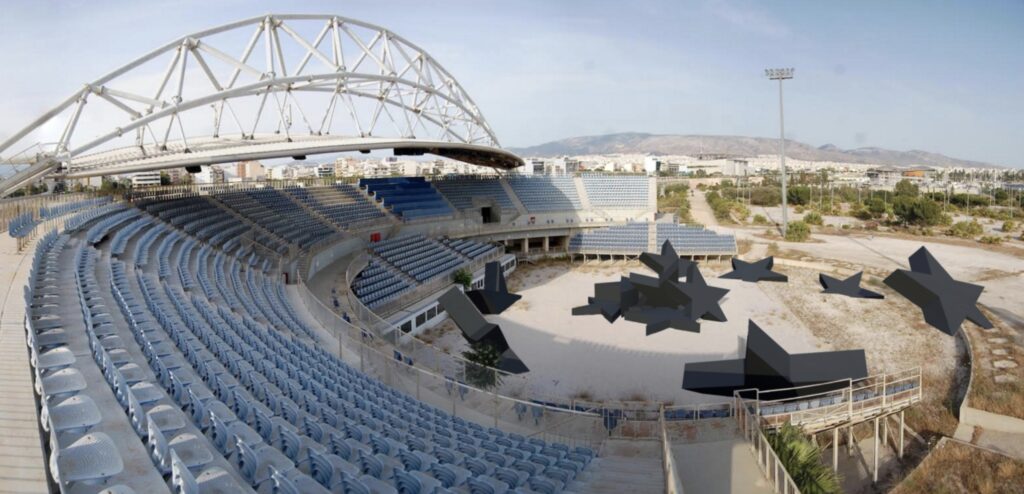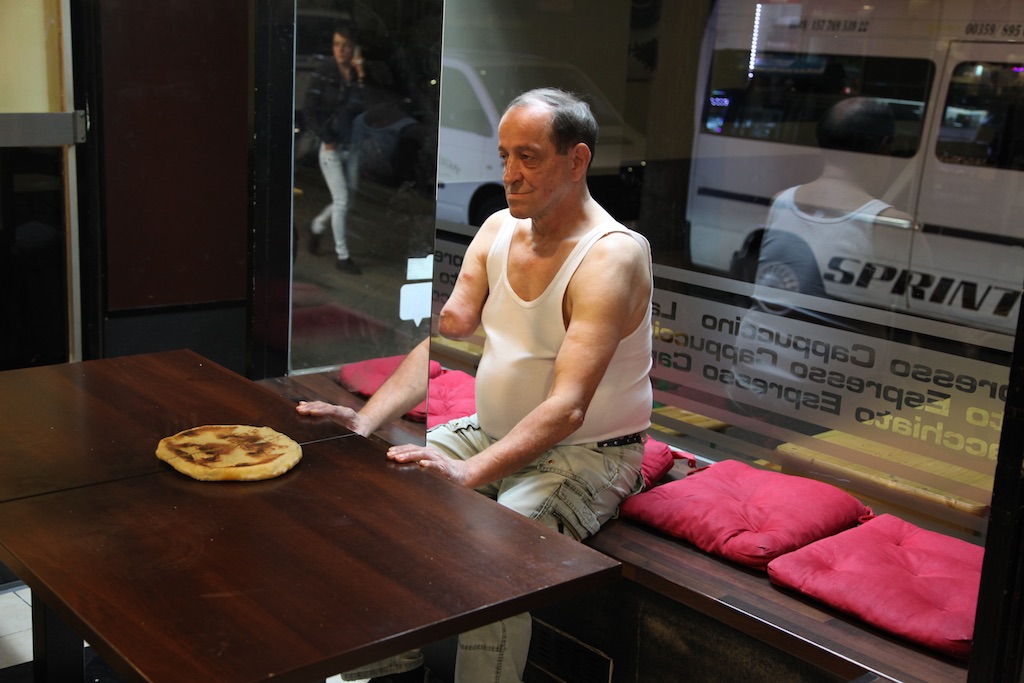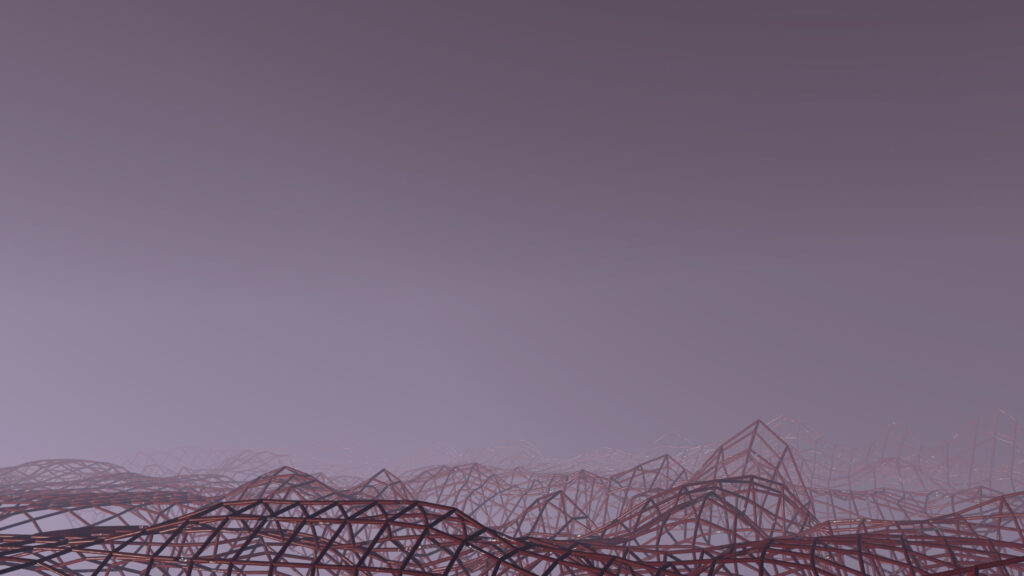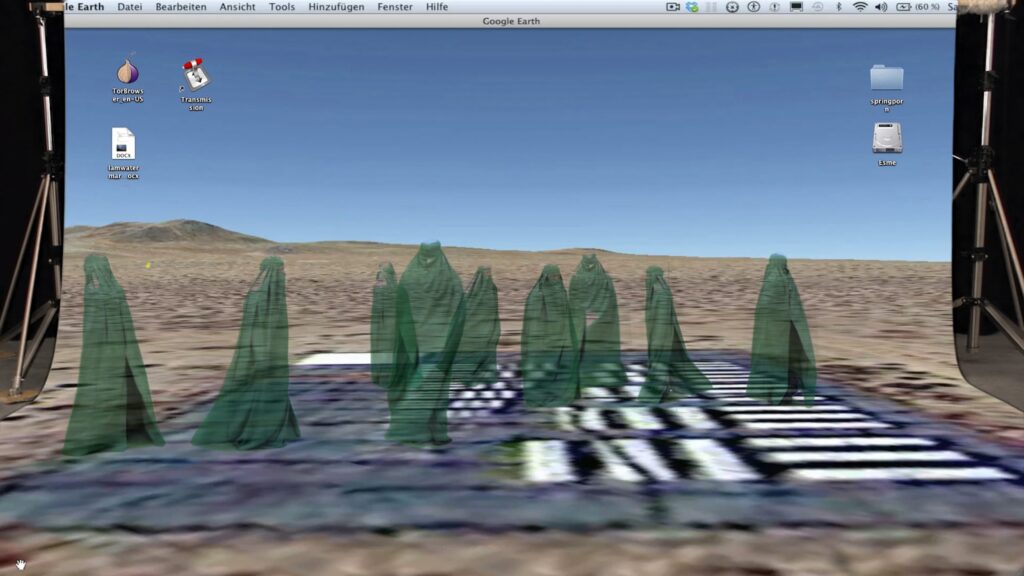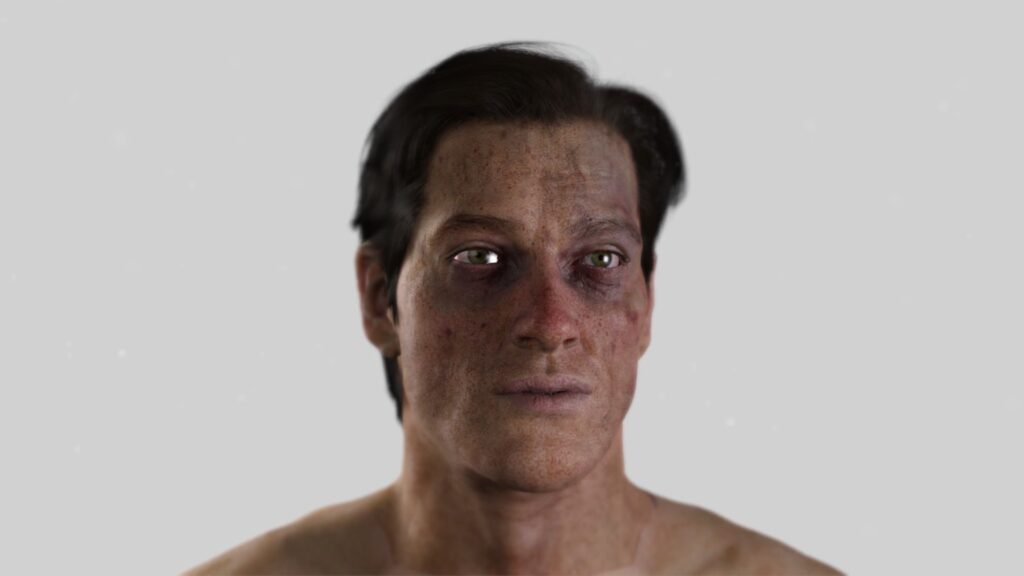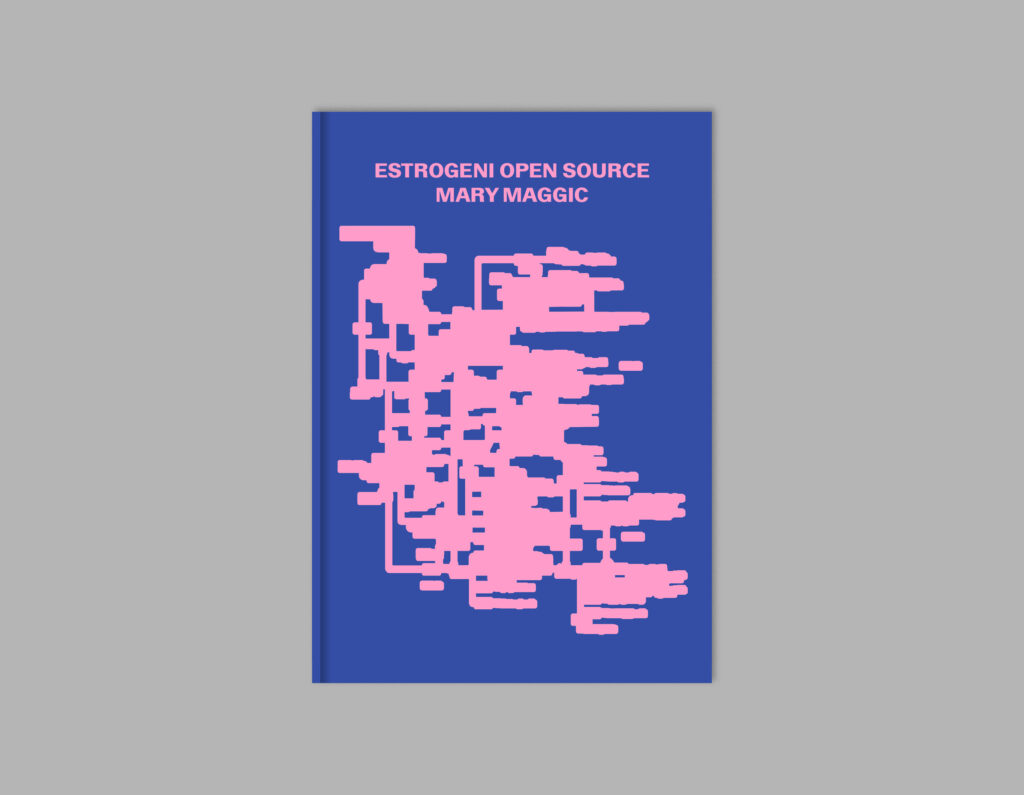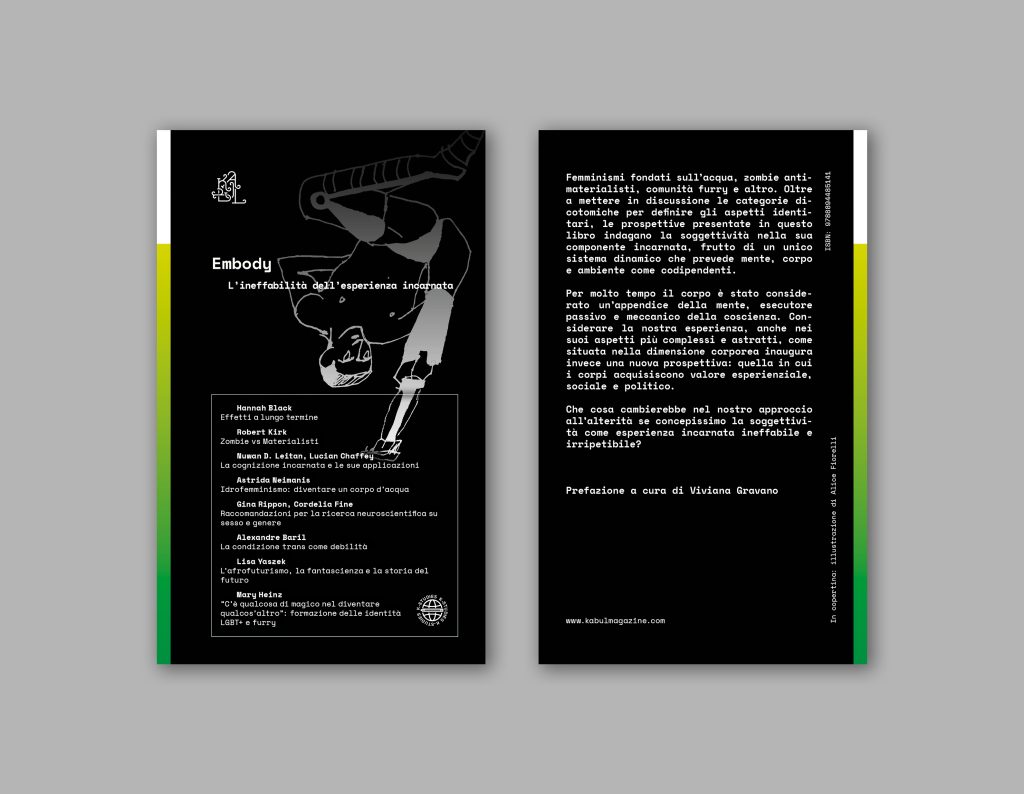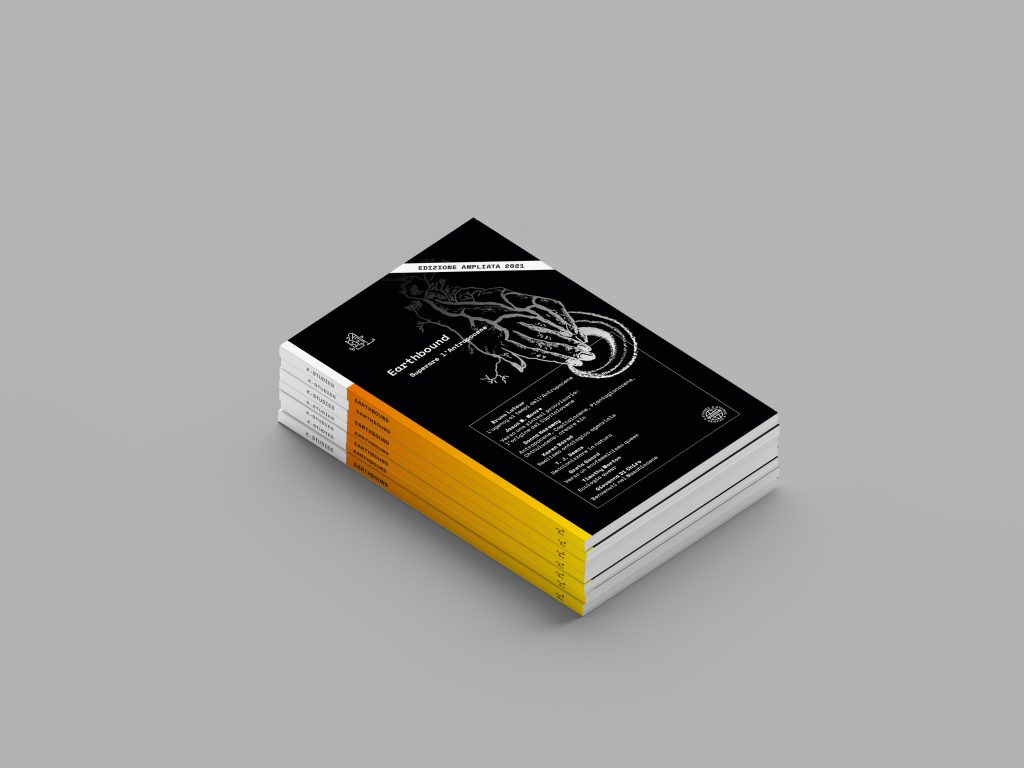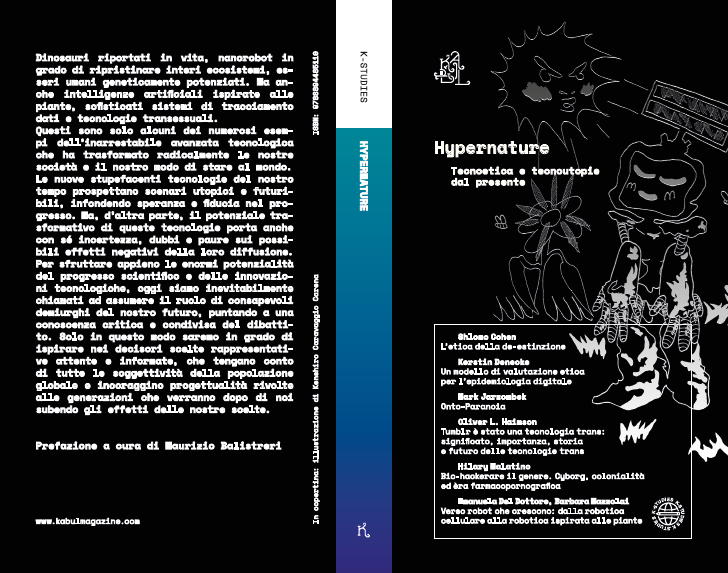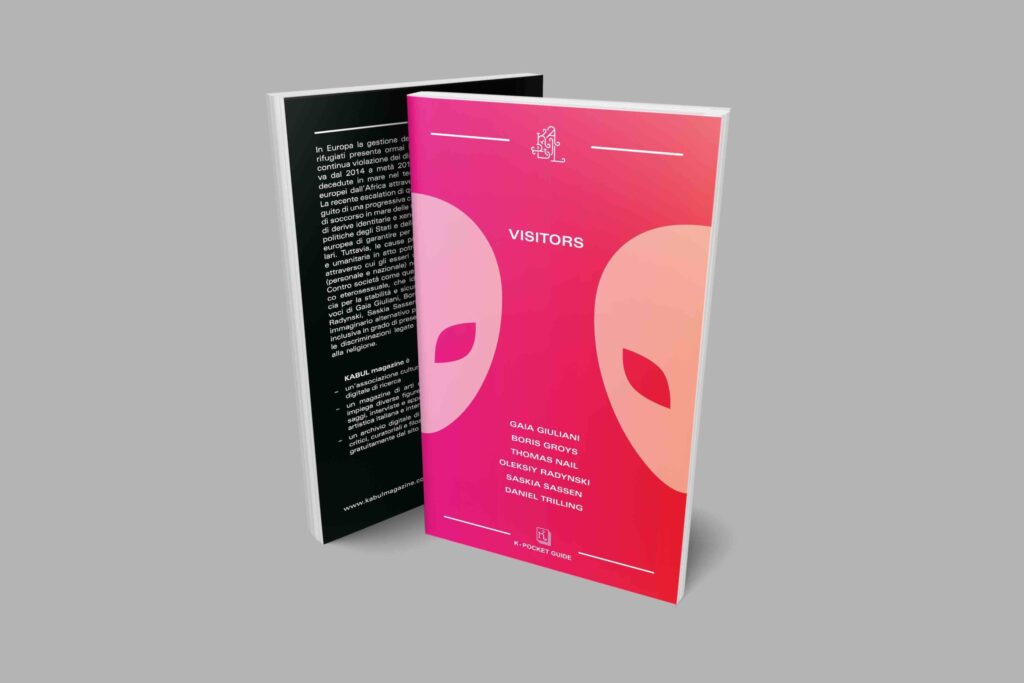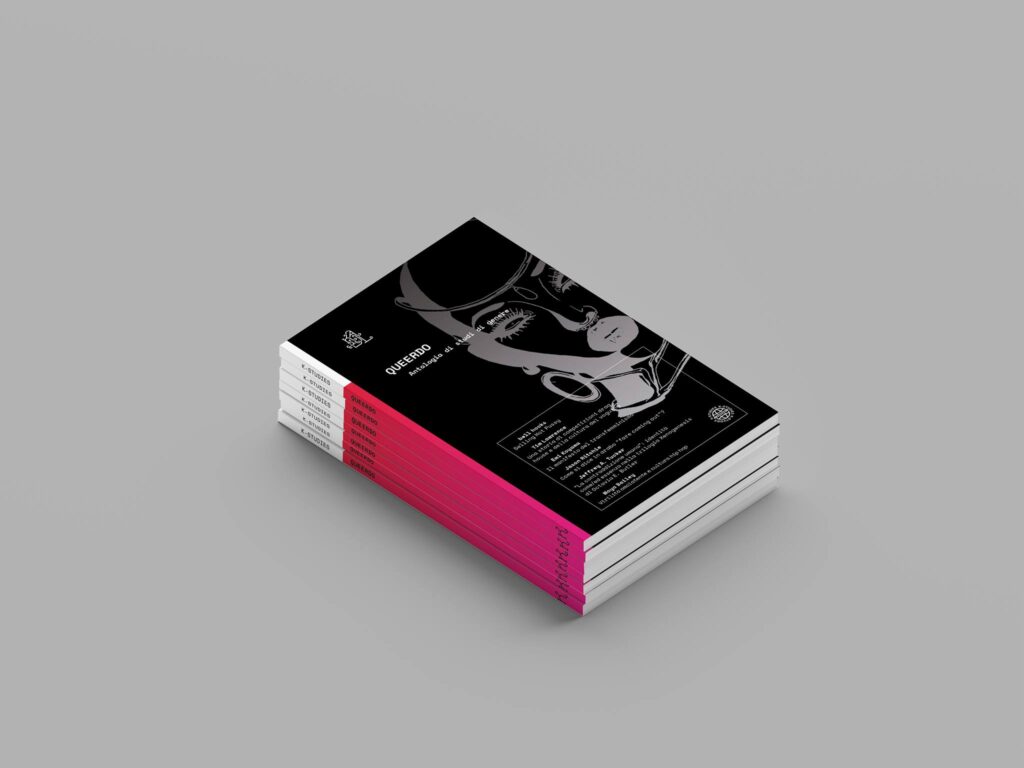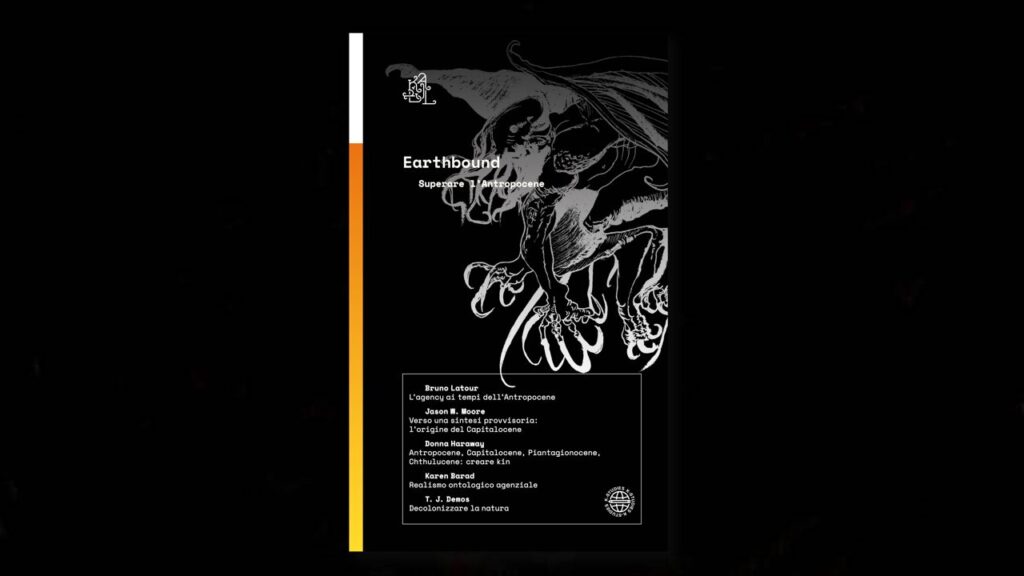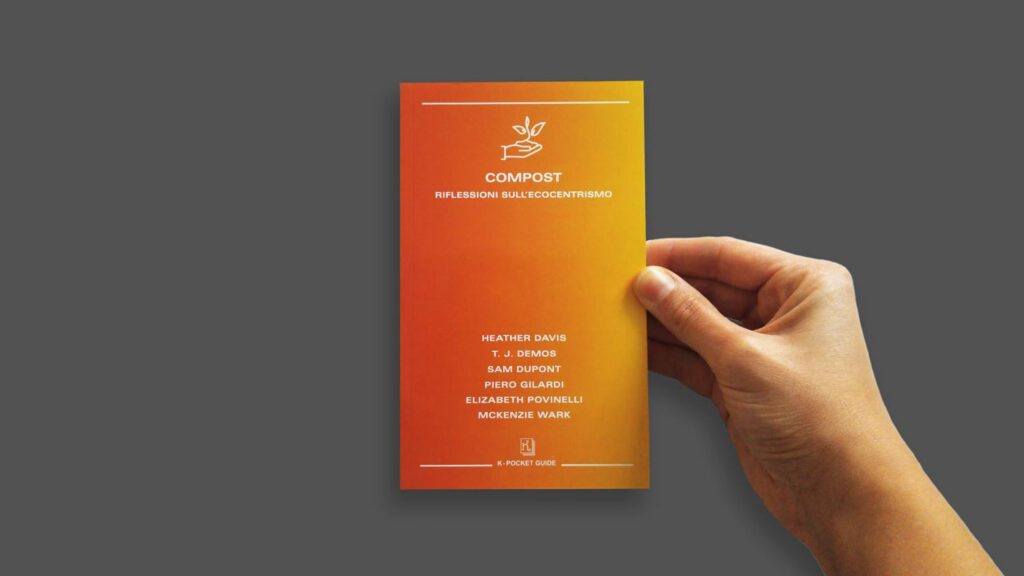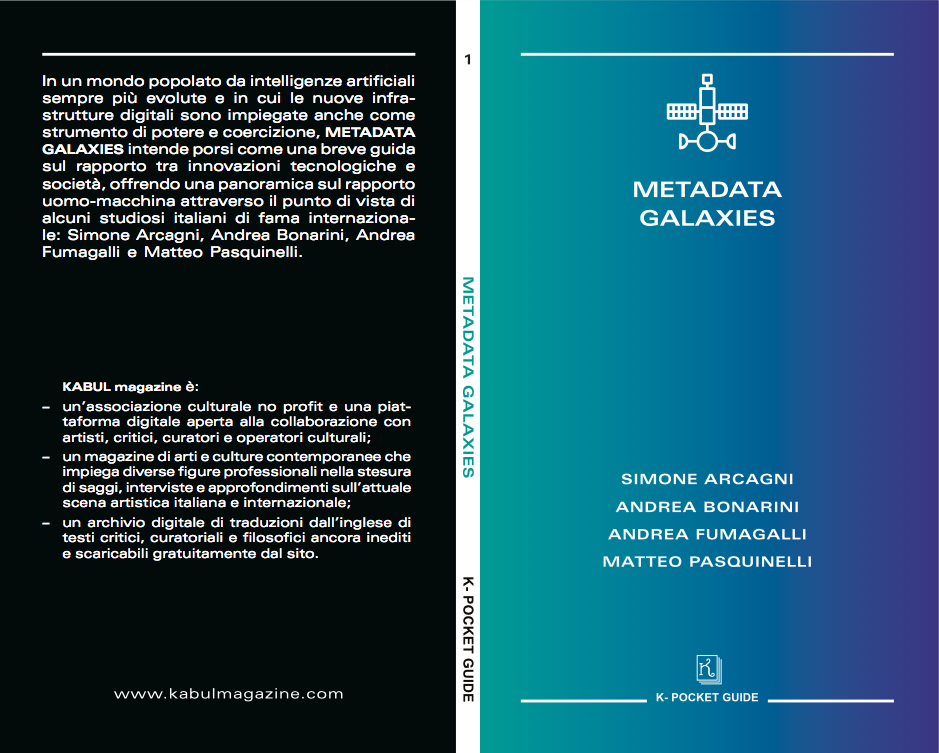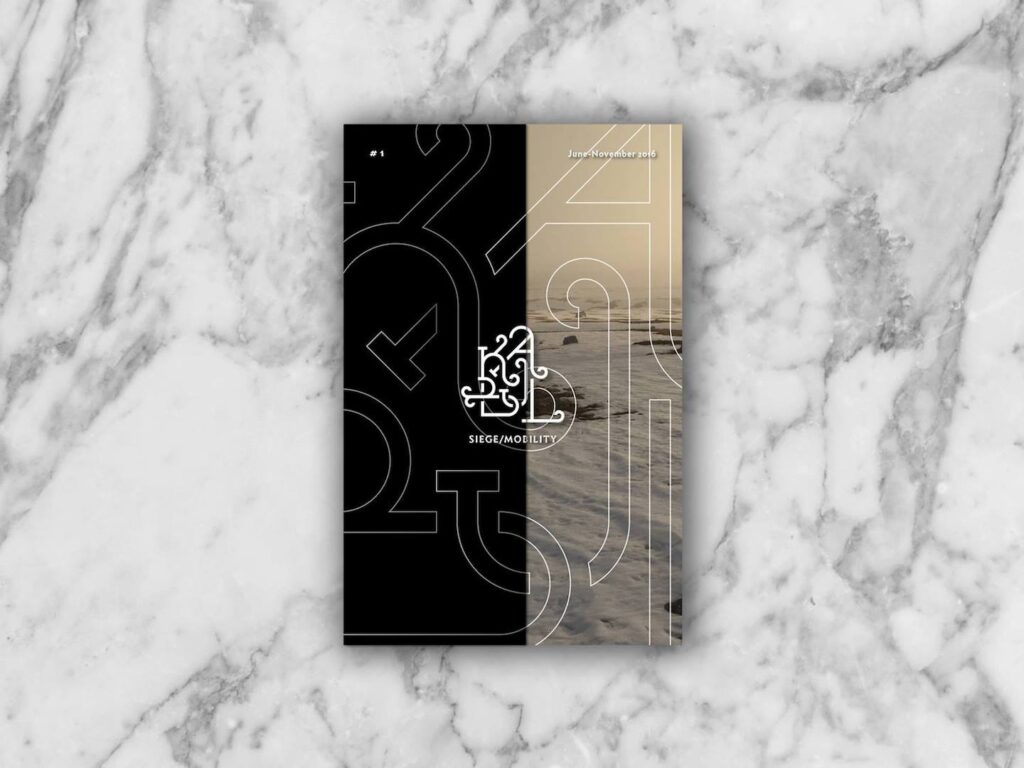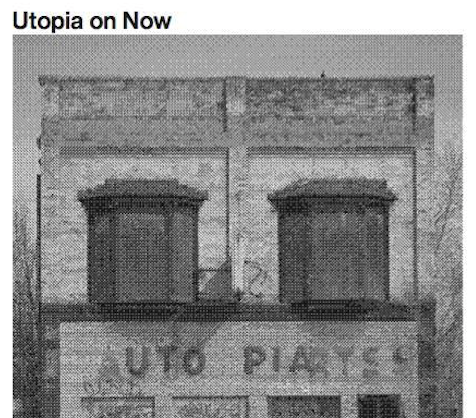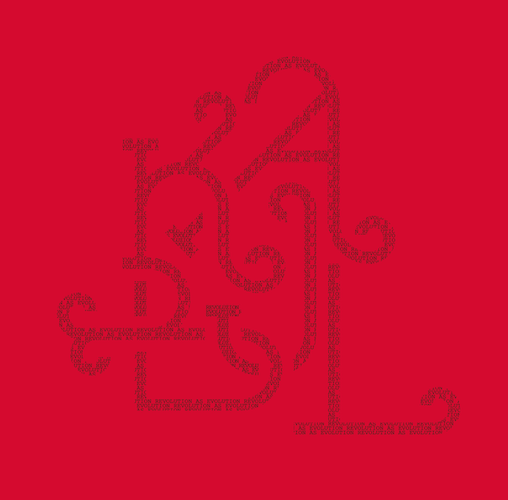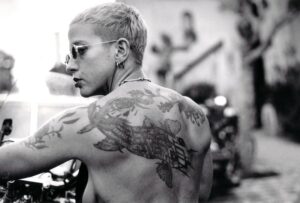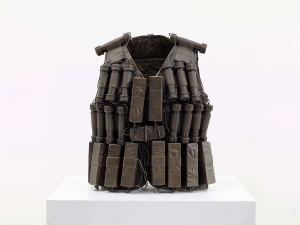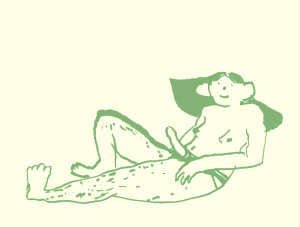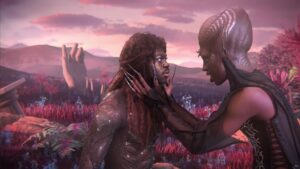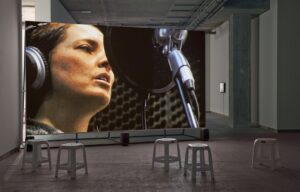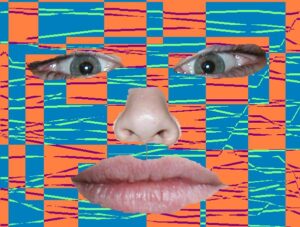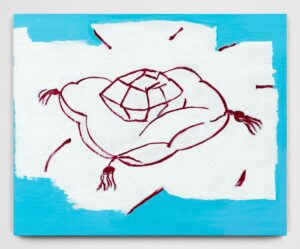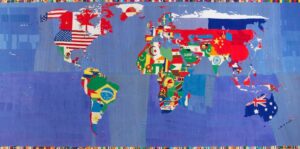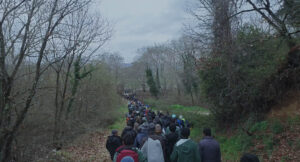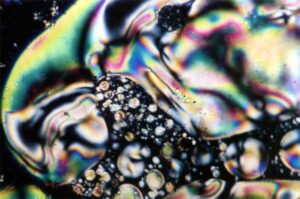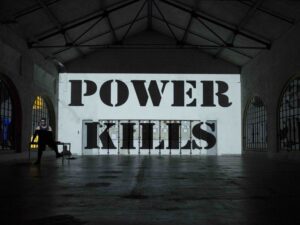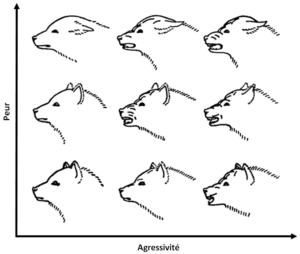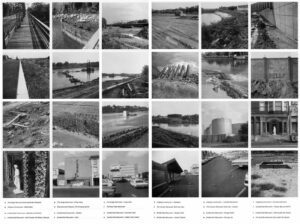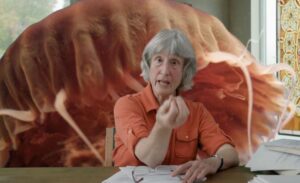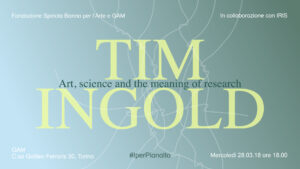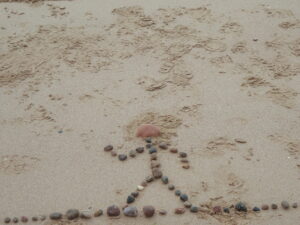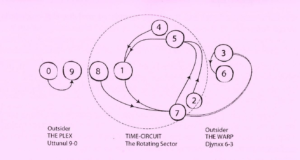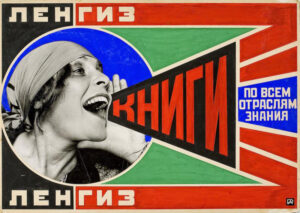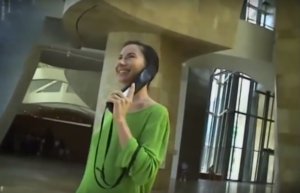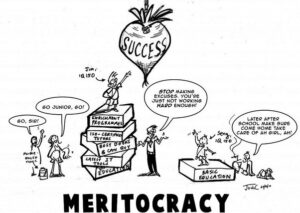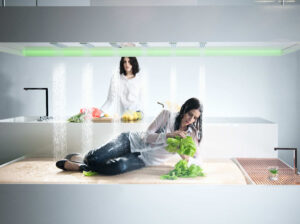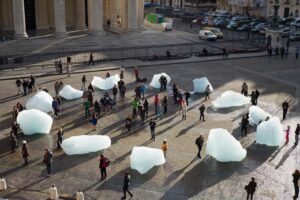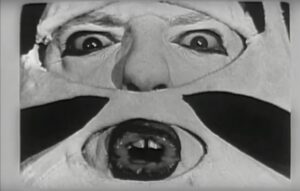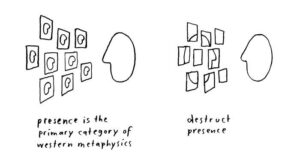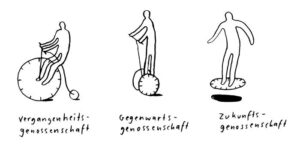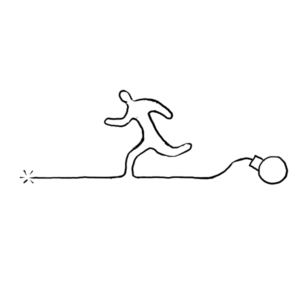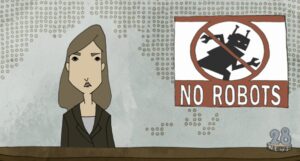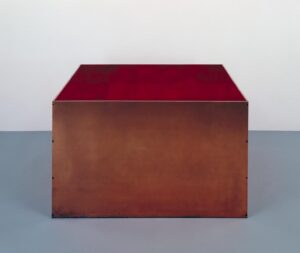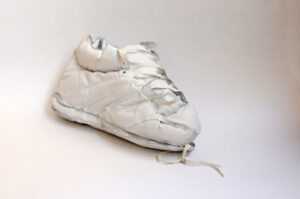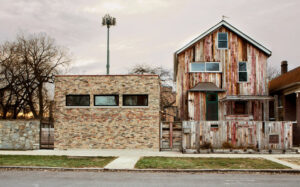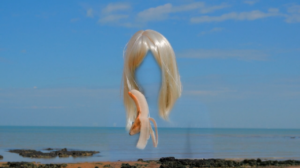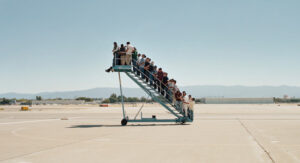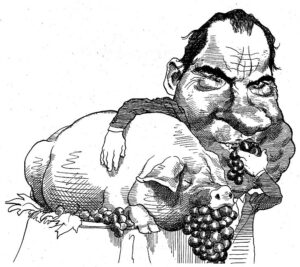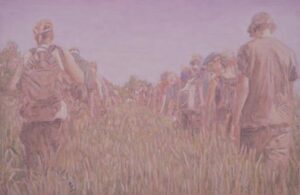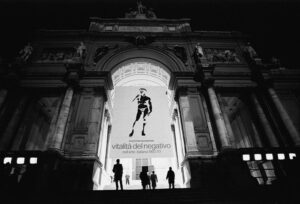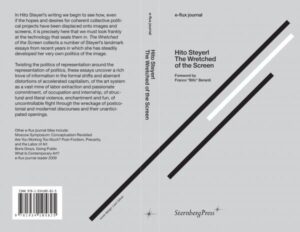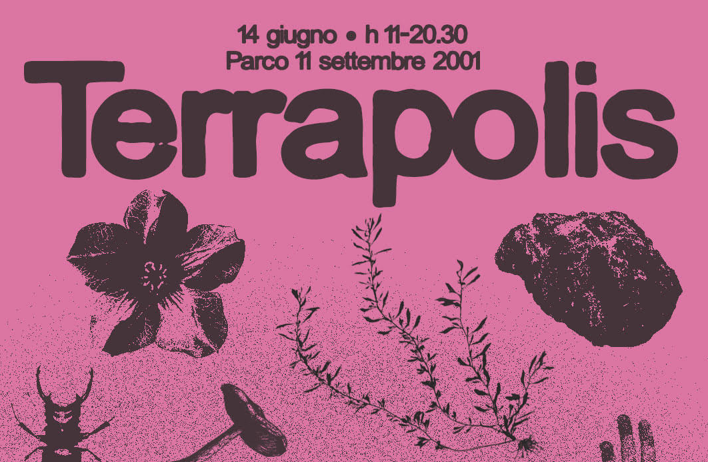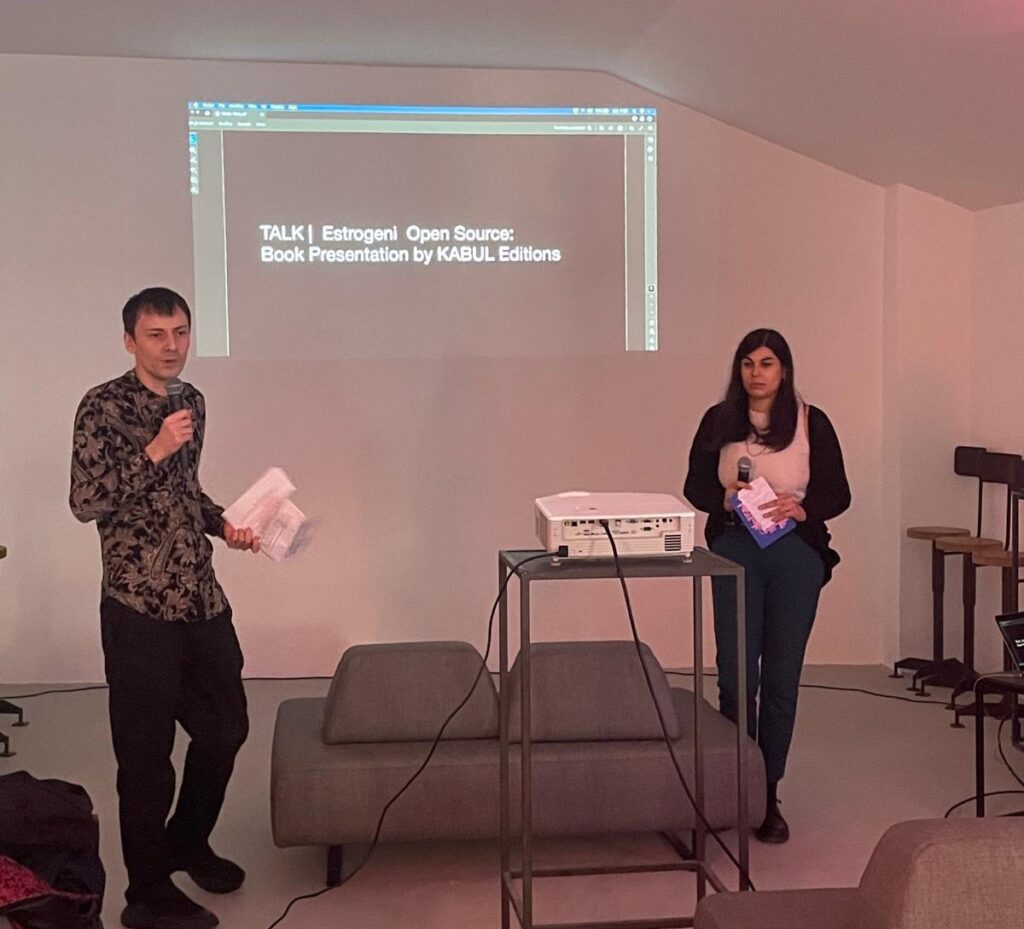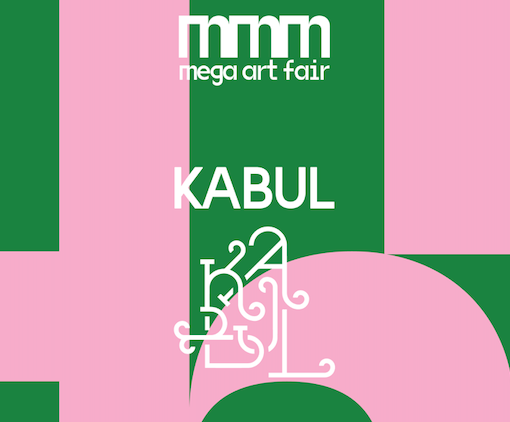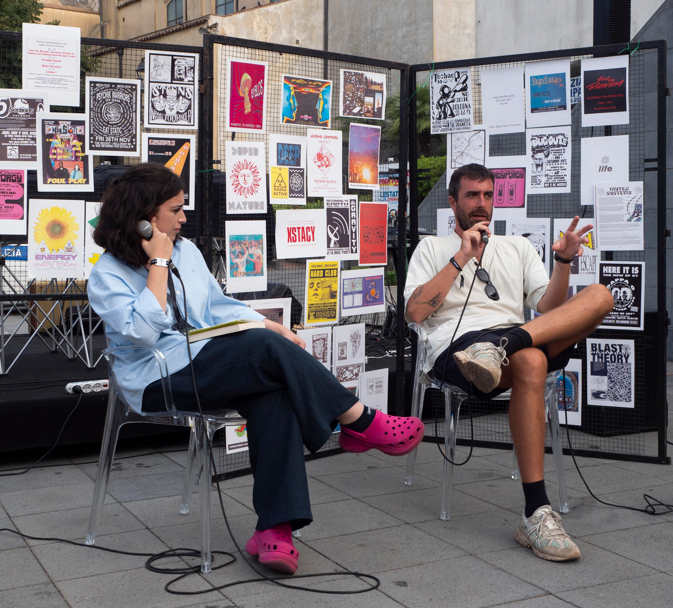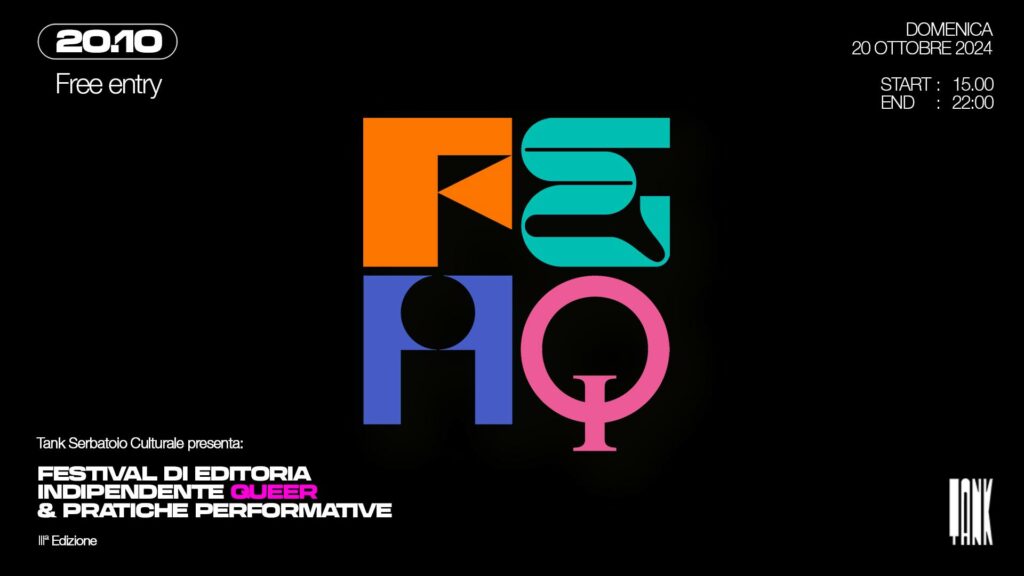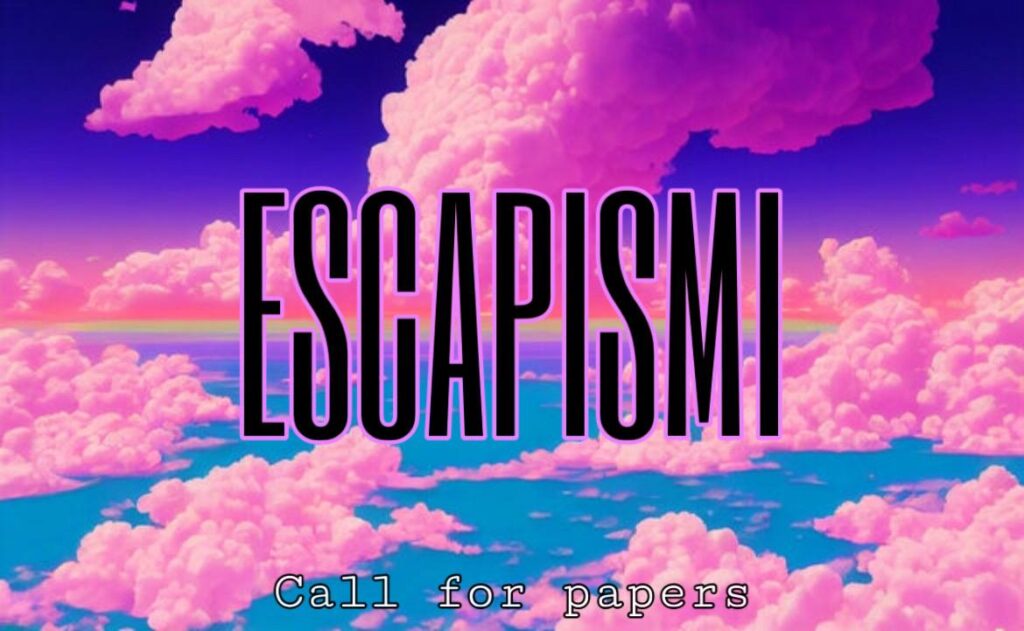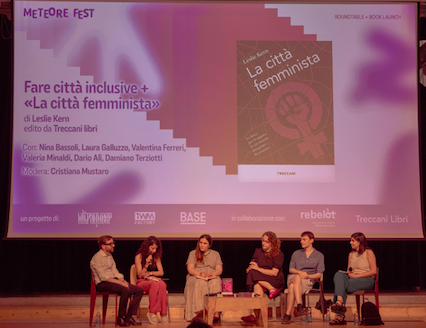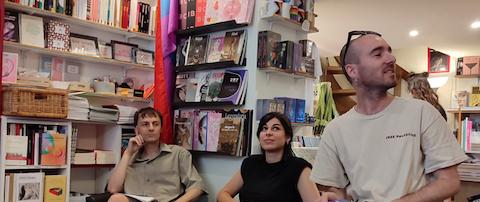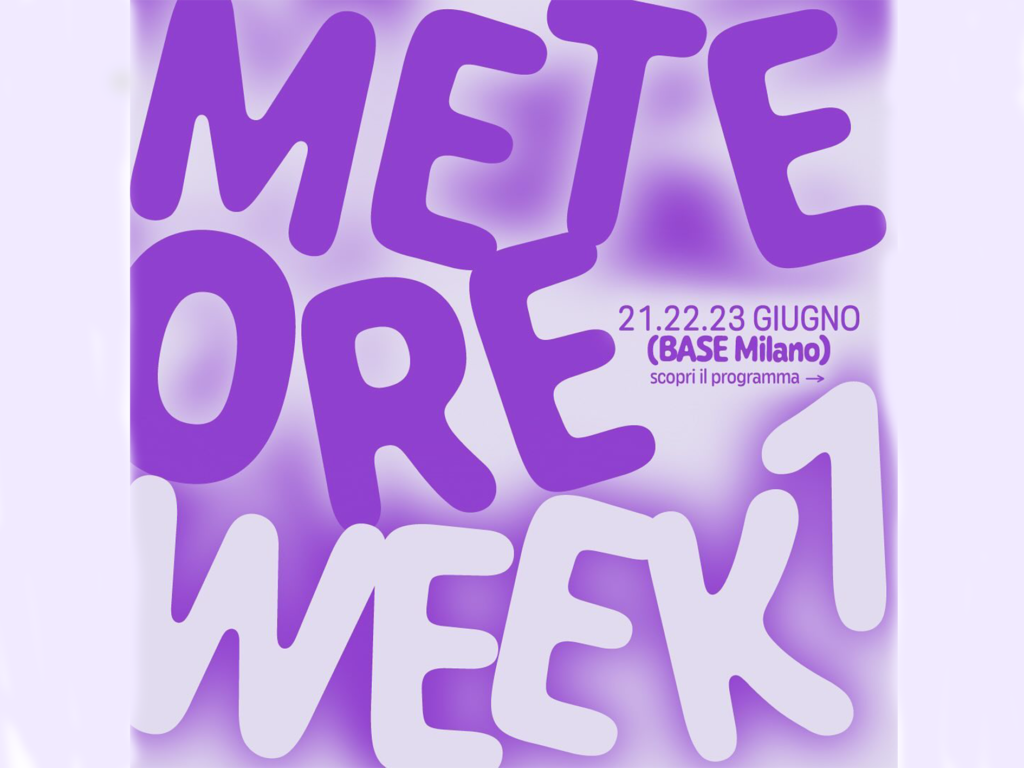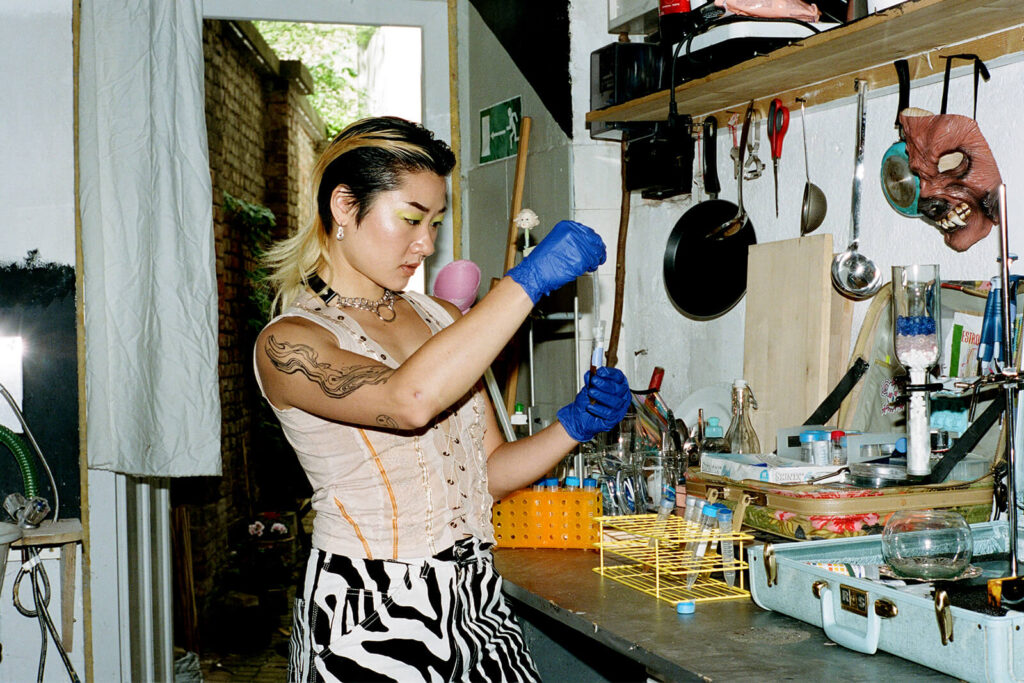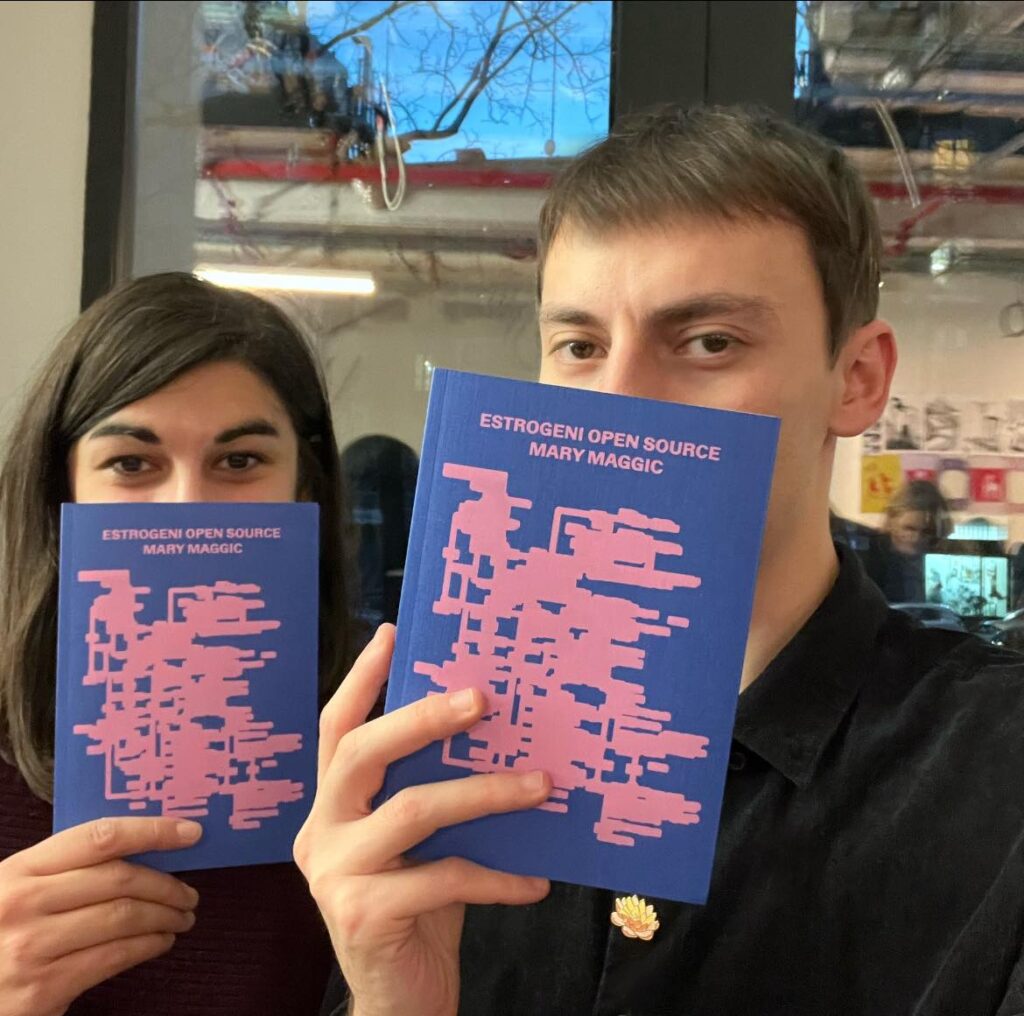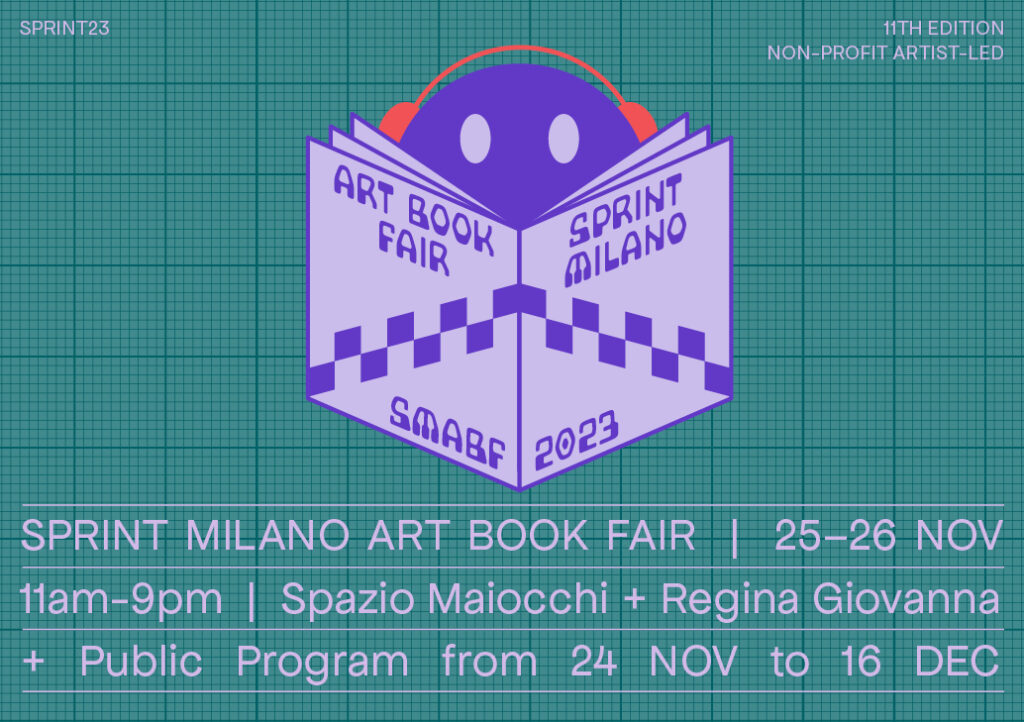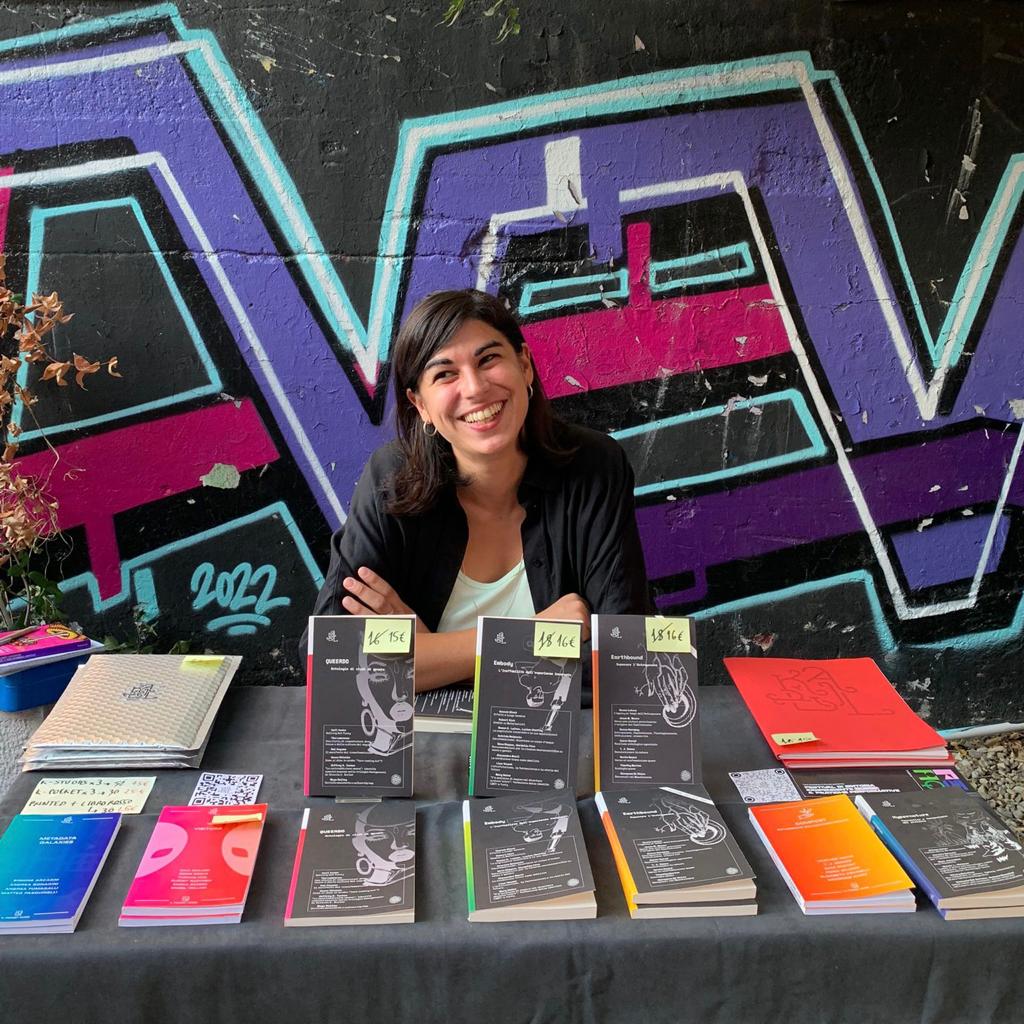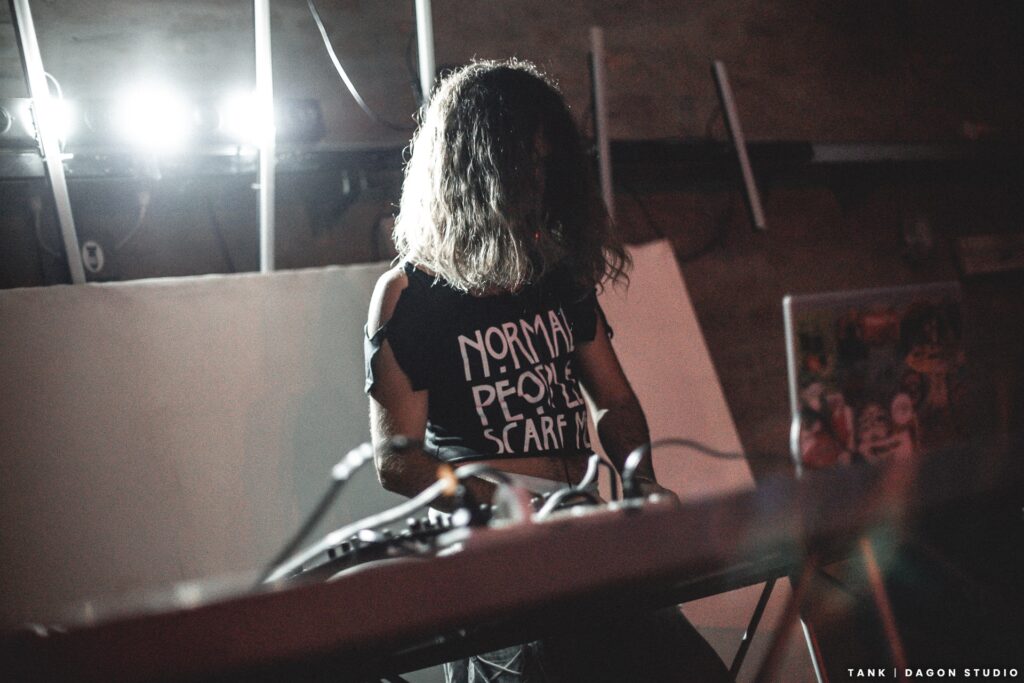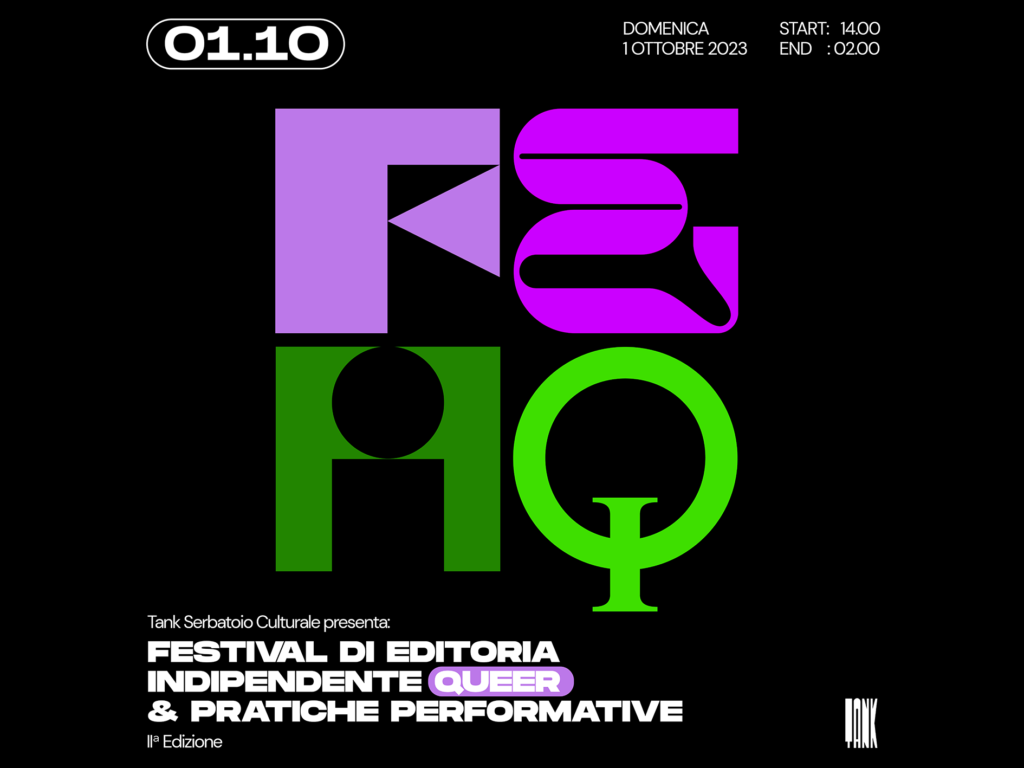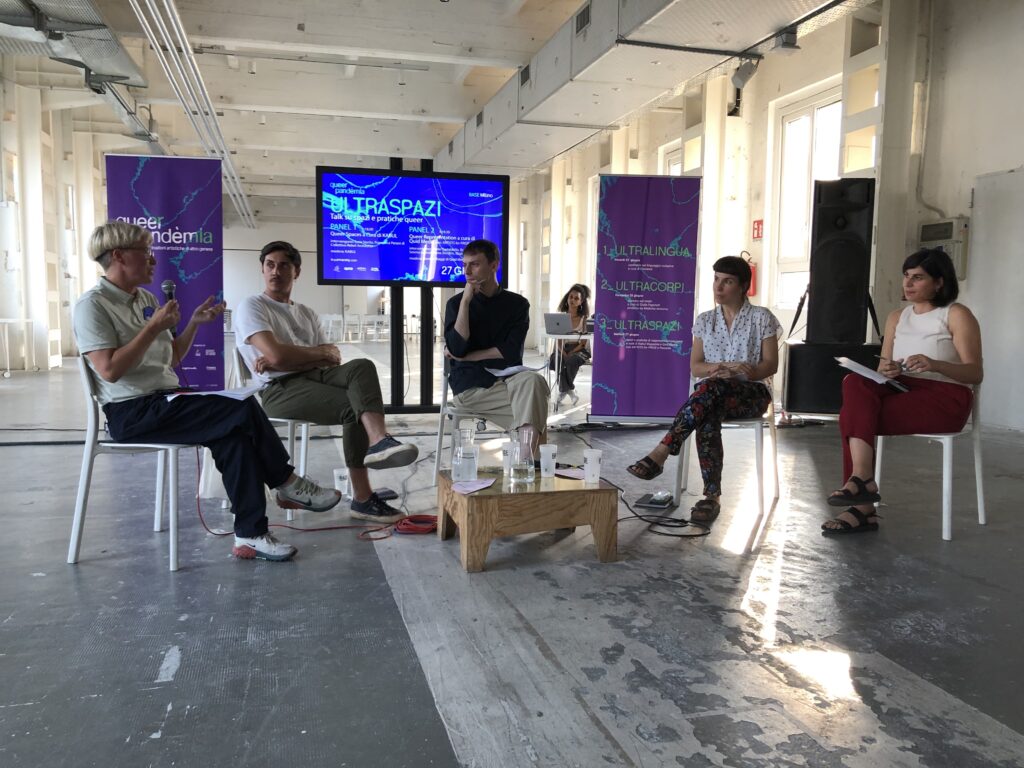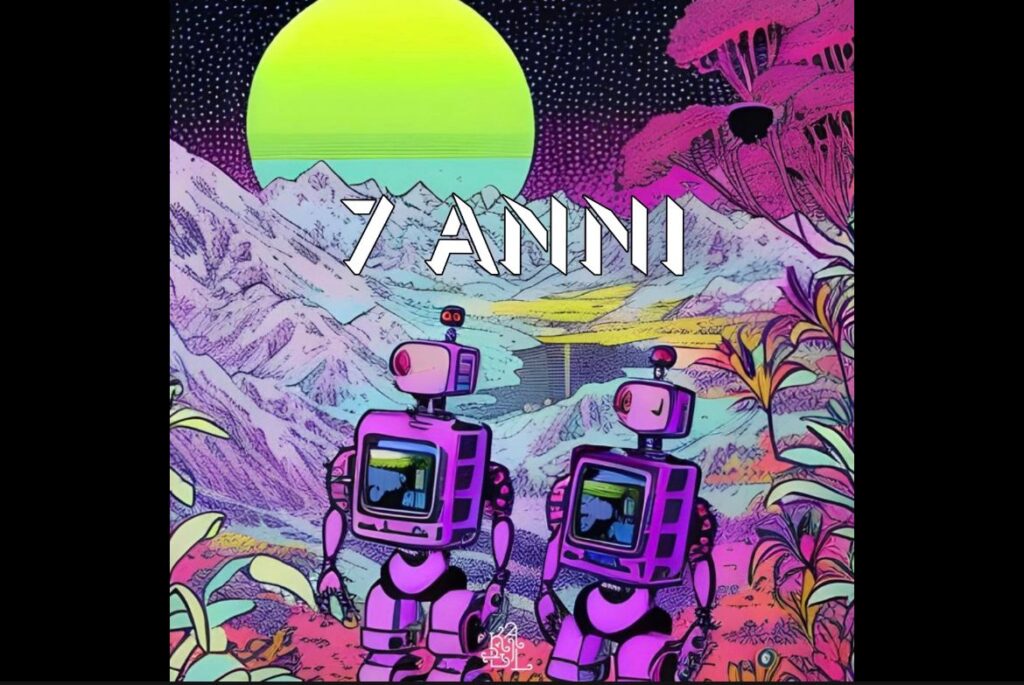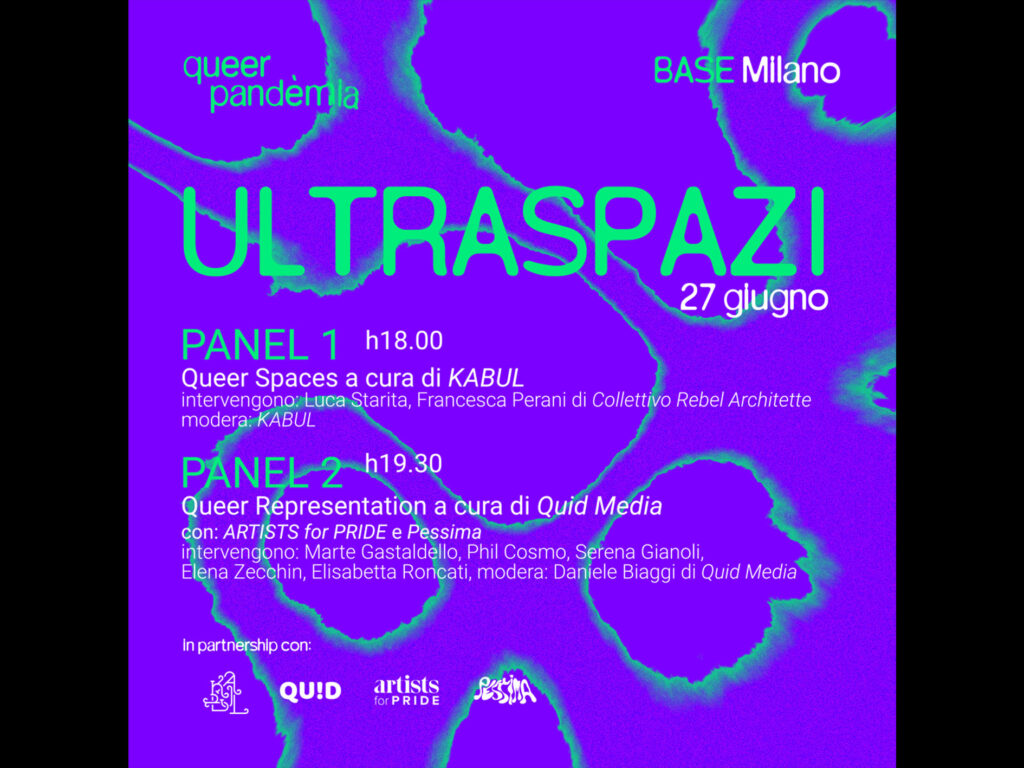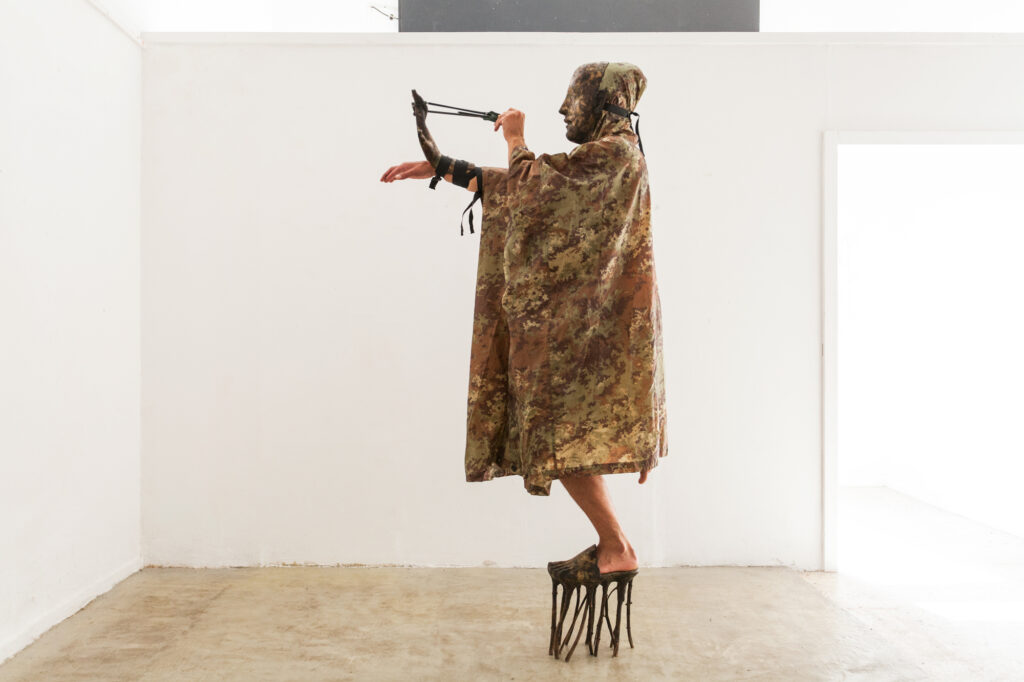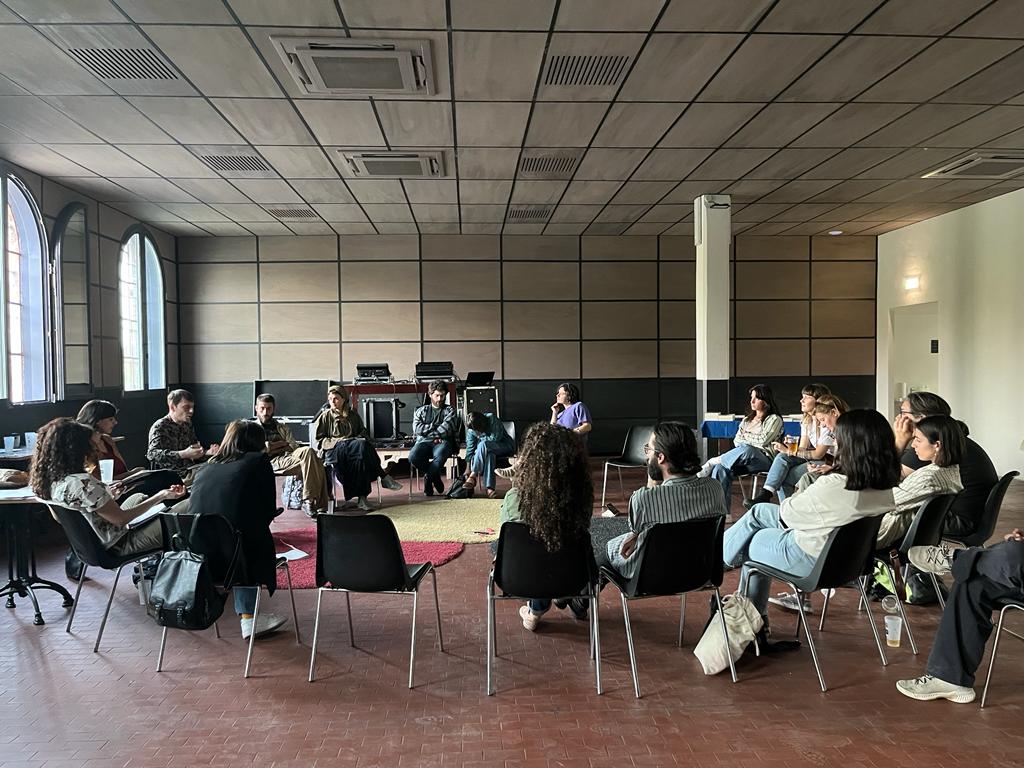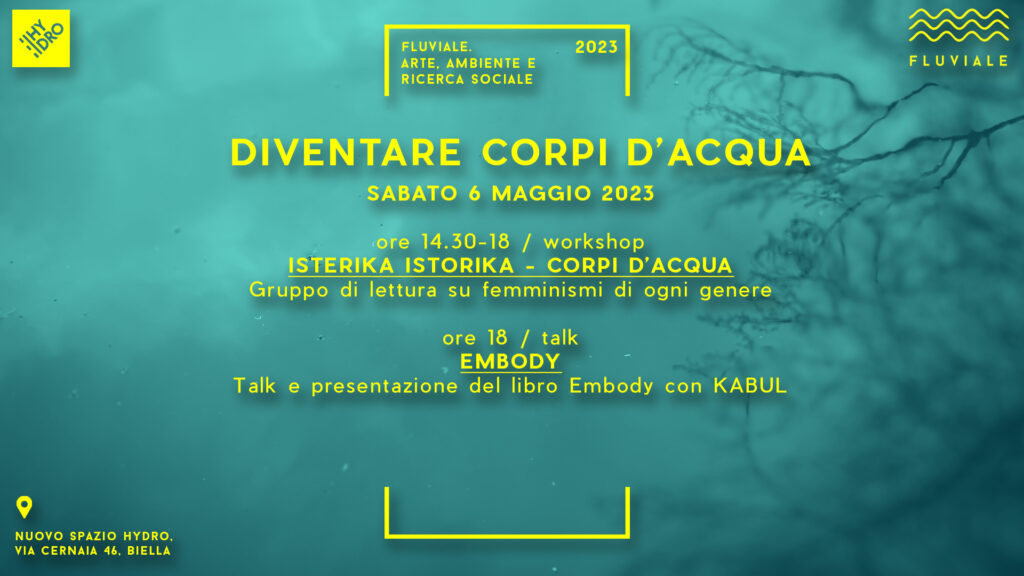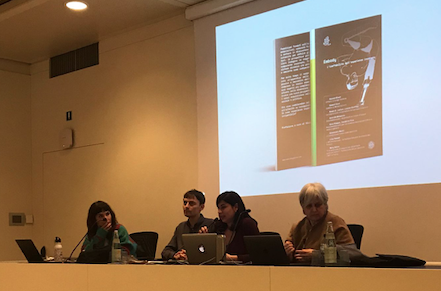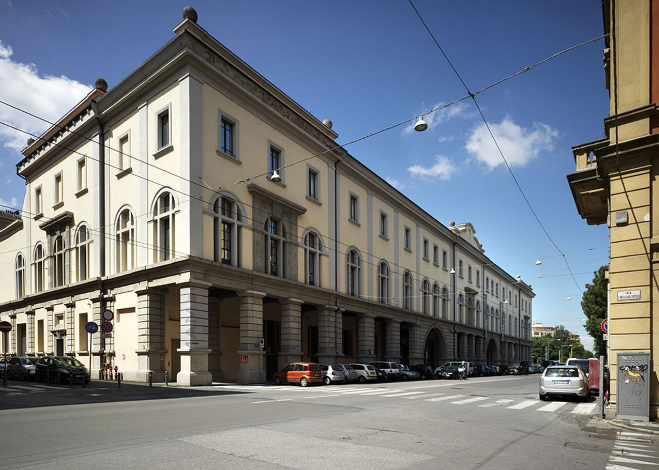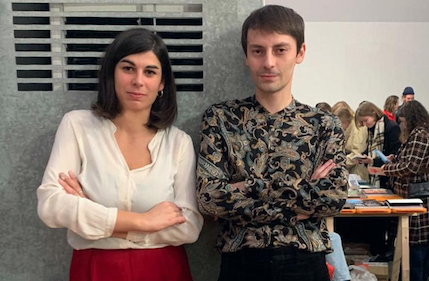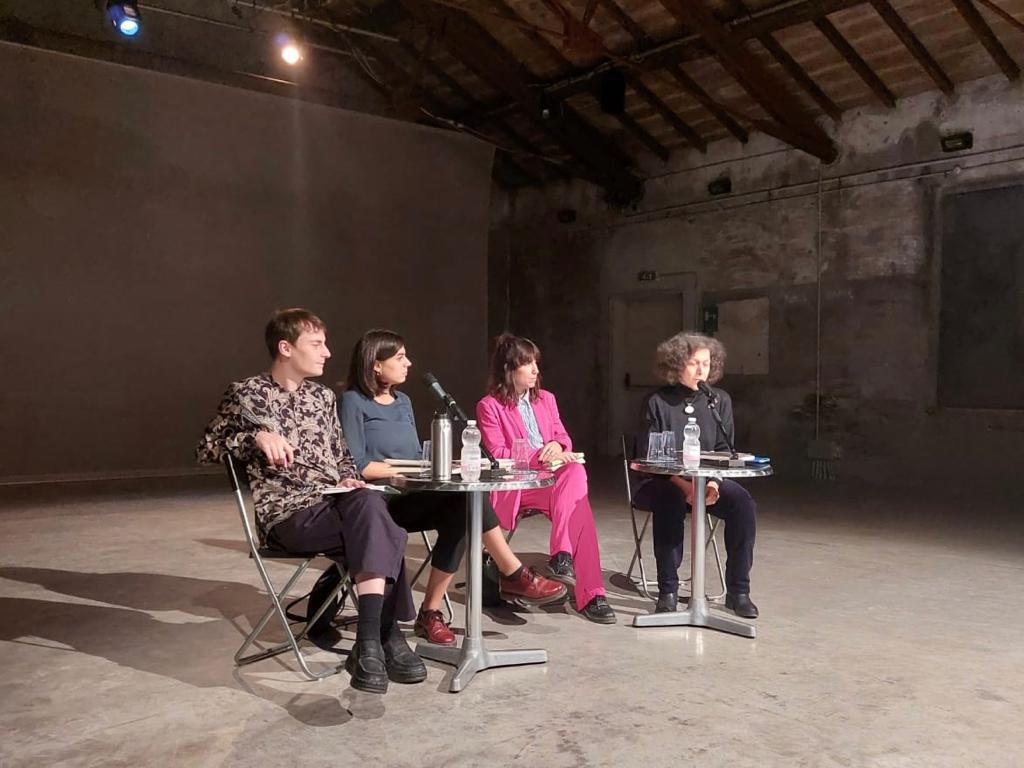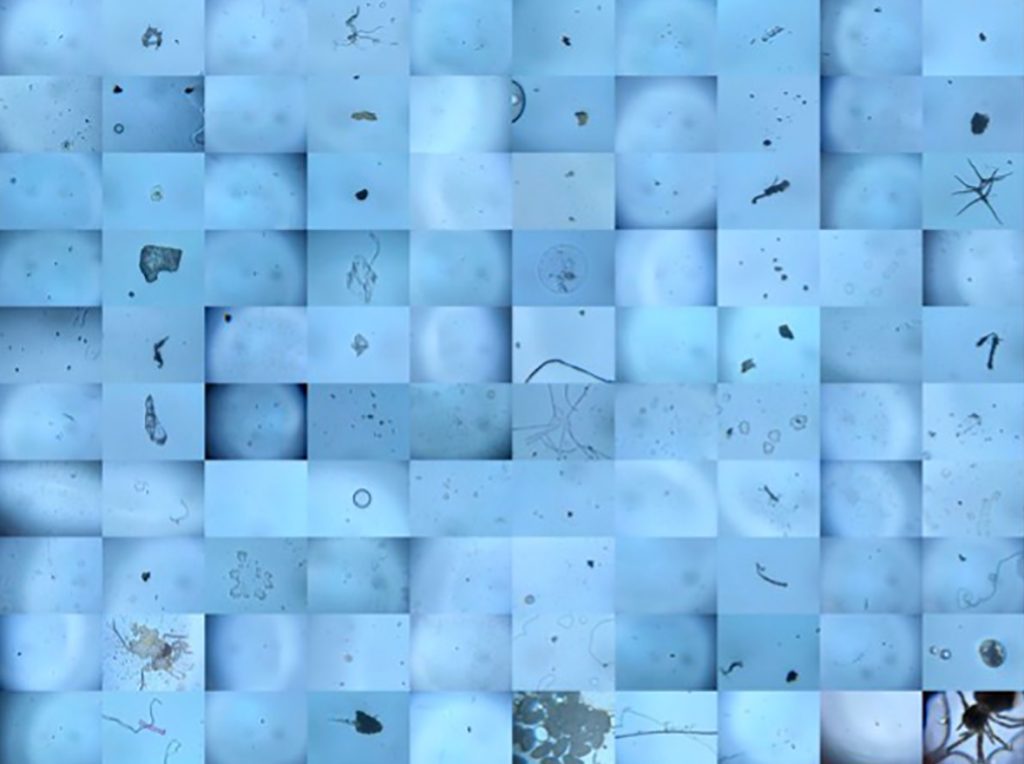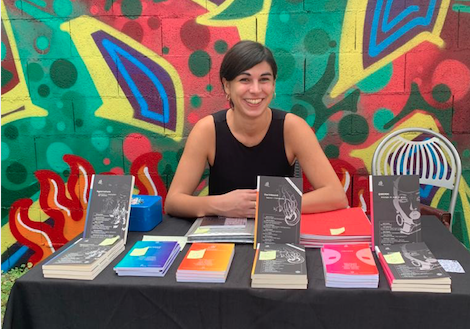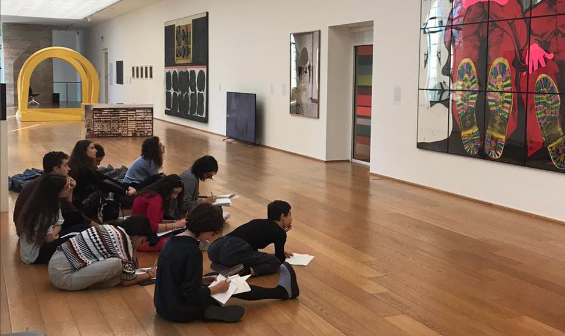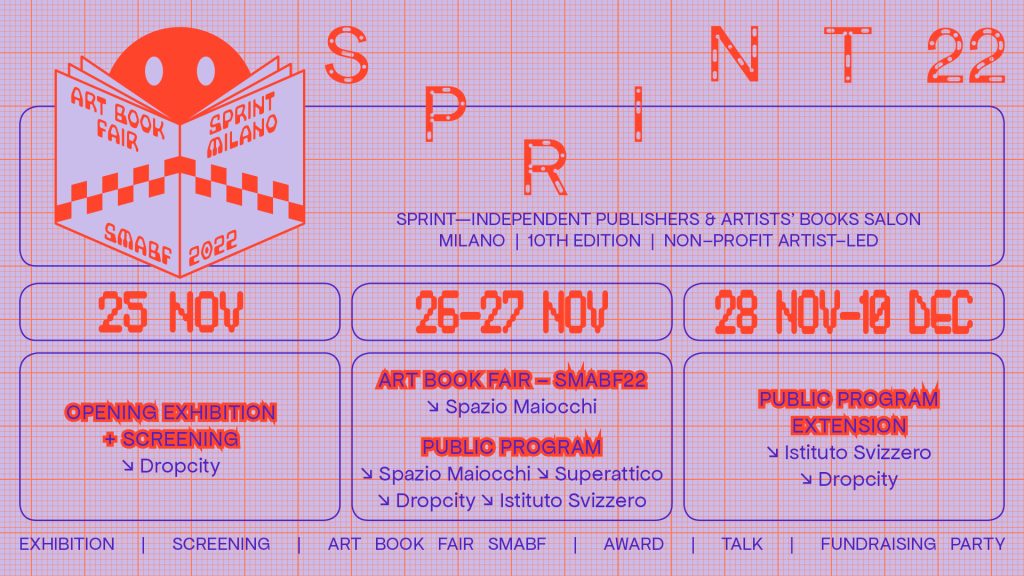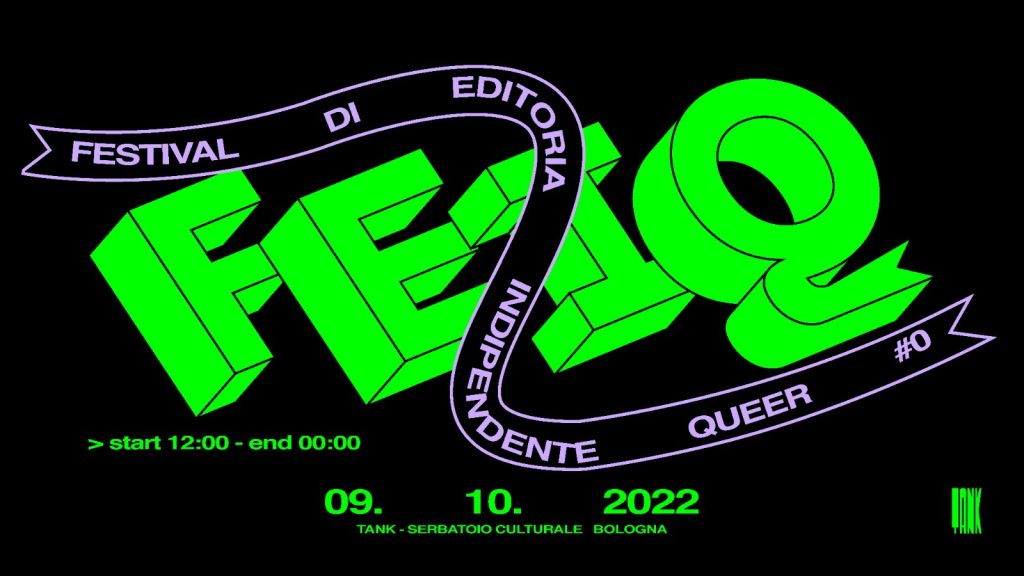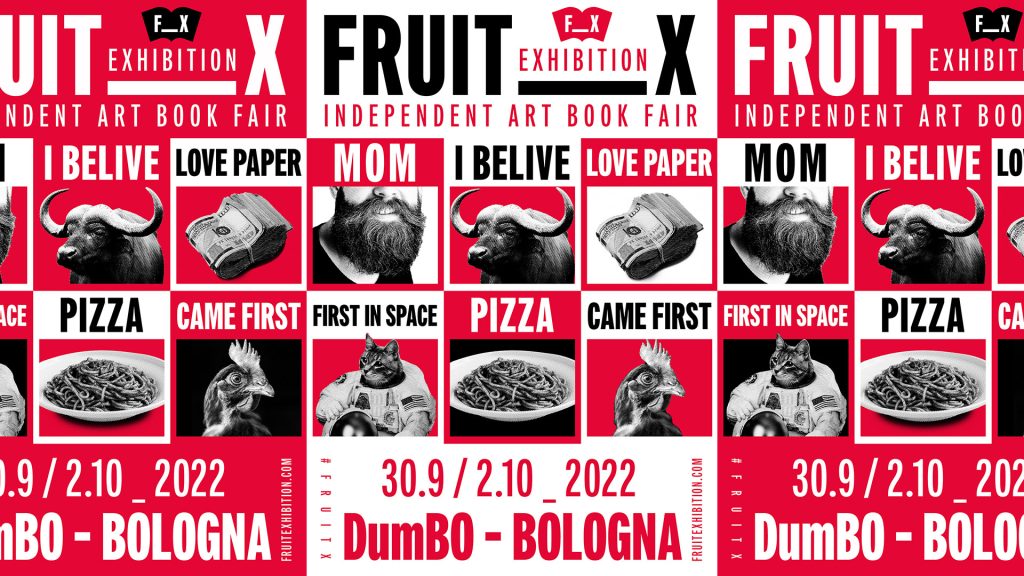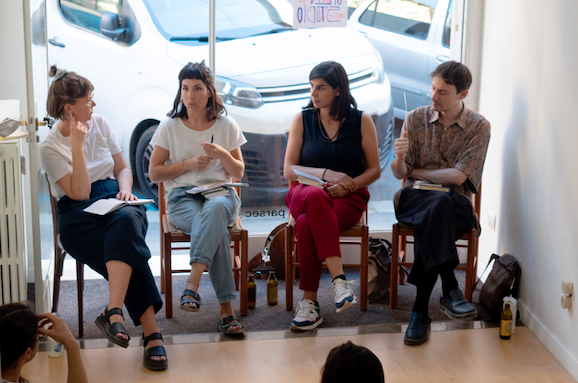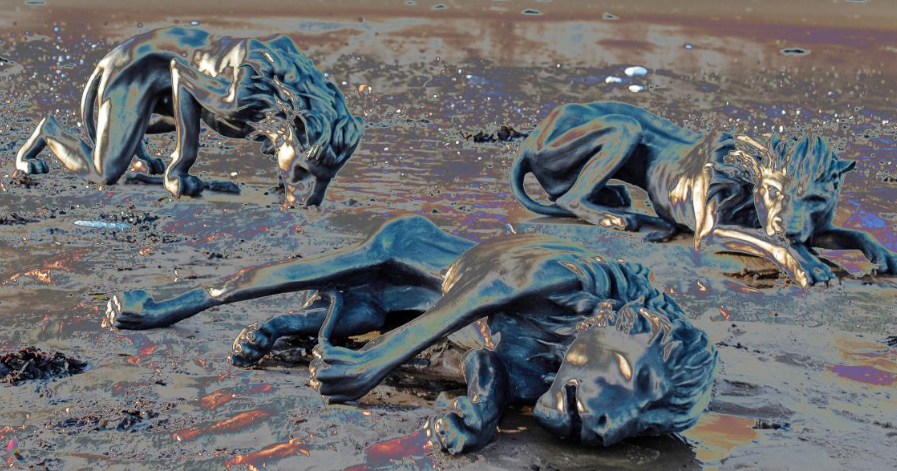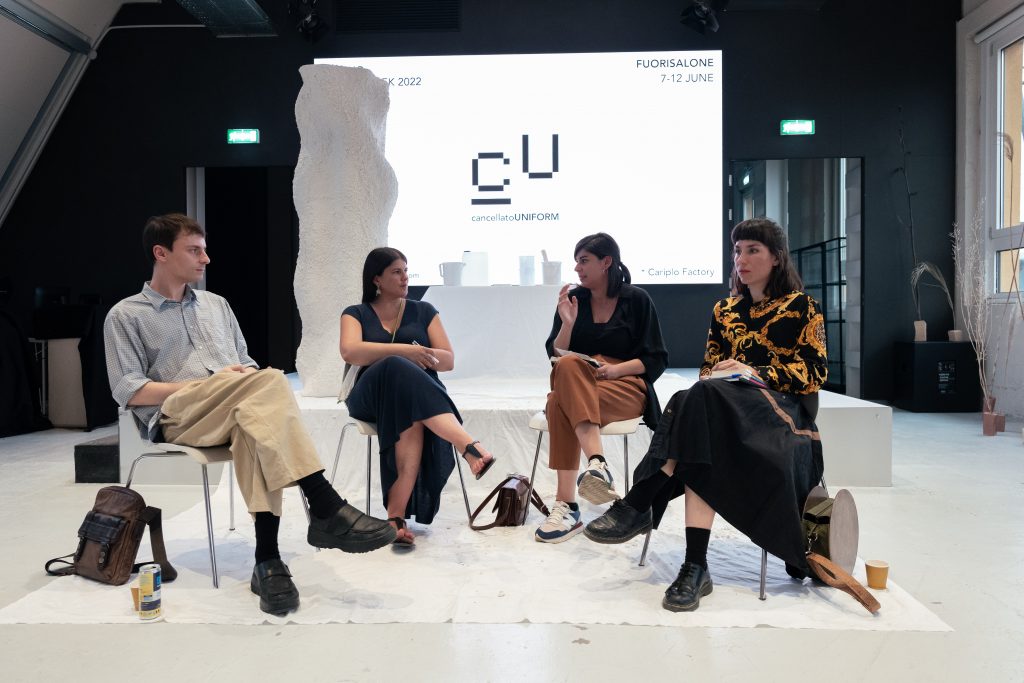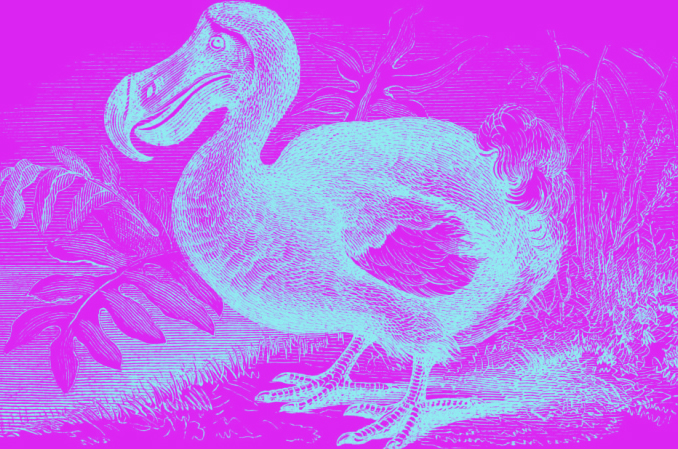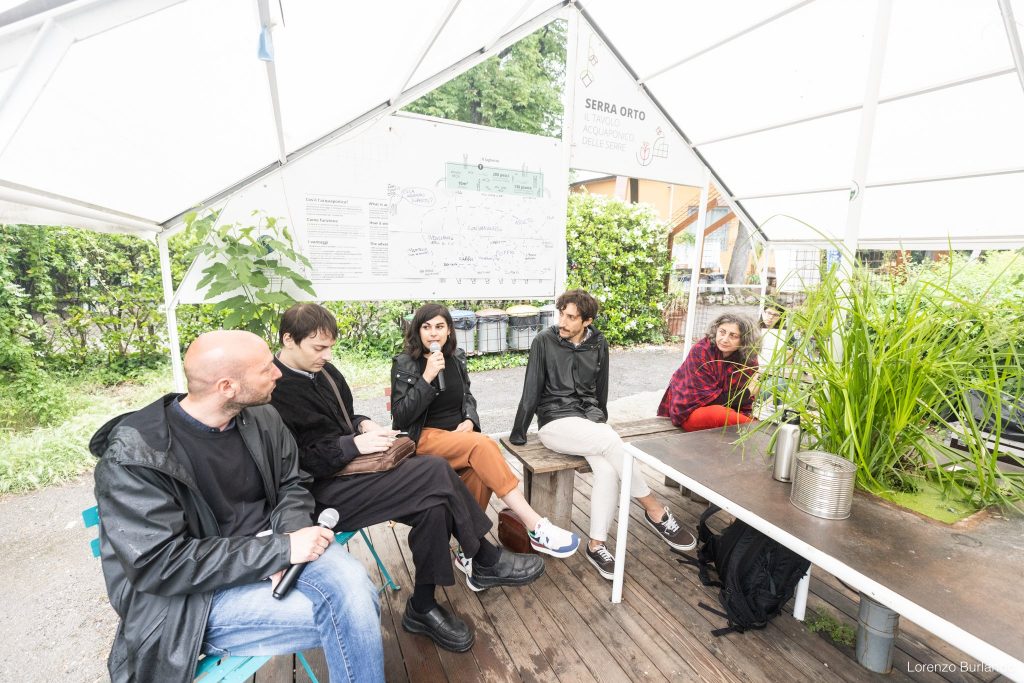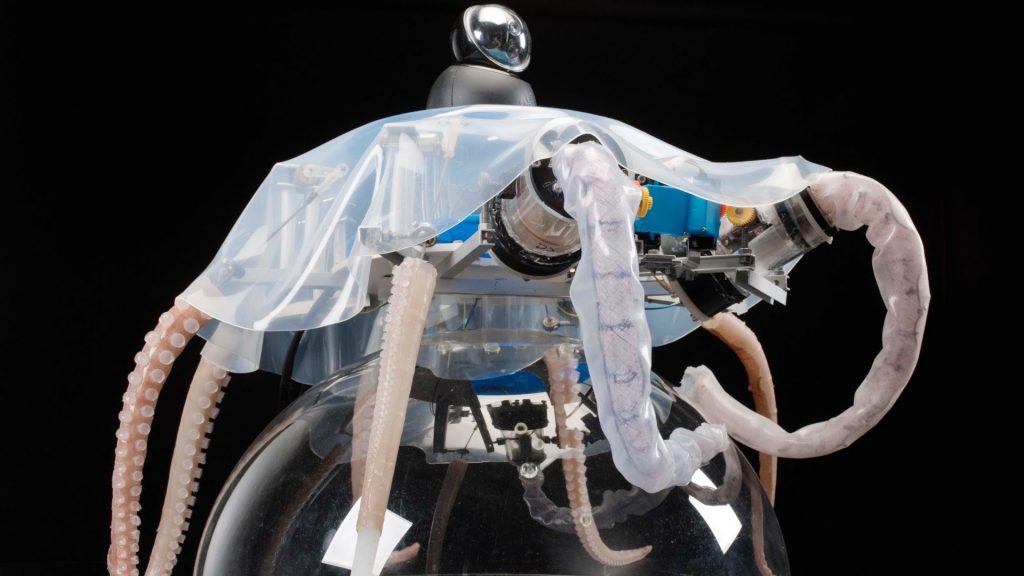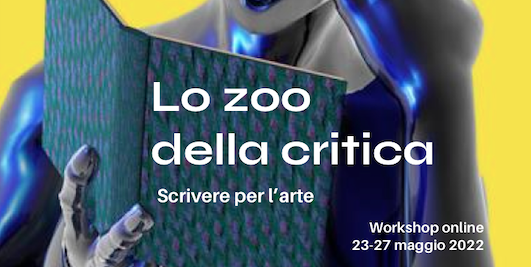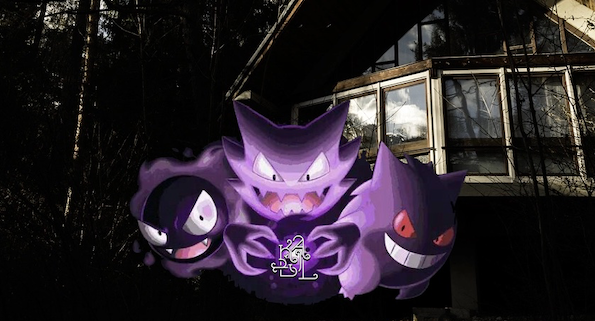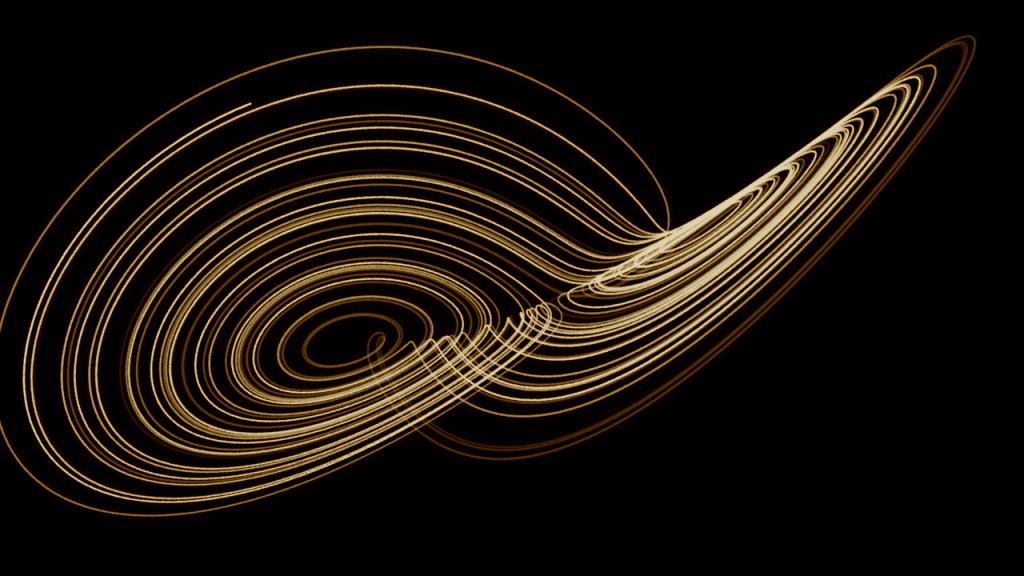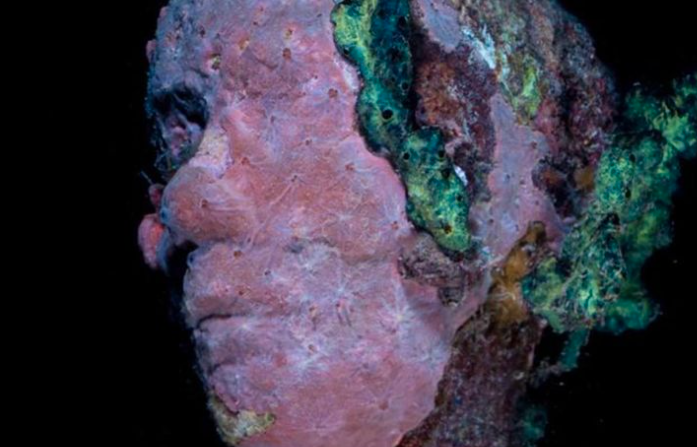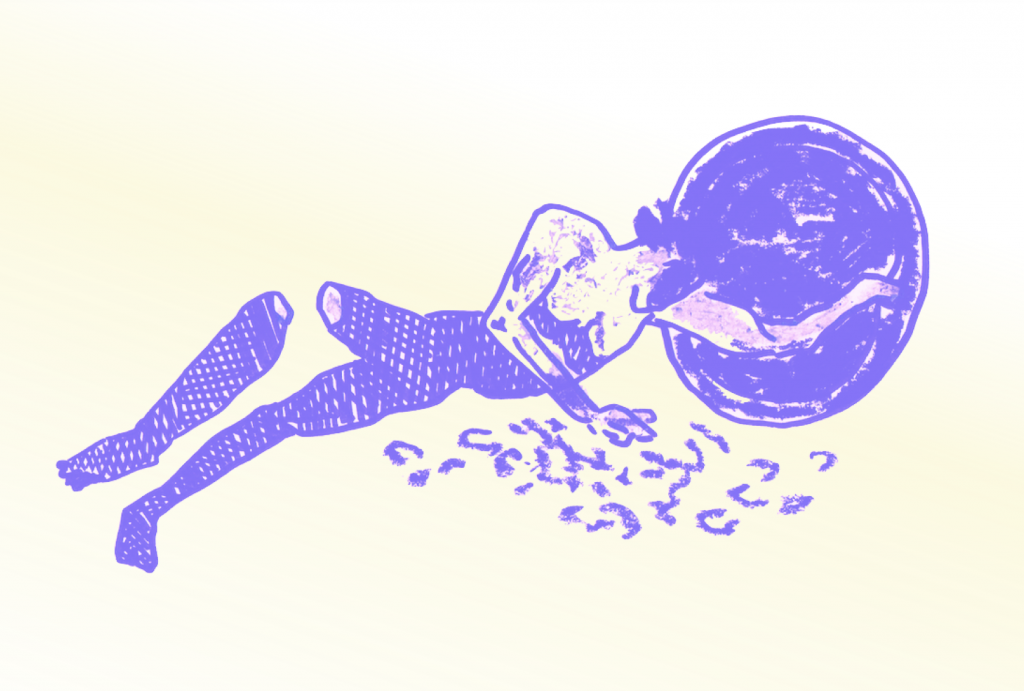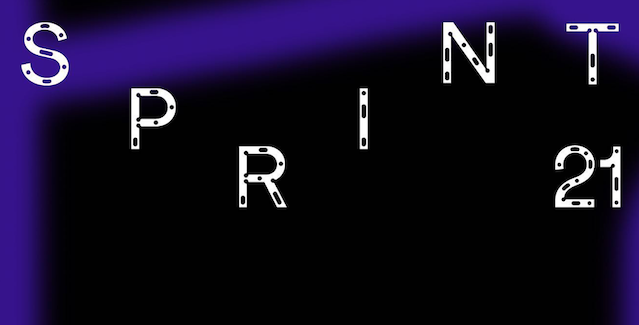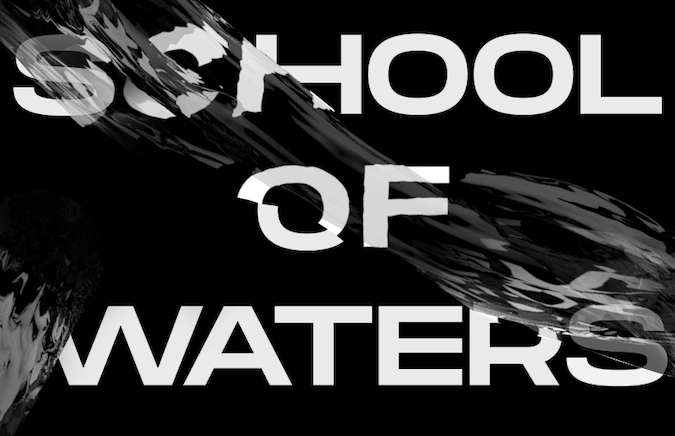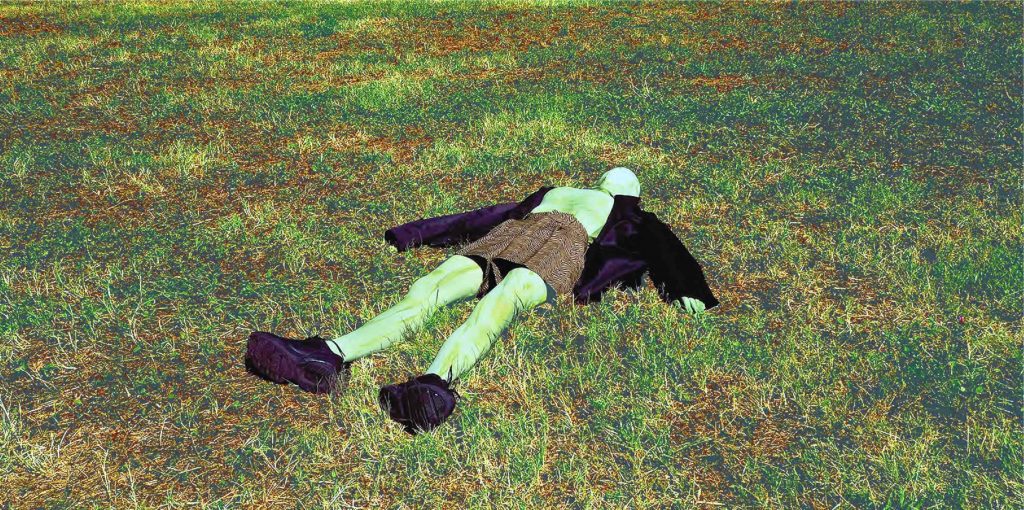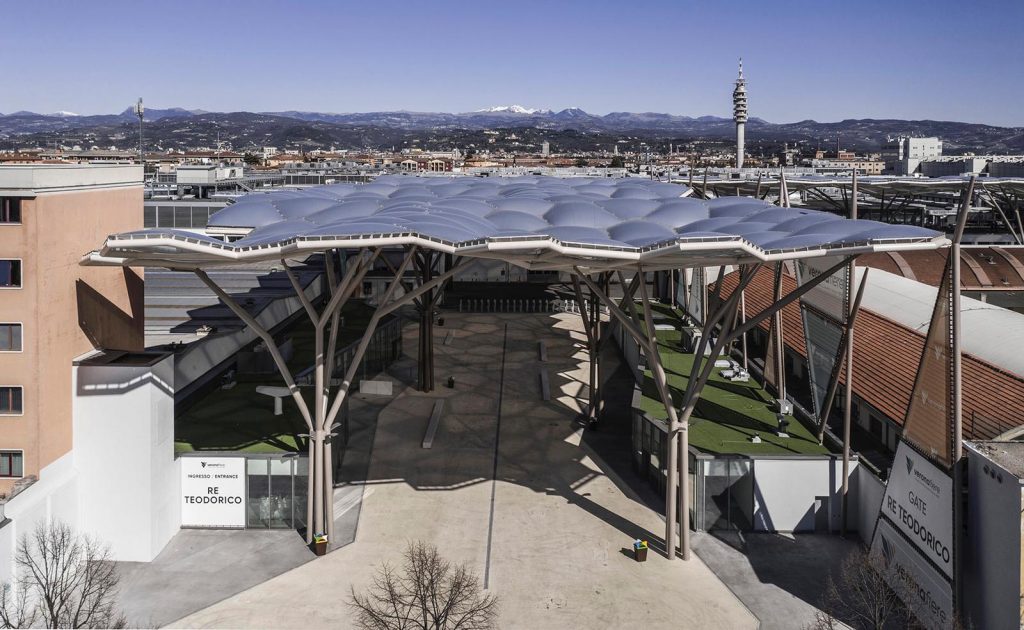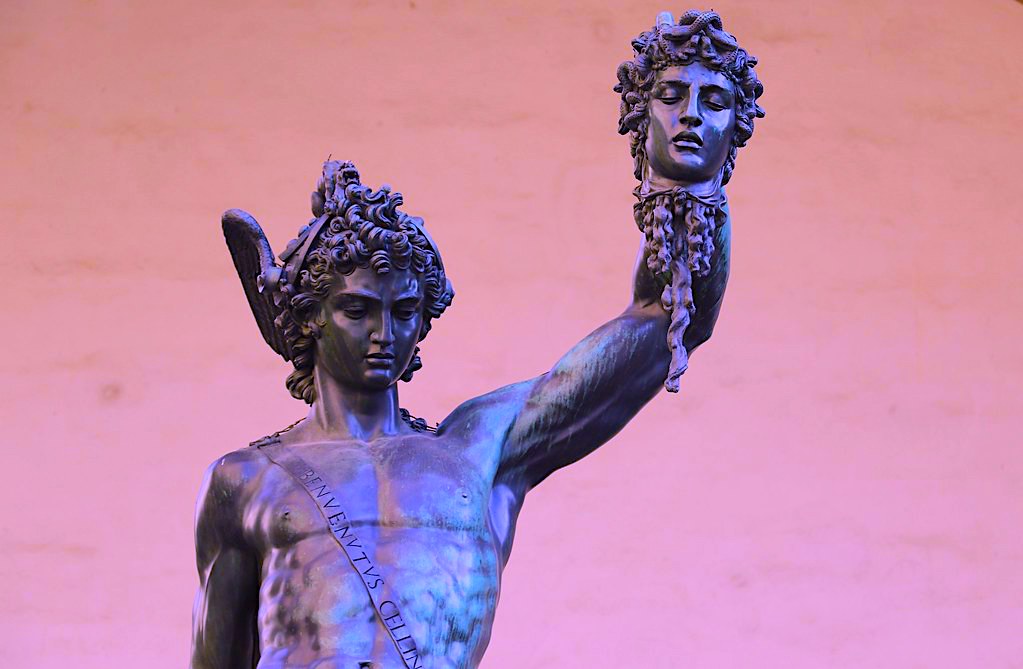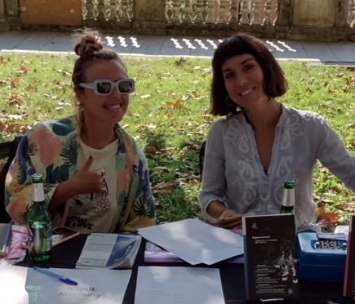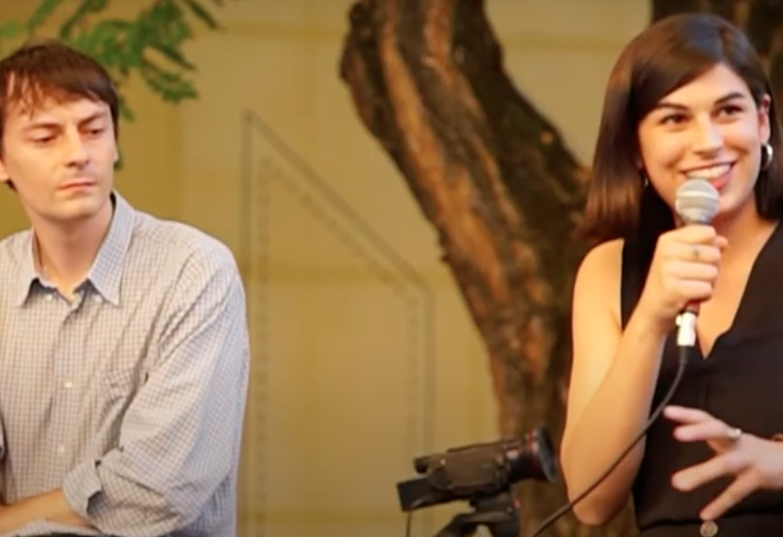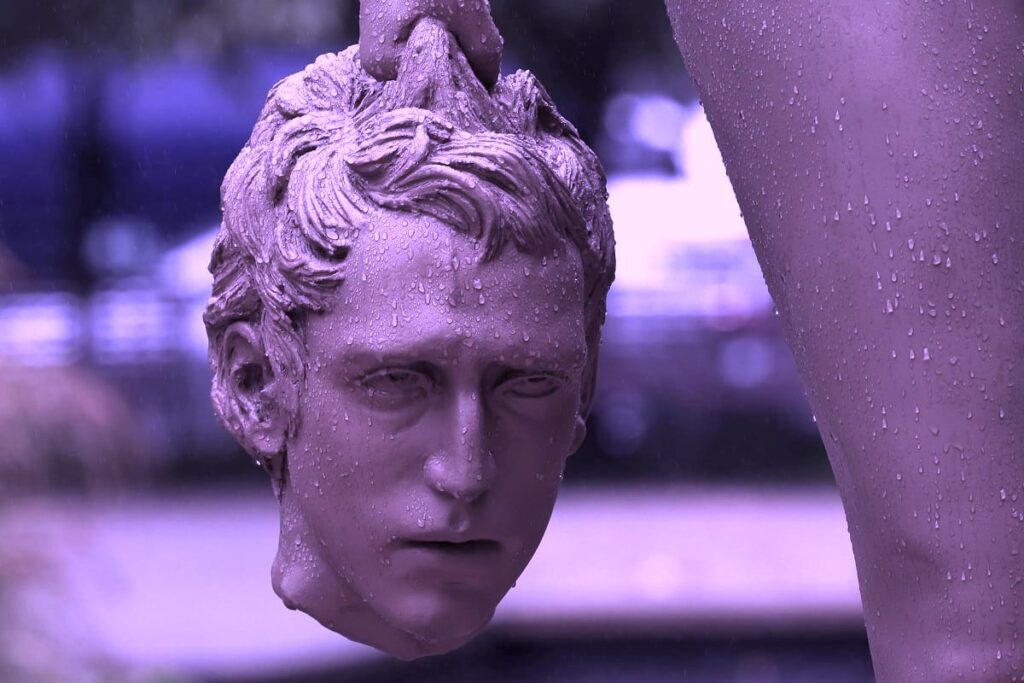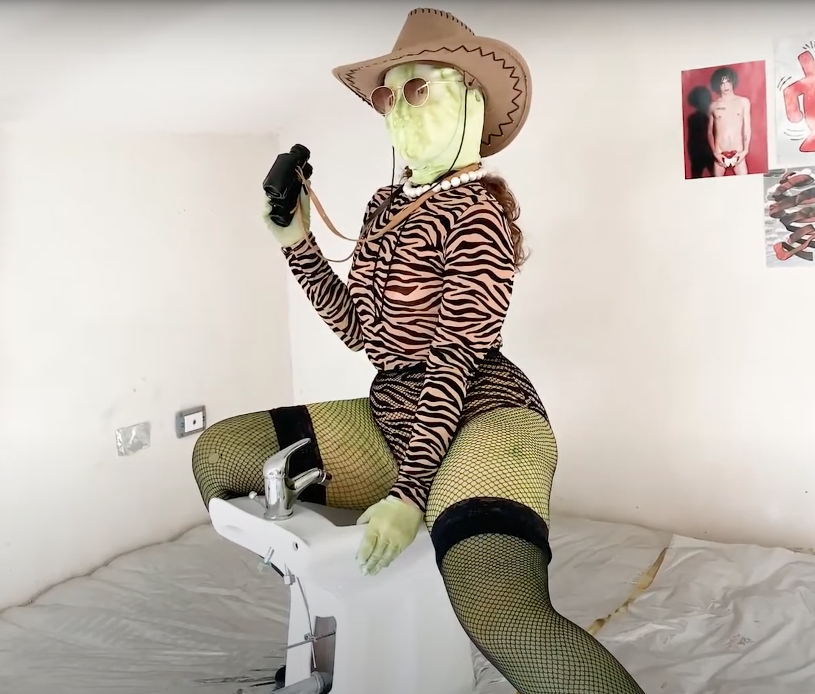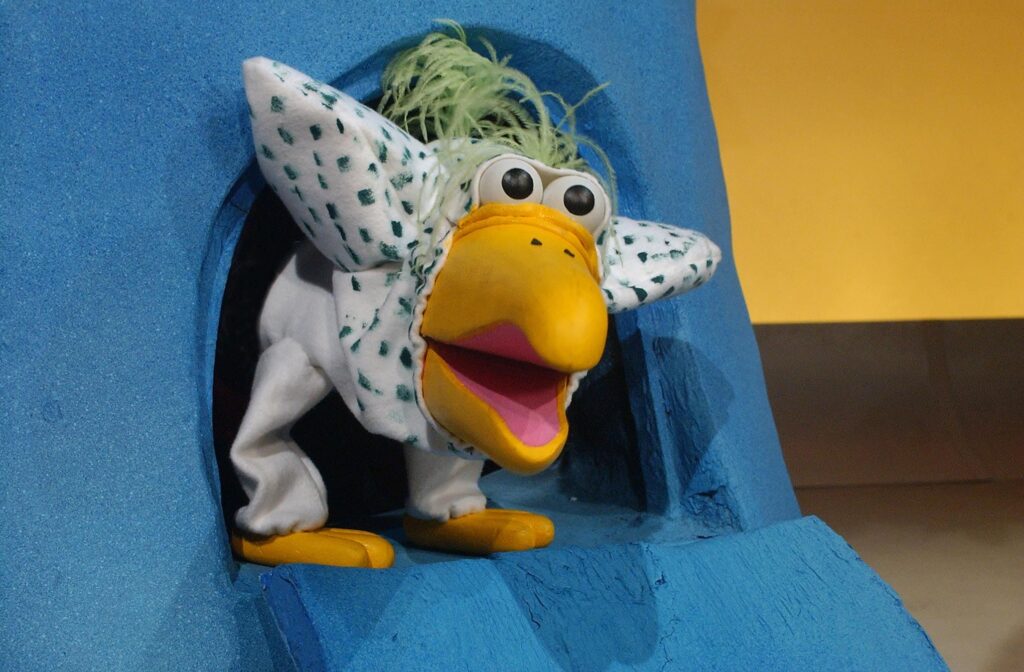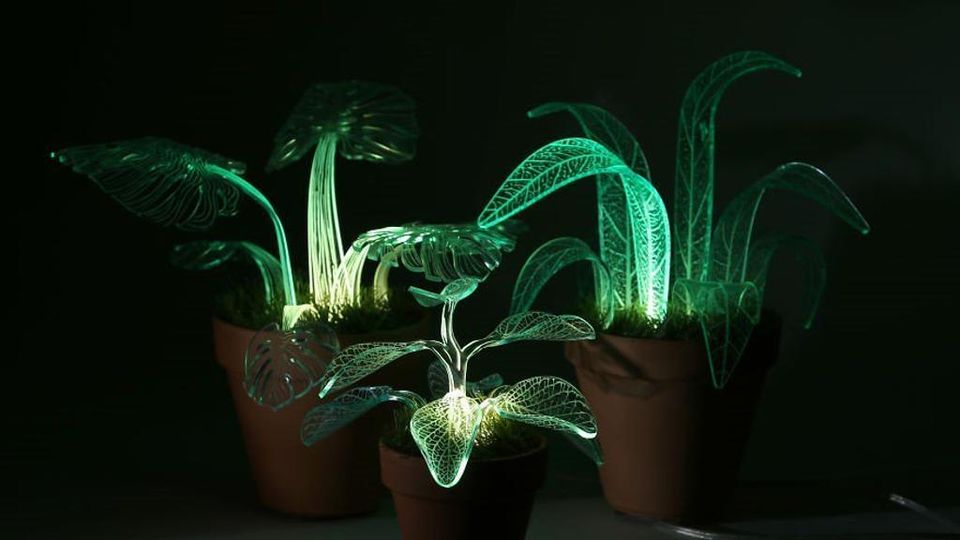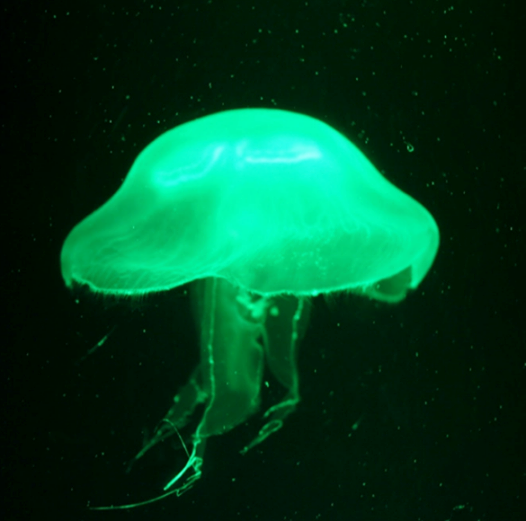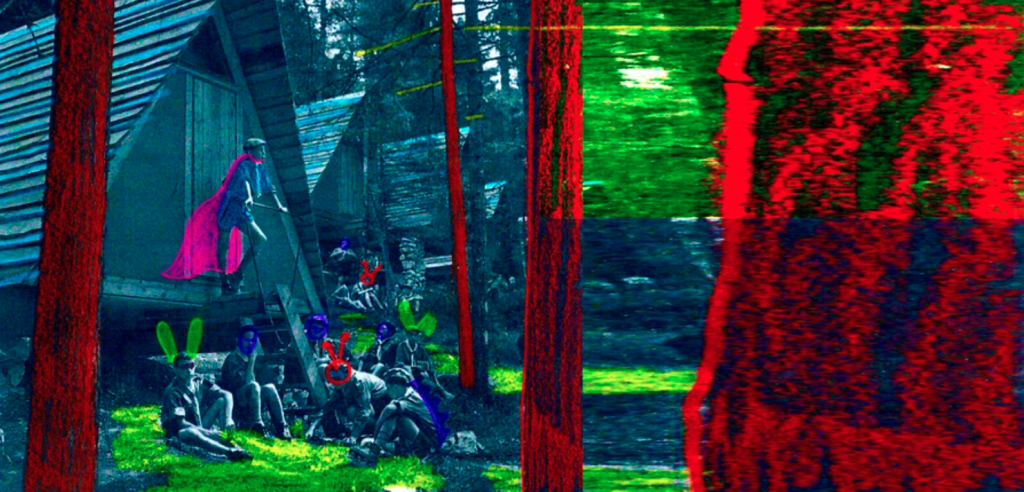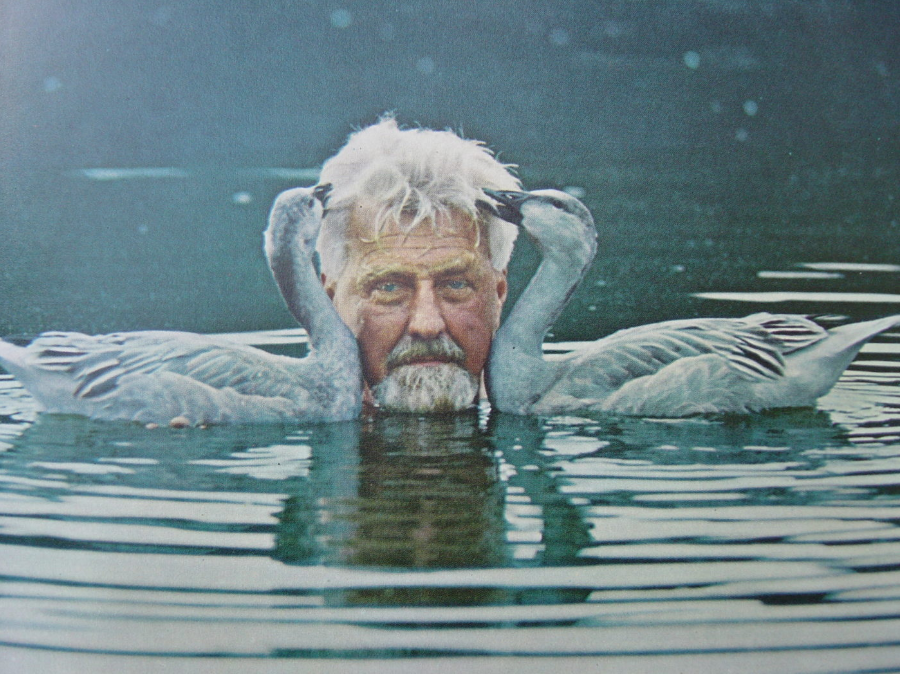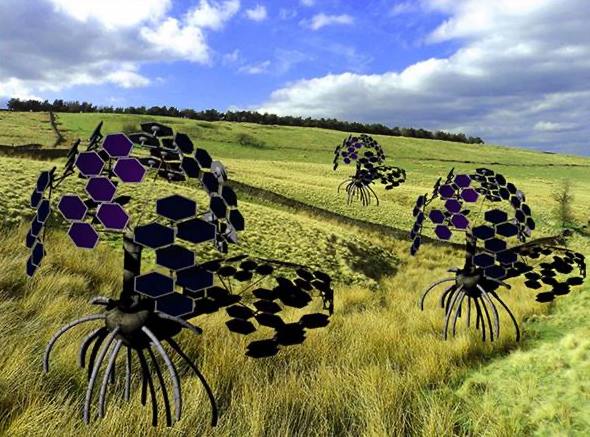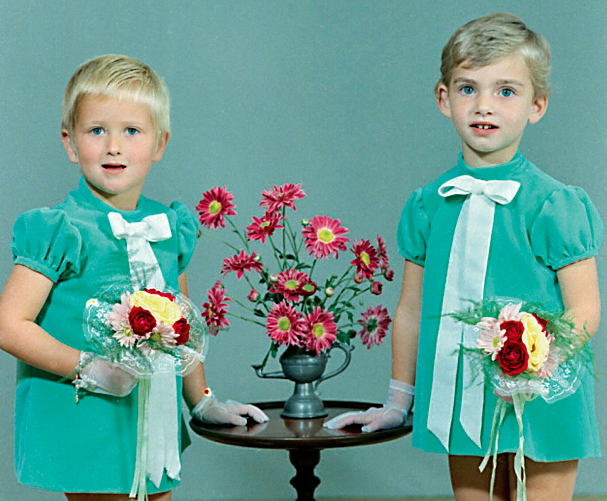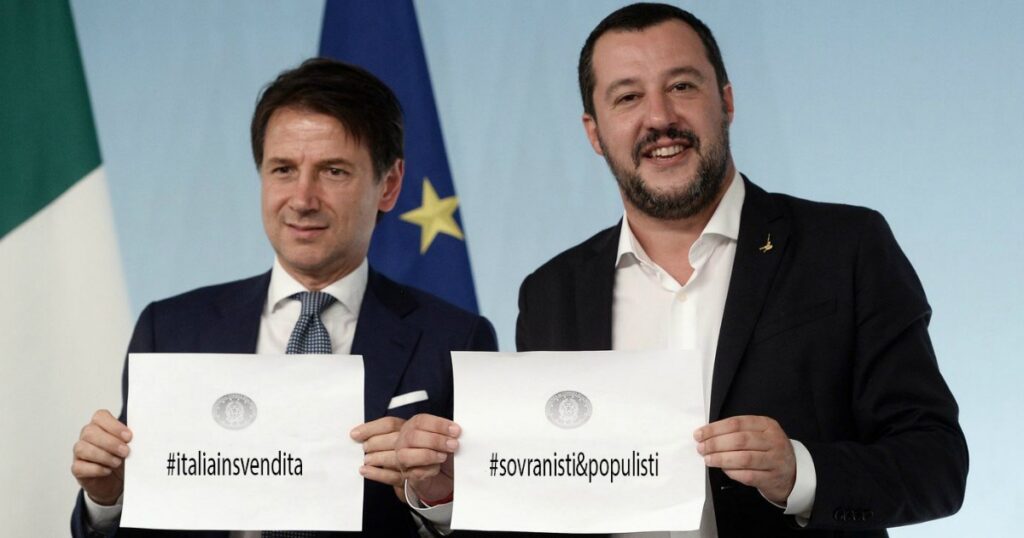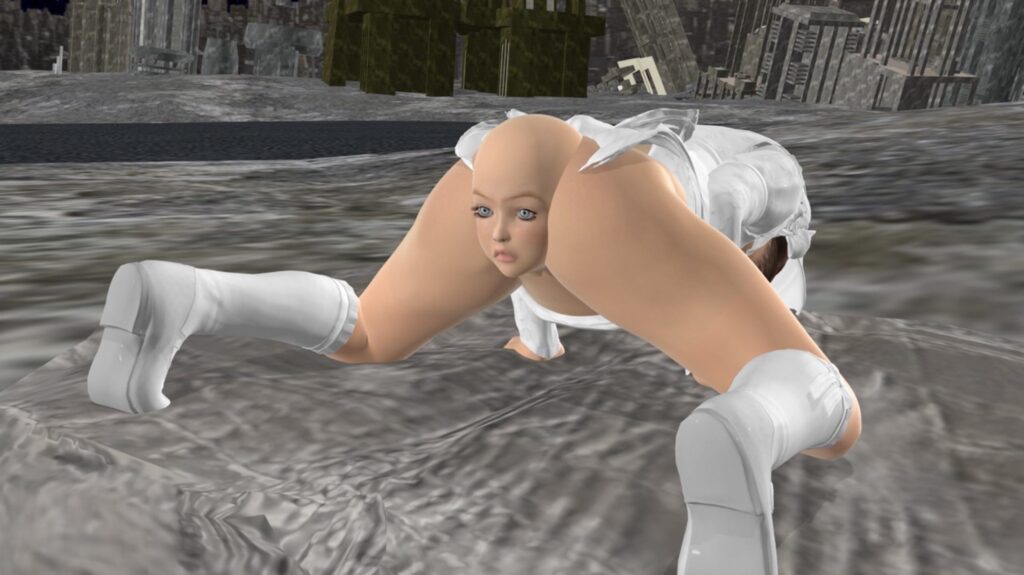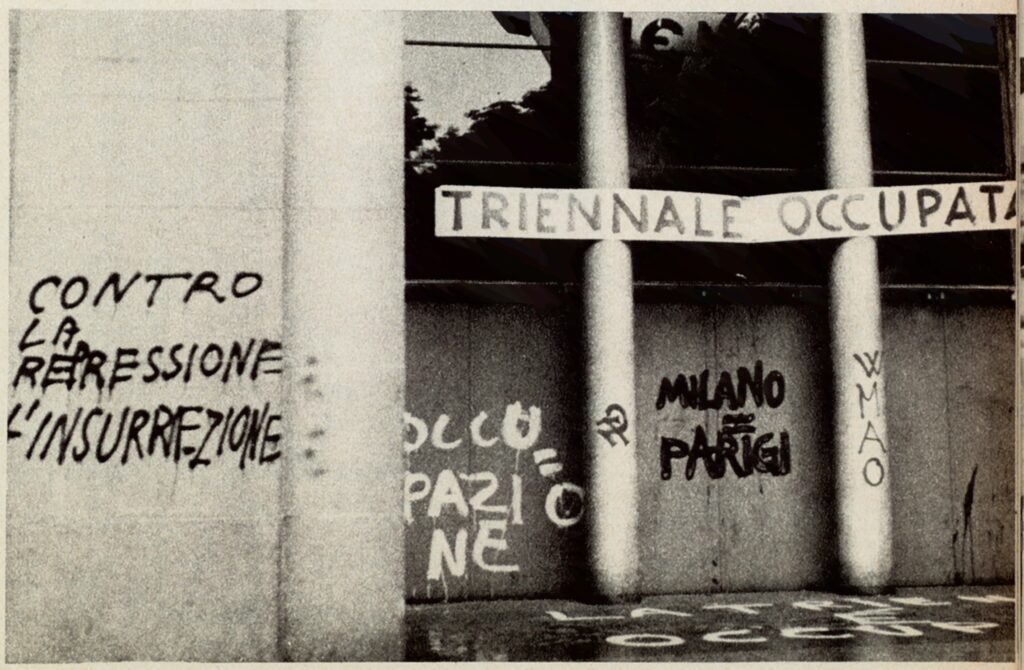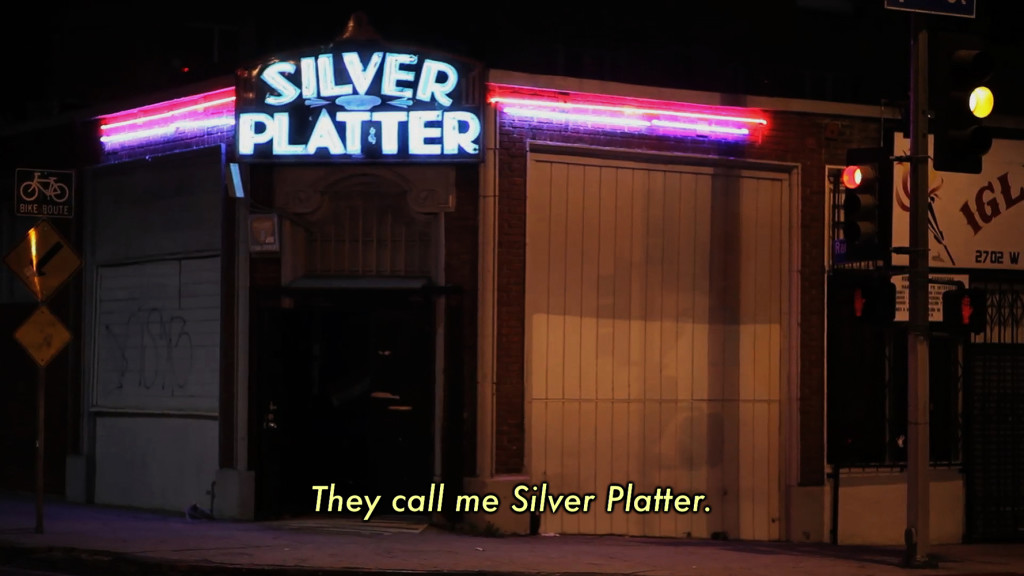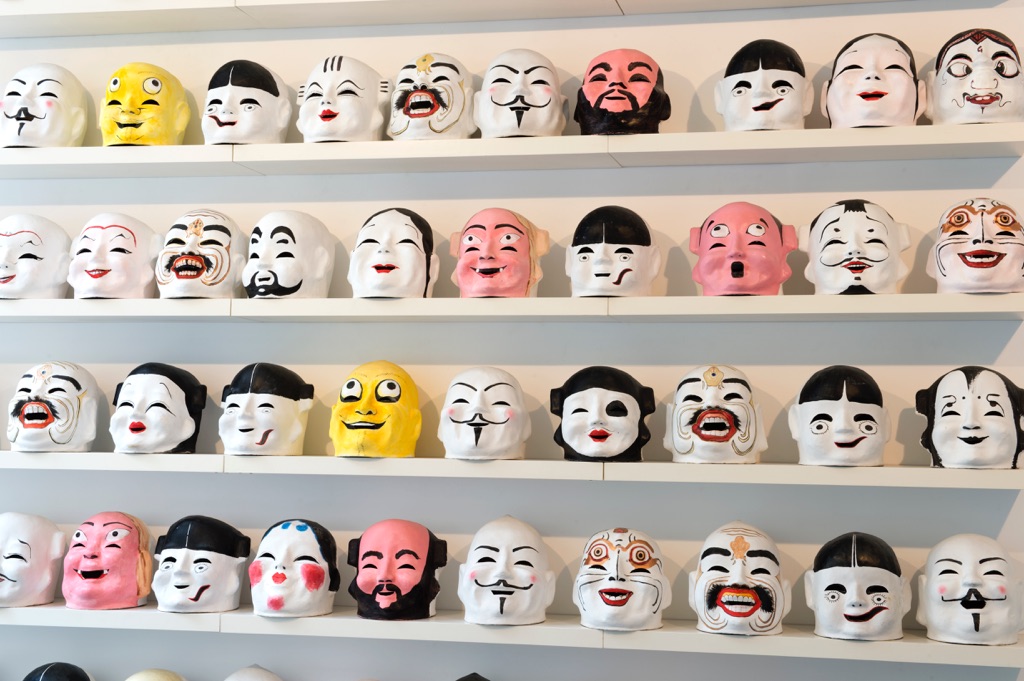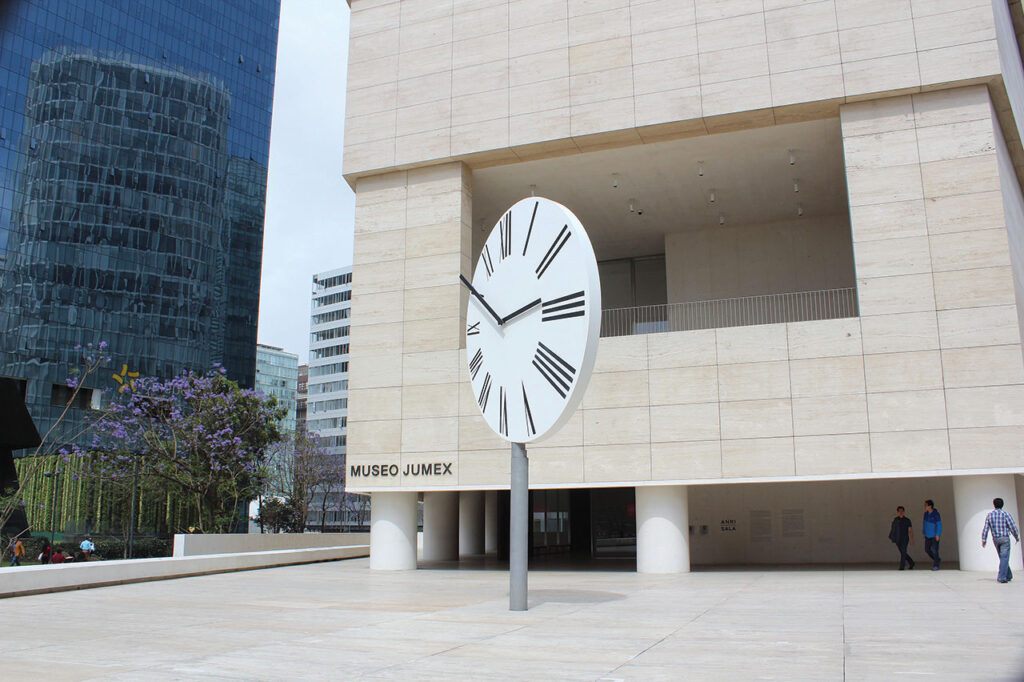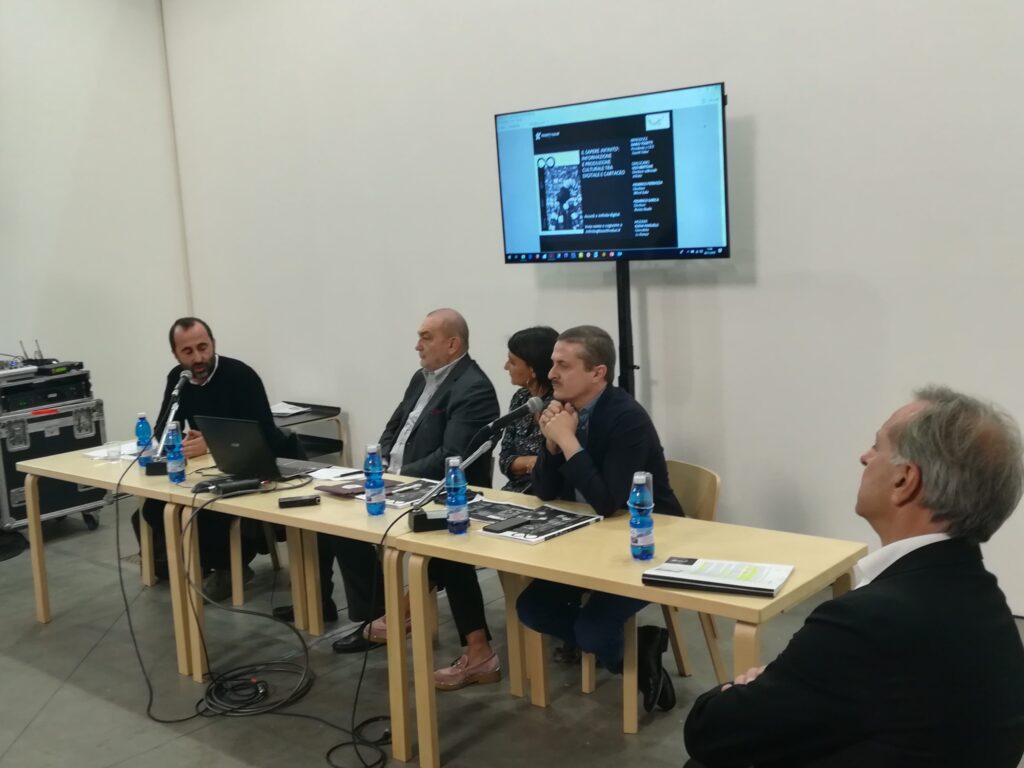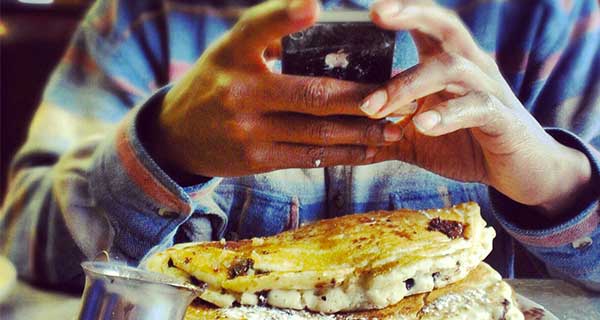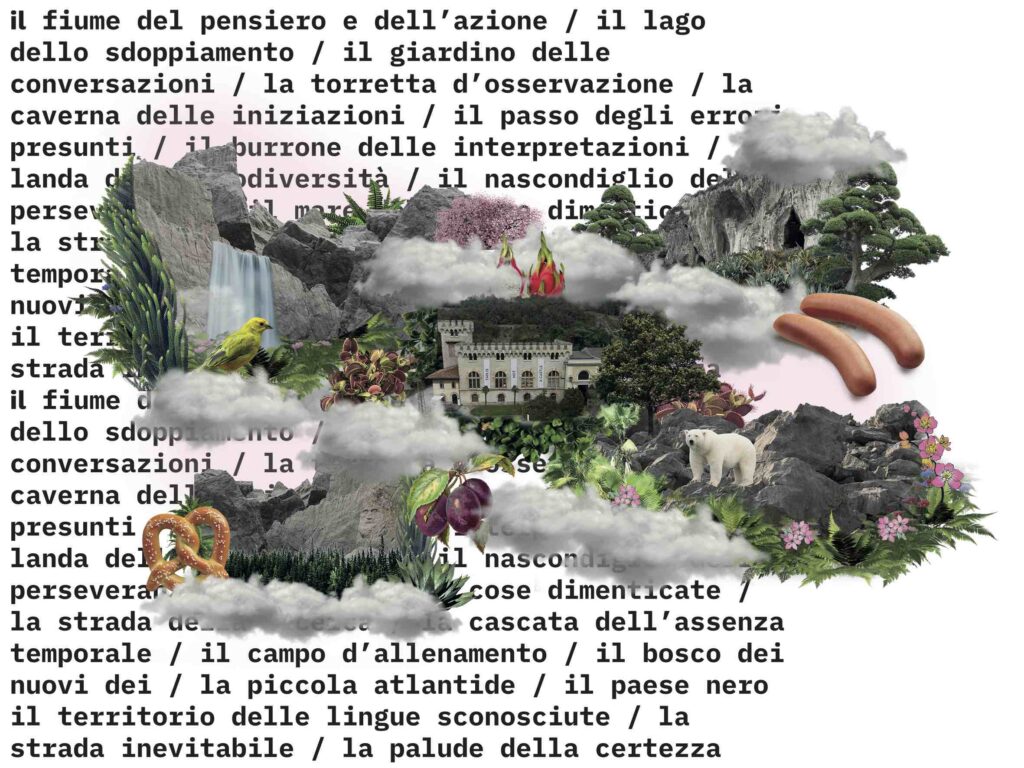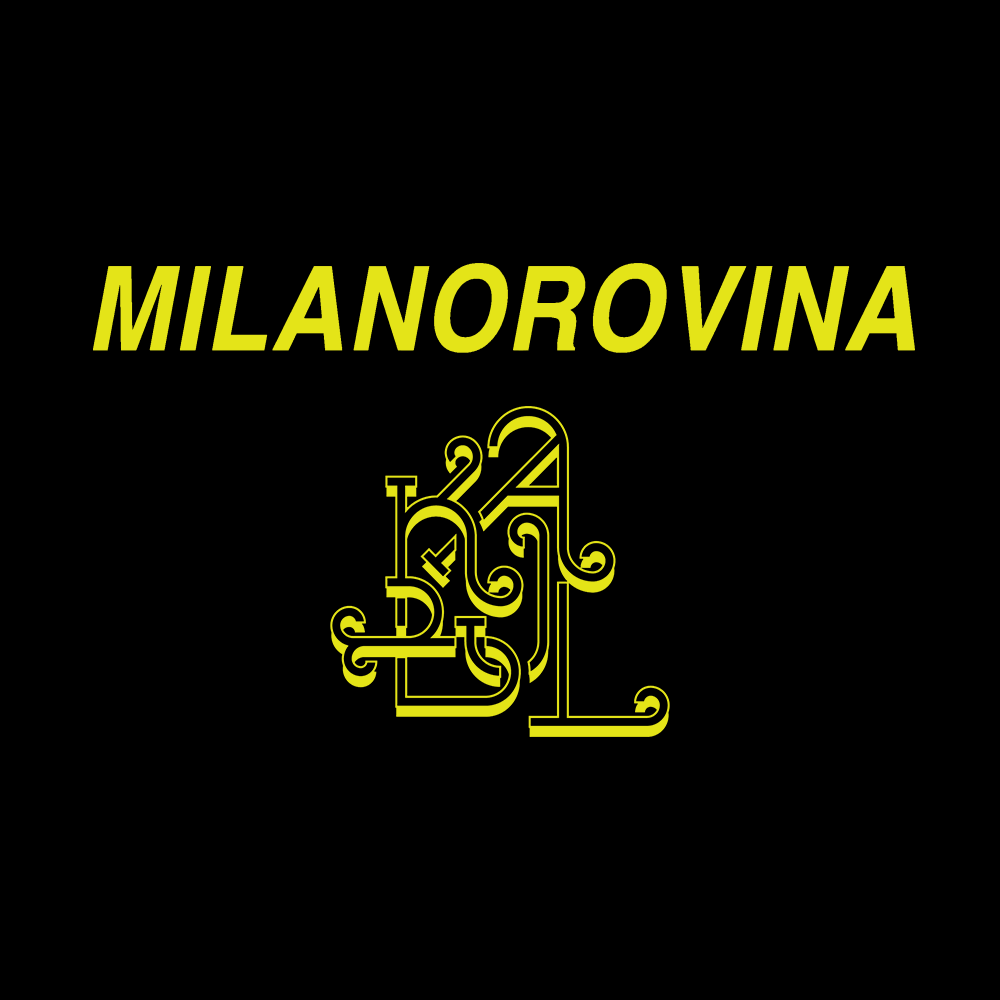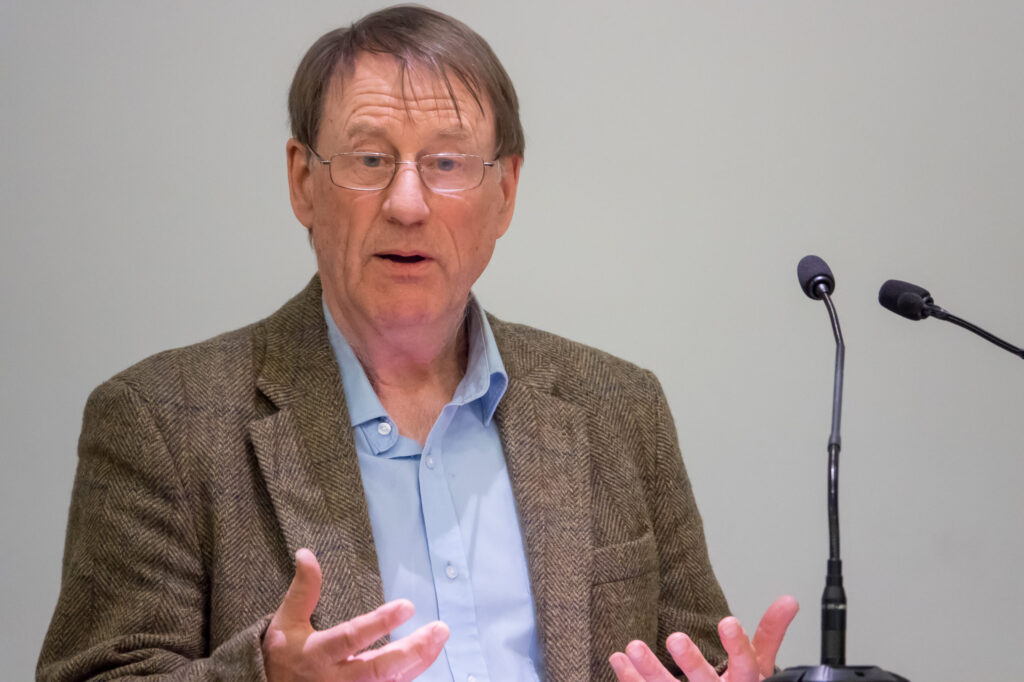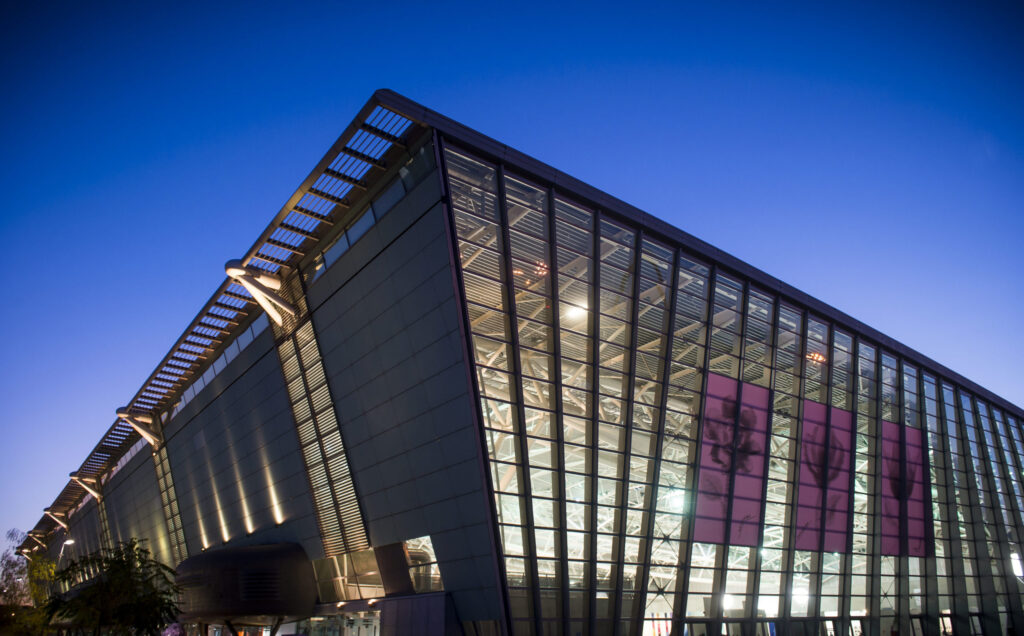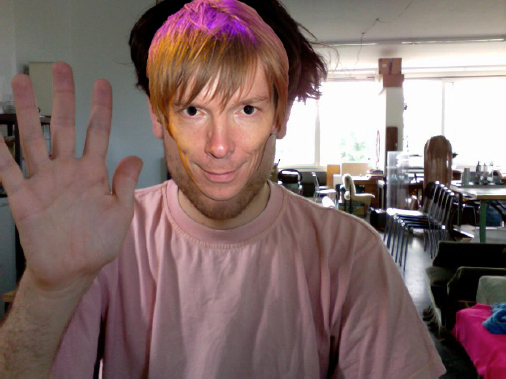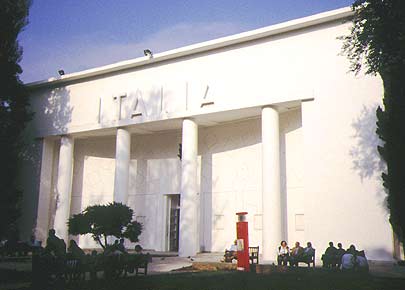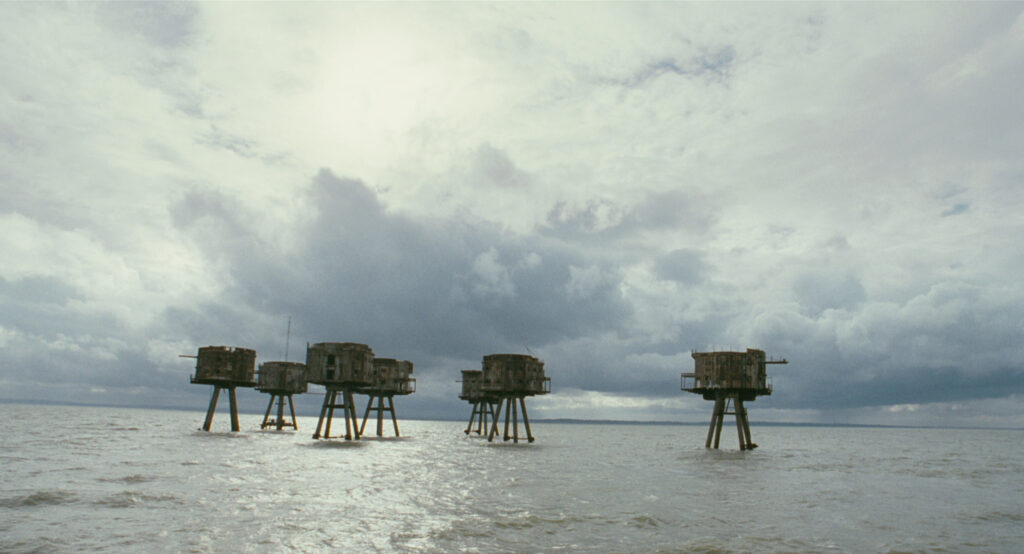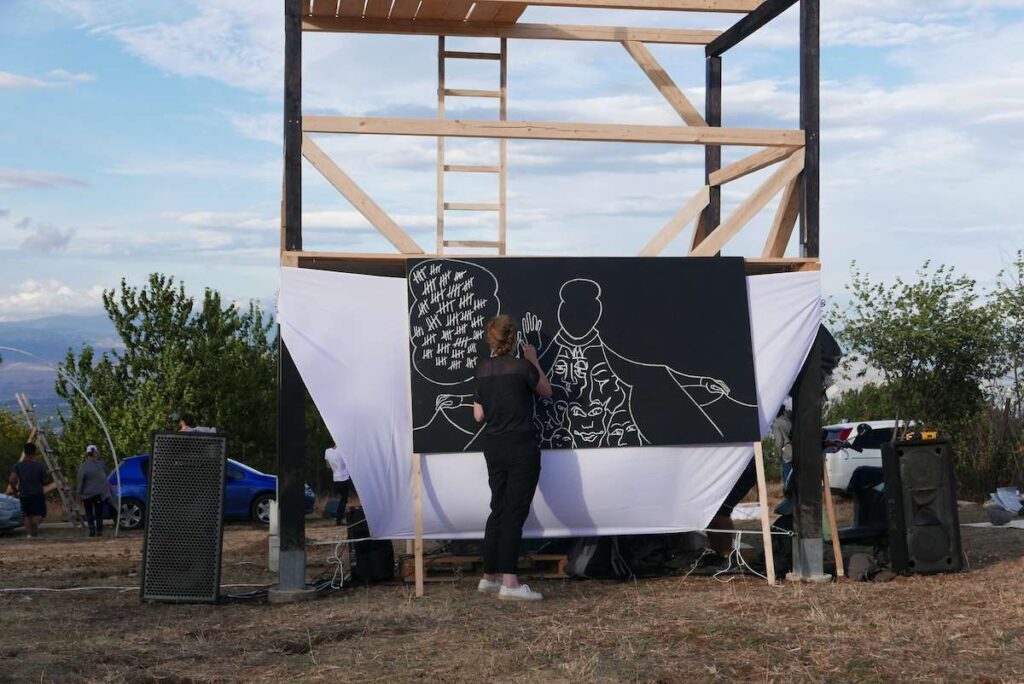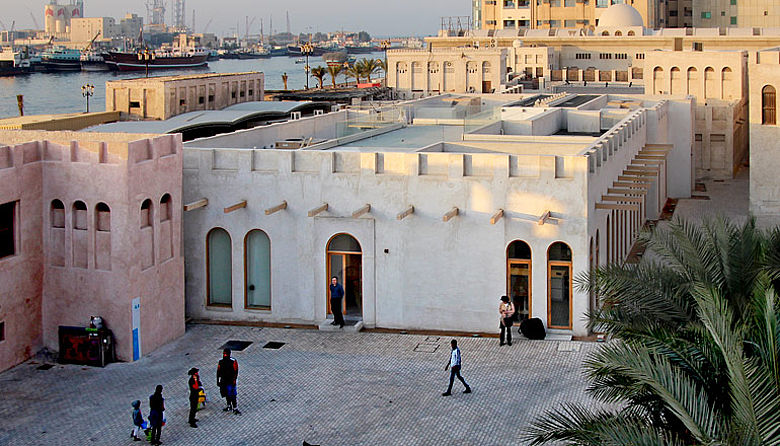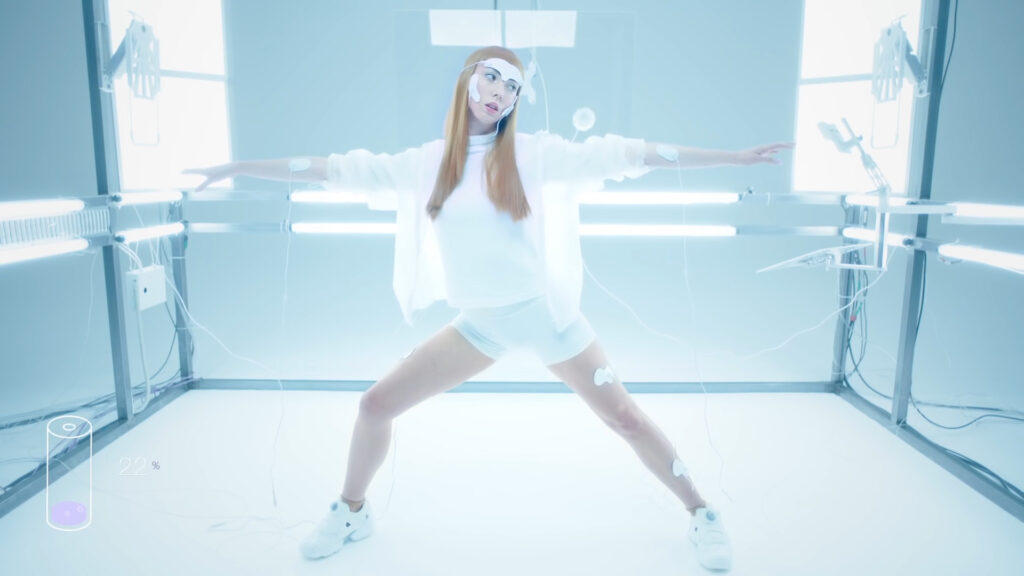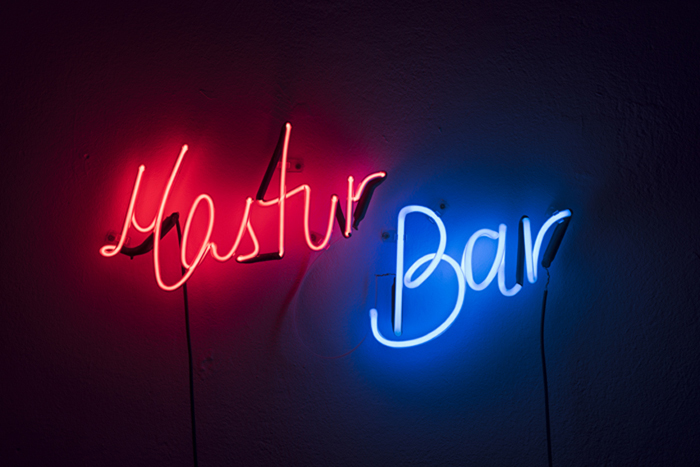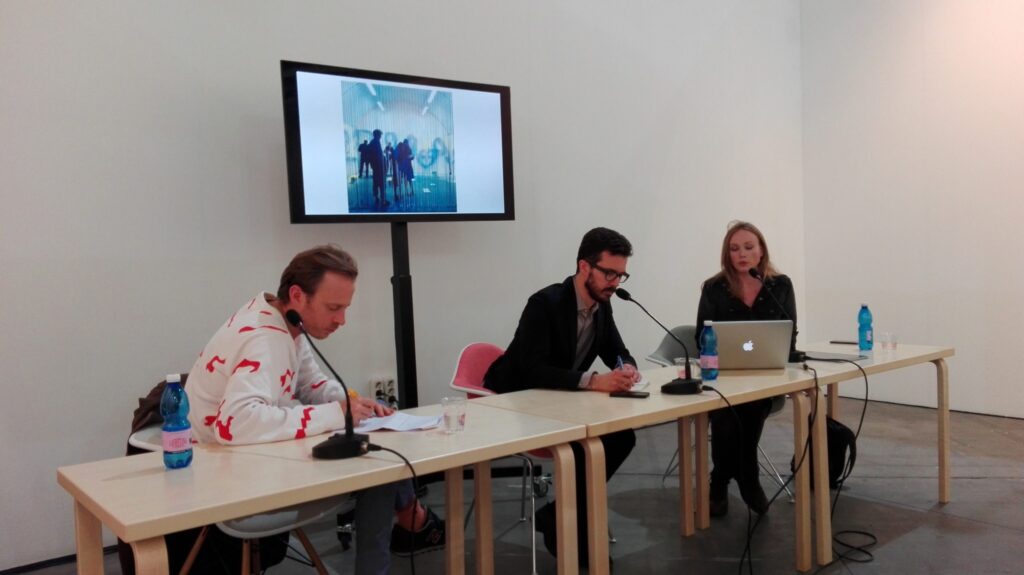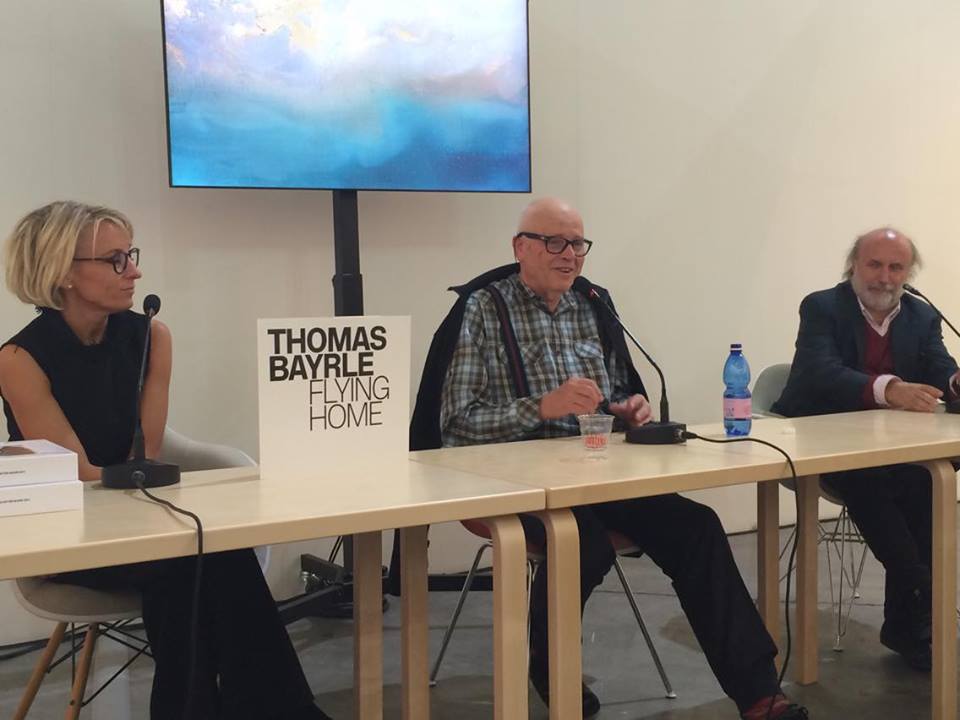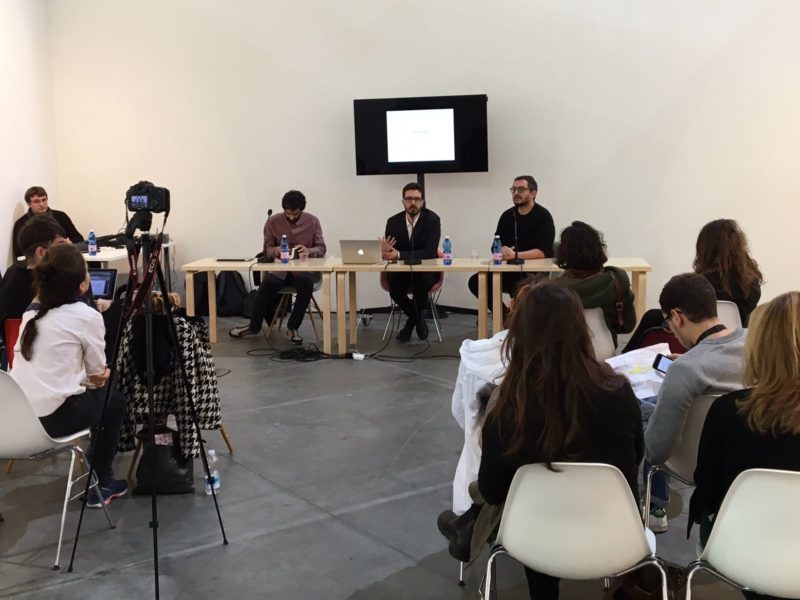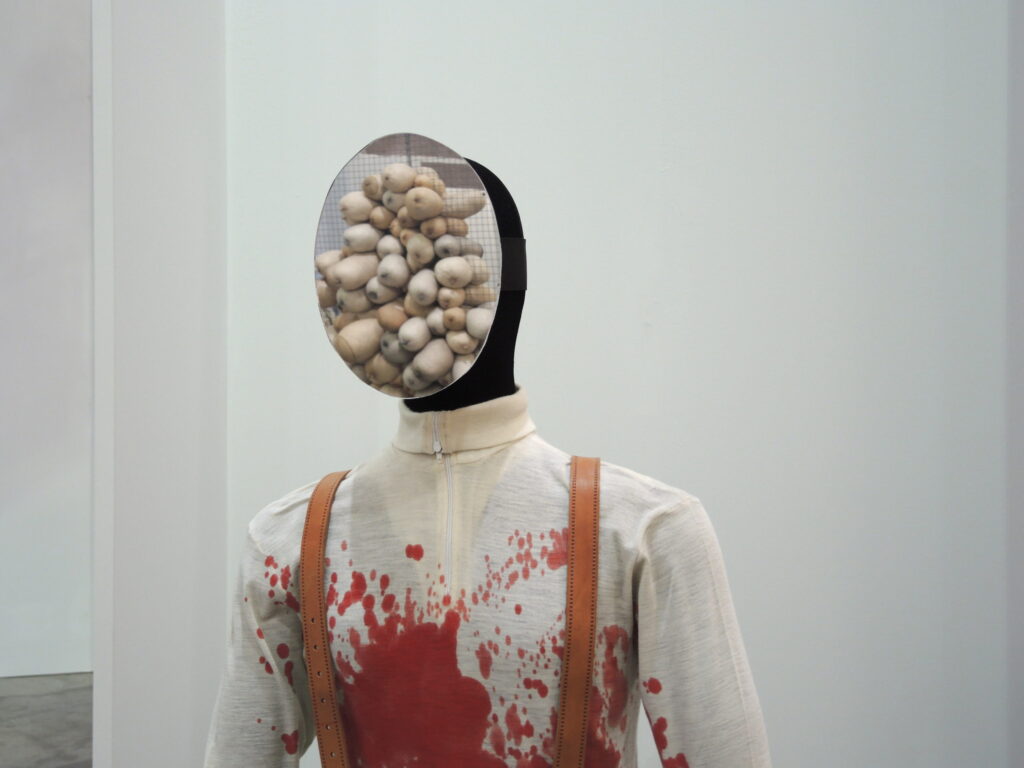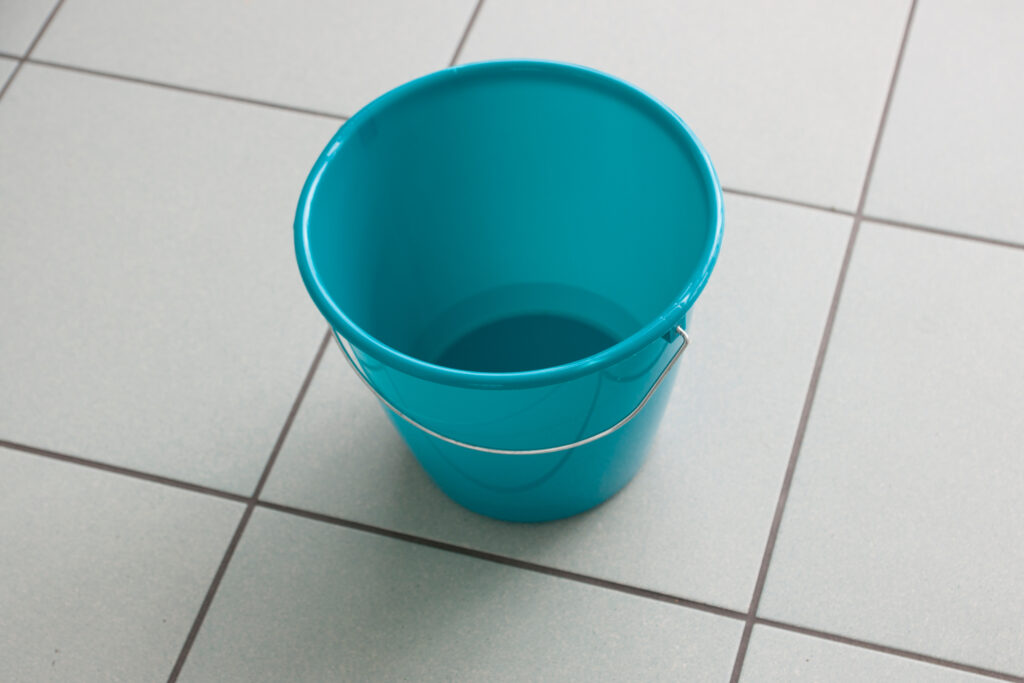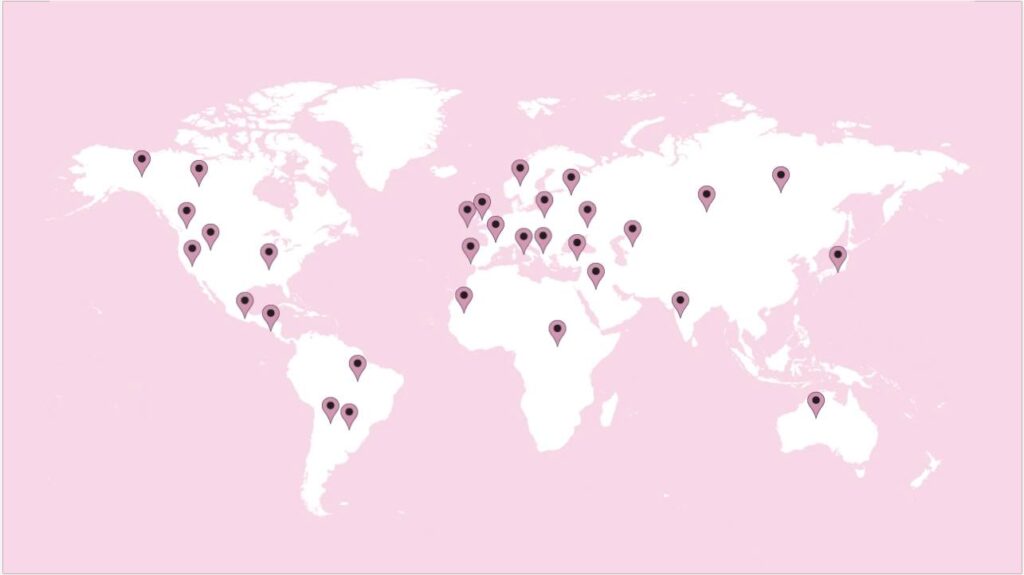 Olafur Eliasson – The sun has no money (Il sole non ha soldi) – 2008 –
Olafur Eliasson – The sun has no money (Il sole non ha soldi) – 2008 –
filtro di vetro colorato, specchio, cavo di acciaio, motori elettrici, faretti, treppiedi, supporti a muro
(colour effect filter glass, mirror, steel cable, electric motors, spotlights, tripods, wall mounts) – dimensioni variabili, 2 annelli in specchio, 94 cm diametro; 4 anelli con filtro colorato, 30 cm diametro (dimensions variable, 2 mirror rings: Ø 94 cm; 4 colour effect filter rings: Ø 30 cm) – Castello di Rivoli Museo d’Arte Contemporanea, Rivoli-Torino –
Deposito permanente (Permanent loan) – Fondazione CRT Progetto Arte Moderna e Contemporanea – 2009.
In February 2016 I and Dario Giovanni Alì met Carolyn Christov-Bakargiev in order to talk and ask her about what is the place of museums; how it has changed during the last decades and how we can imagine it in 50 years. The Director of Castello Di Rivoli and GAM of Turin told us how a collection can be activated and how artists can be influenced by it, looking at the artwork as a magic object, able to trigger particular energies which permit an artwork to be always part of the present.
Overcoming the historical partition among past, present and future, memory and the desire of collecting appear as actions in and on the present, which are constantly related to a shared contemporaneity and which effectively are tools to activate new creativities. The museum can become a place where it is possible to have the ‘supremely unactual’ experience of looking at and standing in front of an artwork. Carolyn Christov-Bakargiev tells about a healing, a care which is possible through the contemplation and the particular standing performed when we are with and in front of the matter and the objects. Therefore, looking critically at the digital era in which we live, the urgency arises to query how and which tools to use in order to overcome the division between real and virtual; something experienced everyday using ready-to-hand devices.
What about the contemporary? This question has haunted the whole interview. This word ‘contemporary’ which pertains to our common language, needs clarification or, as Carolyn Christov-Bakargiev suggestes, overcoming, accepting its historicity and starting to build the basis for new concepts through which to look at art and cultures.
Through this interview I have begun personal research about the ethical terms involved within the art word. What kind of responsibility should a museum’s director assume? Commitment and trust are the two terms chosen by Carolyn Christov-Bakargiev in reply, opening a question on the importance of roles and their boundaries and observing the greatness of some actions made by several museum’s directors in order to protect their collections in time of war. Action and its power within time becomes central, looking at social commitment not as abstract propaganda but as a possibility for a concrete effect on the conservation of memory for posterity.
 Giovanni Anselmo – Interferenza nella gravitazione universale
Giovanni Anselmo – Interferenza nella gravitazione universale
(Interference in universal gravitation) – 1969-2016 –
Stampa su tela emulsionata
(print on emulsified canvas) – 20 elementi, 30×30 cm ciascuno (20 elements each) –
Courtesy l’artista (the Artist) –
Dettaglio della prima immagine della sequenza (Detail of the first image of the sequence).
Caterina Molteni: One of the reasons why we decided to create “KABUL” is to start to understand what are the tools and places to develop a critical view on the contemporary. This to be understood not only in art, but also in the wider world that surrounds us and to which we believe is necessary to go back to have a careful and critical look. Within this research, it seems interesting to open a debate on the role of the museum, understanding how this can be one of the places that will bring about new tools of observation and thought on the present.
Especially in Italy, the museum has a particular static position, the perception is that of an enclosed space, in which the collection is hard to be reinterpreted and proposed to the public. The role of a conservative, therefore, succeeds in half, keeping the physical state of the works, but without making them real tools for reading the present.
I was impressed by your operation with Annie Besant, English activist and key figure of the Theosophical Society, that you introduced in the artistic debate not only as a precursor of modernism, for her text Thought Forms (1901) written with C.W. Leadbeater, but above all for the importance that her figure may have in re-reading our present.
How do you understand the relationship between collection and what is contemporary? The collection can be transformed into a tool for analysing and interpreting what is contemporary?
Carolyn Christov-Bakargiev: This question includes a set of issues that should be tackled one by one.
It is first necessary to understand what is meant by past, present and future, for it is not so obvious. When he was alive, Mario Merz told me “I’m a dinosaur and very contemporary.” Everything is contemporary. The debate around what is contemporary in the sense of “present” is now very articulate. I am reminded of the text by Giorgio Agamben (Che cos’è il contemporaneo, Nottetempo, Roma 2008, editor’s note), but before that there are many other considerations that call into question the simplistic way to identify the “here and now.” It is a fairly new concept, developed after the Second World War, when we realize what it was the atomic bomb, what it was walking in the camp of Auschwitz to its opening. The idea of the moment, the “here and now”, is formed when it reveals a certain phenomenology of the post-war, that of Merleau-Ponty (Phénoménologie de la perception, Éditions Gallimard, Paris, 1945, editor’s note). This to try to understand what is the experience of the moment, which can be considered traumatic, as a shock: here it comes out the idea of contemporary art.
In my opinion, however, it is not necessary to understand how the museum can create a relationship between past and present, because we risk reducing the scope of a much broader question about the collection and the desire. The desire of the collection grows and decreases in specific historical moments, it is a contemporary desire, as well as contemporary was the desire of the “rooms of wonders” in the Renaissance. In modernity, the beginning of which it is traditionally fixed at the end of the eighteenth century; it came into being the idea of the modern museum: modernity in fact marks the democratic transition of a private collection in what is public. The citizens of the time were also educated through the knowledge of art, that from that moment no longer constituted a privilege only intended for the nobles. This type of public museum was related primarily to training, teaching methods, and, not surprisingly, many of these museums were university: they were collections of objects recollected by professors in their research. Later, in the early twentieth century, it was born the “white cube”: the idea of a space out of time where the white wall enhances the absence of a real-world connotations; a metaphysical space in which the work “floats”, carrying universal messages. This phase encourages the great twentieth-century collectors in trying to document and understand their own era. For example, the MoMA at some point buy the works of the Impressionists and Post-Impressionists, and puts them on display: from there comes the art of the Abstract Expressionists.
 Rocco Mussat Sartor – Le stelle si avvicinano di una spanna in più (The stars come one hand span closer…) – 2001-2007 –
Rocco Mussat Sartor – Le stelle si avvicinano di una spanna in più (The stars come one hand span closer…) – 2001-2007 –
pietre (stones) –
dimensioni variabili (dimensions variable) –
opera esposta alla mostra (work shown in the exhibition) LII Esposizione Internazionale d’Arte – La Biennale di Venezia. Pensa con i sensi – senti con la mente. L’arte del presente – Venezia 2007 – Photo: Rocco Mussat Sartor – Courtesy Archivio Giovanni Anselmo – Torino.
 Giovanni Anselmo –
Giovanni Anselmo –
Respiro (Breathing) – 1969 –
ferro, spugna di mare (iron, sea sponge) –
2 elementi, ciascuno (2 elements) – 13x470x6 cm –
Fondazione per l’arte moderna e contemporanea CRT – In comodato presso (on loan to) Castello di Rivoli Museo d’Arte Contemporanea, Rivoli-Torino – Photo: Paolo Pellion – Courtesy Castello di Rivoli Museo d’Arte Contemporanea, Rivoli-Torino.
By association of thought, it occurs to me that these museum collections are so silent – such as this, for example, Castello di Rivoli, with his works such as the Venus of the rags of Michelangelo Pistoletto, or the Apotheosis of Homer by Giulio Paolini – for several generations of artists, not only Italian, they definitely had the same function that the works of the Impressionists and Post-Impressionists have had on young abstract Expressionists in America. Why do you think Olafur Eliasson loves Rivoli? Because it has a huge debt with Arte Povera (Poor Art), as well as David Hammons. The Nineties and the early 2000s have seen a situation where the presence of the works of Arte Povera offered a direction of travel to many artists, as well as the Post-Impressionism had done with the Abstract Expressionists. The artists were formed on these works, which they have seen in major exhibitions or on the pages of my book published, not by chance, in 1999 (Carolyn Christov-Bakargiev, Arte Povera, Phaidon Press, London 1999, editor’s note). It works like this. When, as director of a museum, one takes out of the works from the past at the right time, by a sort of revival to another subsequent artistic creativity. For example, when I invited Giuseppe Penone at the Biennale of Sydney in 2008, his works have been seen with a different look compared to how they are seen today. The works of art have not in fact a single meaning – the artist’s intention – but they change, they are constantly redefined, rewritten and reinterpreted over time; they speak so always to different people. The Penone of the period after the Biennale of Sydney is another Penone, but not so that he may be different: it is the world around that is changed and, therefore, the reading that this same world gives of his works. Penone is certainly one of the figures who brought attention to the relationship of nature and culture, the so-called Anthropocene, and to all a reflection in which the human being is considered as something minor within an ecological system that has been devastated by himself. So this is an opening to a contemporary dimension of art that we could call “rural”. Surely, it is legitimate to ask what the tree thinks, as well as to ask what Descartes thinks. This step has also been legitimized by a new look at artists such as Penone or for example the Gutai group.
So to answer the question in part, the works of art of the past can be “activated” and have what Alfred Gell called an agency (Art and Agency: An Anthropological Theory, Clarendon, Oxford 1998, editor’s note), that is a transformative ability of objects, the power to change the world (an object can also be a thought, or a gesture). This vision is defined in anthropology as “magic”, and I share this view. For example, the reason for inviting Giovanni Anselmo in Rivoli to realize the exhibition which has opened in April, is linked to the ability of his work to be associated with the past while continuing to talk today, in an activation that is almost magical.
Today we witness a Cartesian separation between body and mind, for common use via smartphones and the need to access any information via a device: all this translates into a sort of portal that opens onto a world of relationships, e-mail, or things that you have to do or want to do. We live so that there is a difference between what we do here now and this (pointing with the look to the smartphone, editor’s note). There is a difference or separation that causes a verifiable hardship in many aspects, for example in love. There is an increase of divorces, the traditional family has collapsed, the world has entered the homes of each, annihilating the net division there was between the inside and the outside. In this digital age, in which people appear a bit confused in the split between what happens in the imagination and mind and what is happening in the tangible world around us, in my opinion museums can play a very important role. This is so because they provide the framework for intense aggregation of people around these magical objects that are the works of art. This thing very outdated, “supremely outdated” Nietzsche would say (Unzeitgemässe Betrachtungen, 1876), to go to a museum and stand in front of one thing becomes extremely timely. This is so because it is part of a course of treatment, healing, this split between physical and virtual, a kind of elaboration of this separation has to do with contemplation, with the position before the matter, with the matter.
Caterina Molteni: The various Biennials and Documenta, in particular, have covered with the years a specific function of interpretation of the present. The location and, in parallel, the temporality of these events allows us to develop a special relationship with the public and the artists, inviting them to reflect on the social and political context of reference and sometimes sacrificing a more museum-like approach. You have travelled different roads even when you held the leadership positions of Documenta and the two biennial of Sydney and Istanbul….
 Daniel Buren – La Cabane éclatée n. 3, travail situé (La capanna esplosa n. 3, opera situata / The Exploded Cabin # 3, situated work) – 1984 –
Daniel Buren – La Cabane éclatée n. 3, travail situé (La capanna esplosa n. 3, opera situata / The Exploded Cabin # 3, situated work) – 1984 –
tela, legno, pittura acrilica, morsetti (canvas, wood, acrylic, clamps) –
560 x 420 x 420 cm –
Castello di Rivoli Museo d’Arte Contemporanea – Acquistato con il contributo di (Purchased with the contribution of) Andrea e Paolo Accornero – 1998.
Carolyn Christov-Bakargiev: It is common for international biennials and periodical exhibitions to be often based on concepts that interpret the world situation from a political point of view, but I do not think that this is the sole prerogative of these artistic manifestations. I have organized several group exhibitions in museums, projects such as dOCUMENTA (Kassel 2012, editor’s note) and the two biennials in Sydney (2008, editor’s note) and Istanbul (2015, editor’s note), but my approach is still the same, that you were at the Greater New York at PS1 (2000, editor’s note), or Faces in the crowd (2005, editor’s note) or The Moderns (2003, editor’s note) here at Rivoli. My approach is always based on a hypothesis of what is the condition of subjectivity in relation to the context in which you are located, the technology, the economy, the climate. I never had a different approach to the type of event that I organized, and in general, I think it is the same for my colleagues. For example, Okwui Enwezor does not change approach between The Short Century (MoMA PS1, New York in 2002, editor’s note) and dOCUMENTA (Kassel in 2002, editor’s note). Maybe the difference is that the museum usually tries to borrow more historical works, while in an international periodical show, in a two-year course, in most cases this is not possible, because in the places temporarily used for the exhibition often there is not a system of air-conditioning. I though at dOCUMENTA, I included many historical works, as well as the Biennale of Sydney Revolutions – Forms That Turn (Museum of Contemporary Art Australia, Sydney 2008, editor’s note) was built just like a classical exhibition, a museum. That said, I do not see a difference then, if not perhaps in the case of a solo exhibition, in the museum. The decision to present Anselmo, for example, is linked to a reflection on the relationship between the visible and the invisible passing through a perception of certain forms of energy (for example, the invisible energy fields): it is a way to develop and make focus on these issues now sociologically relevant in the world. Or, to choose to dedicate a retrospective to Wael Shawky at a time when 15 million Syrians have fled their country to come to Europe and see this Egyptian artist who in Cabaret Crusades drew a reflection on the Crusades from an Arabic point of view, it seems to me something “topical.” This is the way in which the museum has relations with the present.
Dario Giovanni Ali: About your previous anti-anthropocentric speech I would like to explore with you something that I find interesting but at the same time finds me sceptical about the possibility of being able to surpass themselves and take a “non-human” prospect to the world. In the Tractatus, Wittgenstein argued that the limits of language mean the limits of my world. How could one exit the cage thinking language to be able to attribute a “thought” to a tree and how could one build an anti-anthropocentric philosophy if the basic premises that led to the same philosophy originate in the anthropocentric view?
Carolyn Christov-Bakargiev: It depends on how you shape your speech. Clearly, the tree-thinking is not the thought of man, but it is a form of intelligence; in other words, a capacity to process feelings and perceptions that come from outside and determines decisions on how to act having more than one choice. Usually we talk about how a plant “thinks” (for example in the book by Patrick Blanc – Le bonheur d’être plante, Buchet Chastel, Paris in 2005, editor’s note) just to bring the language of science in our common language, the ordinary. We do not have to attach ourselves to the word “thought”, but to its meaning, which is the same for a plant as well as for a human being, that is, the ability to possess sensors that perceive the external world, process it and push to make decisions. This kind of “thought” is also shared by the stones and can be translated into binary language.
 Alighiero Boetti – Tutto (Everything) – 1987–88 –
Alighiero Boetti – Tutto (Everything) – 1987–88 –
tela, ricamo in cotone policromo (canvas, embroidery in colored cottons) – 211, 6 x 194, 3 cm – Castello di Rivoli Museo d’Arte Contemporanea –
Deposito permanente (Permanent loan) – Fondazione CRT Progetto Arte Moderna e Contemporanea – 2003.
Dario Giovanni Ali: And this perspective what implications would have in everyday life, how does it translate?
Carolyn Christov-Bakargiev: In general, it translates into the possibility of not destroying the planet, in being empathetic with the culture and the environment in which you are located. In particular, for example, in Mario Cucinella bio-architecture, or in the previous diagonal architecture of the GAM in Turin, designed by the architects Carlo Bassi and Goffredo Boschetti, it allowed to receive a larger amount of light from the skylights during the day, thus avoiding to produce an excessive consumption of artificial energy. If you know the world, you dance with all the elements that compose it, instead of dancing independently.
Caterina Molteni: I have seen recently on Youtube your lecture on Annie Besant (On Annie Besant, thought forms, mad science, love and politics, editor’s note), held in late October 2015 during the XIV Biennial of Istanbul …
Carolyn Christov-Bakargiev: Yes, right on the figure of Annie Besant I curated the exhibition Intention to Know (2015, editor’s note), within the Stony Island Arts Bank of Theaster Gates, which has been a redevelopment of a neighbourhood on the South Side of Chicago. Previously, in fact, the art center was the headquarters of a bank, which was forced to close during the financial crisis. Theaster Gates bought this bank for 10 dollars and inside has created a center of art of which I edited the second exhibition, dedicated precisely to Annie Besant. ‘Her’ abstract guasch on thought forms will also be presented in October 2016 in Turin, in an exhibition that will be called Colours, at the GAM, which will back date of 10-year the history of abstract art.
Caterina Molteni: During your lecture, which focuses its reflection on love, you create a difference between the idea of commitment and that of trust. I would like that you pursue further these two concepts, to know also if the position that you currently hold as a director of this museum complex, and as an intellectual, does not bring the idea of trust closer to that of commitment. What kind of responsibility do you feel when covering an institutional position like this? Right now, in my opinion, you have created a trust game and commitment with the public, due to the expectation and confidence that people have in respect of your figure.
Carolyn Christov-Bakargiev: I certainly agree that to direct two museums depends on the idea of commitment, at least my figure is therefore more like a marriage than to make temporary exhibitions in different places as an independent curator. It is not a love story: it is something different. The museum, just like marriage, is an institution that has its own forms of regulation, such as that of being in a regime of goods sharing. Inside the museum, everything is governed by regulations that serve to protect the works of art.
In that lecture on love I talked about how we live today in an age when we are afraid of “falling in love”, in English. In the non-digital age, the risk of “falling in love”, as Slavoj Žižek says, was stronger. Judith Butler, in a text, argues that love is killed by the idea of commitment, it simply becomes a deadly and long period in which to fulfil the duties born from this commitment. Love becomes the ”commitment to commit”. However, it seems to me a thought a little convoluted and unnecessary: it would be sufficient to say that love cannot be based on commitment but on trust, trust that if I fall and split me into pieces, there will definitely be someone to collect me. To take another example: we might talk about Totalité et Infini of Emmanuel Levinas (Le Livre de Poche, Paris 1991 editor’s note), where it is said that the other’s face is a limit because we are not able to know this other beyond his face, and the subject is precisely the moment when I meet the other and he does not kill me. Clearly, Levinas reflections are out of the Second World War, from the Holocaust period. I think of this when I say that love can be healthier if based on trust, rather than on commitment or on ”commitment to engage”. If we want to translate this discourse in a metaphor in the arts, perhaps we could compare it to the relationship that exists with the artists or intellectuals in general, with the writers, with scientists … For example, I do not make a distinction between my relationship with William Kentridge and the one with Peter Galison, or between one with Anton Zeilinger and one with Pierre Huyghe. I do not attribute any difference to the relationship with the artist than with the scientist: it is still dialogues and exchanges of knowledge.
This type of relationship is therefore based on mutual trust, unlike the institutional relations which, I repeat, should be seen more as a kind of marriage, therefore more linked to a commitment, both to the community that finance the museum through taxes, and towards posterity, who have the right to receive the intact works. Among the most beautiful initiatives made by museum directors, we must remember the security stories of artworks during periods of war and conflict. In Afghanistan, for example, during the Civil War, the former director of the Kabul Museum had to hide the so-called “Bactrian gold” inside the vault of the Central Bank of Afghanistan, thus saving them from possible looting and destruction. Or, again, the National Museum of Beirut during the civil war, did pour concrete casting on the wood and mosaics, to protect them. It is similar to what happened during the Nazism, when the curators of the museums in Amsterdam ordered to remove the works in the hilly, isolated. All these are in fact expressions of commitment.
C. M.: I would like to consider with you one last aspect of the museum and the relationship it has with the social context and geographical occupying. First, do you believe that the museum has a specific and exclusive link with a place, a specific community?
Carolyn Christov-Bakargiev: No, I do not think that the museum should be tied only to a place. That is, more than anything else we might also consider the museum as a sort of office, from which a whole range of activities departs, also provided outside of its own walls.
Caterina Molteni: Yes, but it is also true that the museum, in a sense, belongs to a community. Apart from the organization of exhibitions, do you then think of developing here in Rivoli more discursive practices, addressed to this community, such as conferences, seminars, or other modes of study and approach of the public to contemporary art?
Carolyn Christov-Bakargiev: First, I believe that “contemporary art” is an expression of the twentieth century, an era that no longer exists. Often the public has difficulty in understanding this concept, namely, that contemporary art is for a limited period in history. To make this concept to pass there are many laboratory and research activities, such as conferences, seminars, texts in catalogue, podcasts, etcetera. You yourself, for example, listened to one of my lectures on the Internet. There are many tools to talk to the public.
Caterina Molteni: What you speak of is an important change of perspective through which we look at the art today. To make it happen and make it affordable for a public, I guess it is a long-term process. I am reminded of what you started with your dOCUMENTA, working on extending the traditional notion of “creativity.” How long do you believe it is necessary to change people’s thoughts about art?
Carolyn Christov-Bakargiev: I believe that 10 years is enough; if you think about it, this is a short period with respect to the long history of culture. 10 years are enough to understand that you are no longer within a certain historical period, but in another. In some interviews, I have argued that in 50 years there will be no more “contemporary art museums,” but we will see other museum types, which will have different combinations of objects and materials.
Caterina Molteni: Do you think that you can build in Rivoli the foundation for this future museum typology?
Carolyn Christov-Bakargiev: Yes, I can lay the foundation for this. Moreover, I think, it is necessary to solve two types of problems: one is to go towards a new paradigm of organization of knowledge within the society, while the other is that we need to stop to make people thinking that contemporary art is boring. People are not very interested in contemporary art; the word itself is boring. This is not, thus, a problem of introducing people to contemporary art, but to bring people closer to think, feel and understand the world. To do so, we can help ourselves with the works of art. If we rather want to stare only on this idea that there is contemporary art and that this has some value, we do not get anywhere.
More on Magazine & Editions
Magazine , AUTOCOSCIENZA - Parte I
Appunti per un’estetica ecoqueer
La queerness nella rappresentazione della Natura attraverso le opere di Yuki Kihara, Zheng Bo, Kuang-Yi Ku e Mary Maggic.

Magazine , AUTOCOSCIENZA - Parte I
Decentrare l’agency umana
Le tecnologie immersive dei Marshmallow Laser Feast per un’empatia post-antropocentrica.
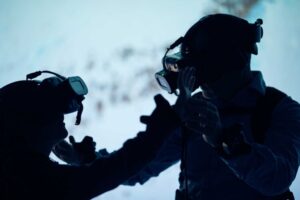
Editions
Earthbound. Superare l’Antropocene – 2° Edizione
Come sfidare l'Antropocene? Cosa s'intende con Maschiocene? Che ruolo hanno gli studi di genere nella discussione?
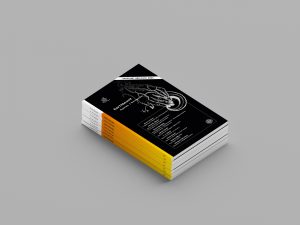
Editions
Earthbound. Superare l’Antropocene
Come sfidare l'Antropocene? In che modo arte e filosofia possono contrastare la devastazione ambientale in atto?
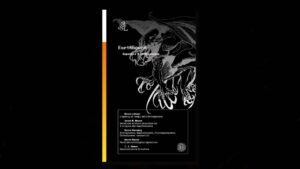
More on Digital Library & Projects
Digital Library
Imitazione di un Sogno
Esplorazioni filosofiche e sensoriali tra sogno e realtà.
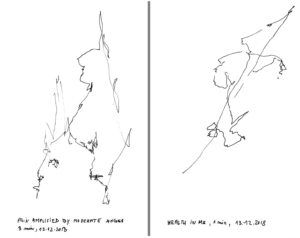
Digital Library
Il tempo delle meduse
Arte contemporanea ed emergenza sanitaria globale: un testo dell’équipe curatoriale del Museo de Arte Moderno de Buenos Aires.

Projects
Earthbound. Ecologie di genere – Il video
Il video del talk "Earthbound. Ecologie di genere" in collaborazione con TCC e Careof
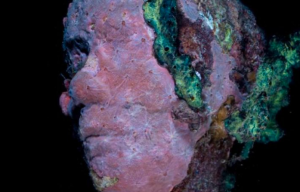
Projects
Earthbound. Ecologie di genere
KABUL ft. Carof & TCC
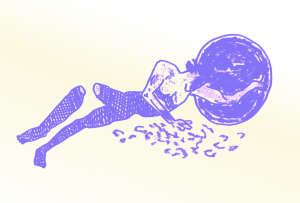
Iscriviti alla Newsletter
"Information is power. But like all power, there are those who want to keep it for themselves. But sharing isn’t immoral – it’s a moral imperative” (Aaron Swartz)
-
Caterina MolteniCaterina Molteni è assistente curatore presso MAMbo Museo d'Arte Moderna e Contemporanea Bologna. Ha cofondato TILE Project Space nel 2014 e KABUL magazine nel 2016.
-
Dario AlìDario Alì è Responsabile didattico per Formazione su Misura (Mondadori Education – Rizzoli Education) e Direttore editoriale di KABUL magazine. Dopo aver conseguito una laurea magistrale in Filologia della letteratura italiana, partecipa a CAMPO (Fondazione Sandretto Re Rebaudengo) e ottiene un master in Editoria cartacea e digitale presso l’Università Cattolica del Sacro Cuore. È autore, per De Agostini, di due volumi biografici su Torquato Tasso e Lorenzo Valla. Attualmente vive e lavora a Milano.
KABUL è una rivista di arti e culture contemporanee (KABUL magazine), una casa editrice indipendente (KABUL editions), un archivio digitale gratuito di traduzioni (KABUL digital library), un’associazione culturale no profit (KABUL projects). KABUL opera dal 2016 per la promozione della cultura contemporanea in Italia. Insieme a critici, docenti universitari e operatori del settore, si occupa di divulgare argomenti e ricerche centrali nell’attuale dibattito artistico e culturale internazionale.
